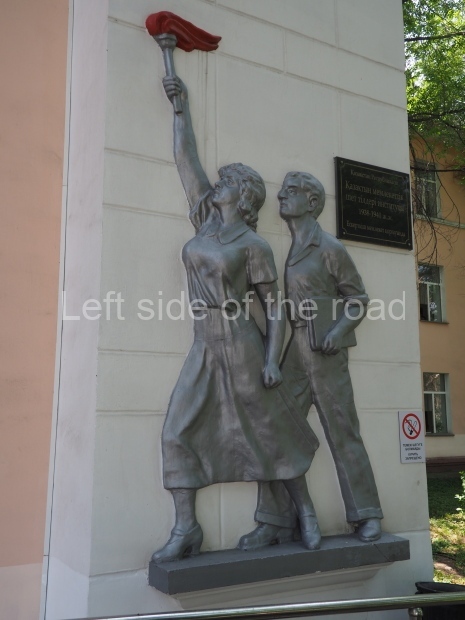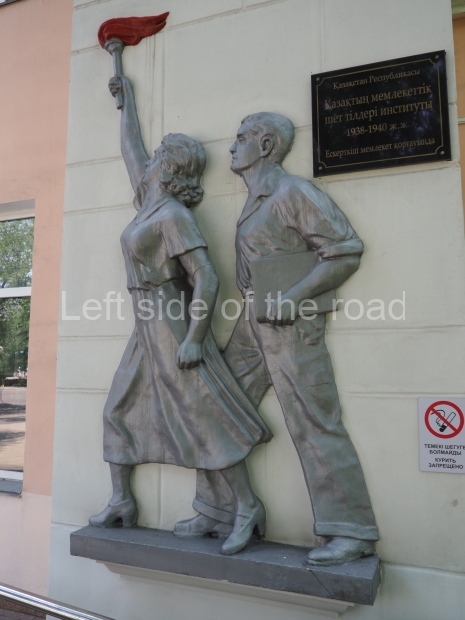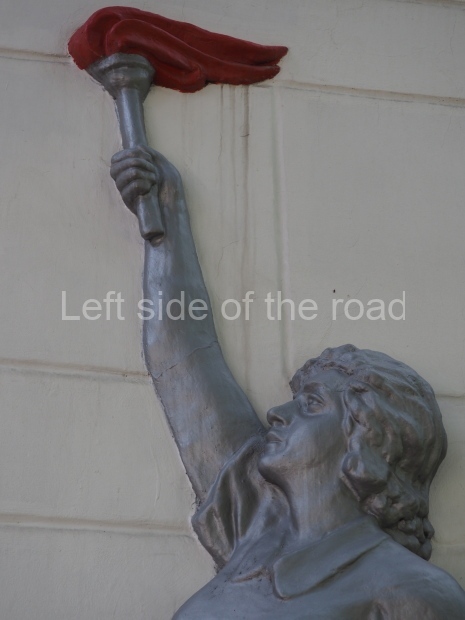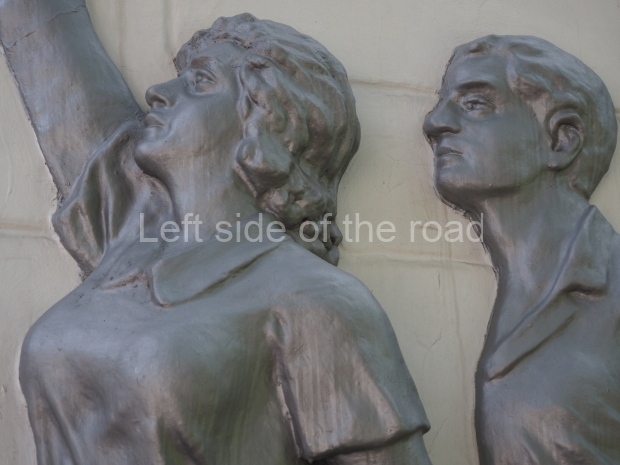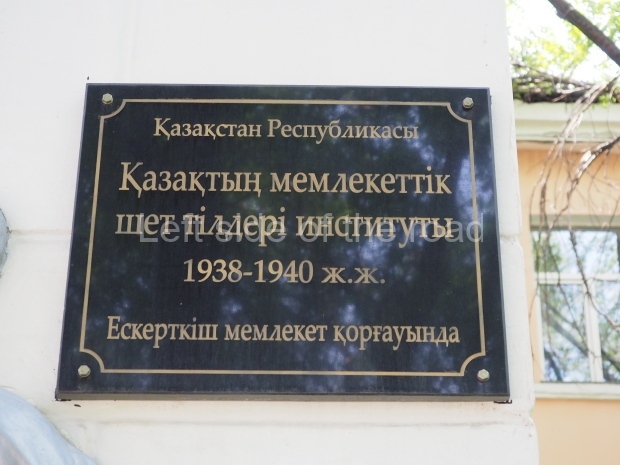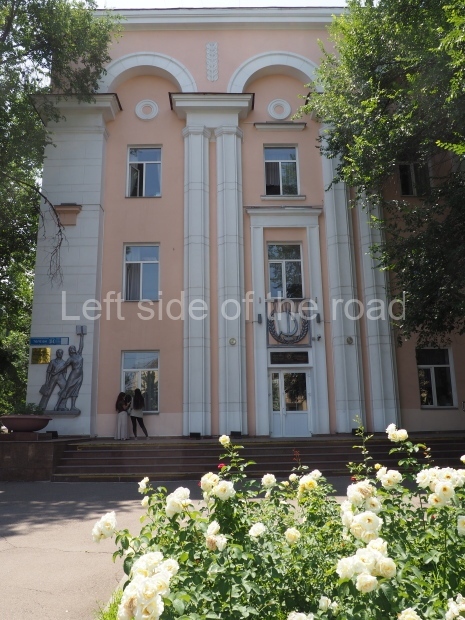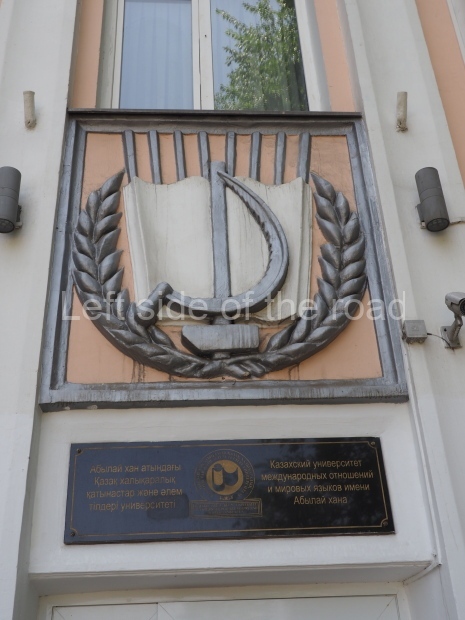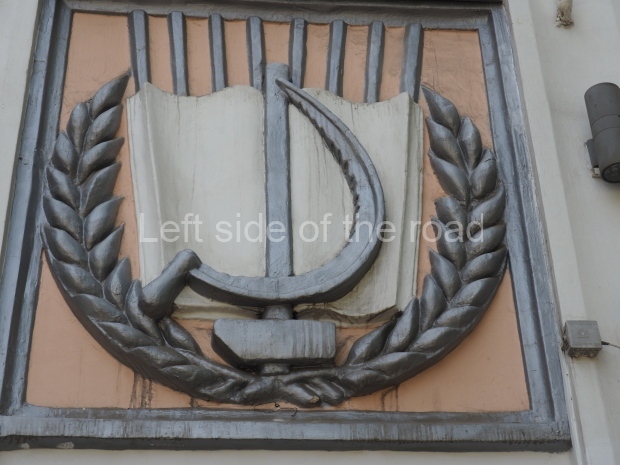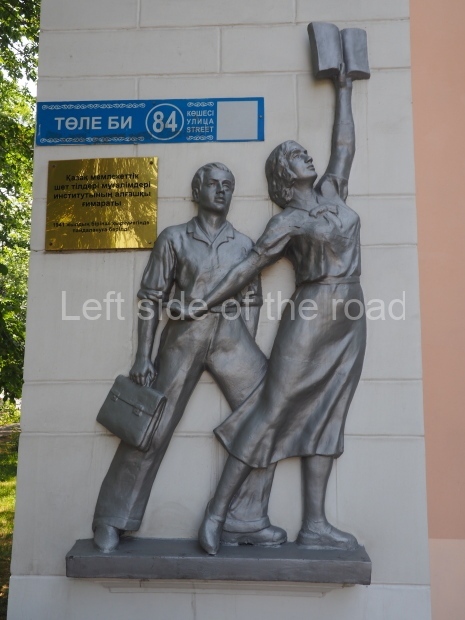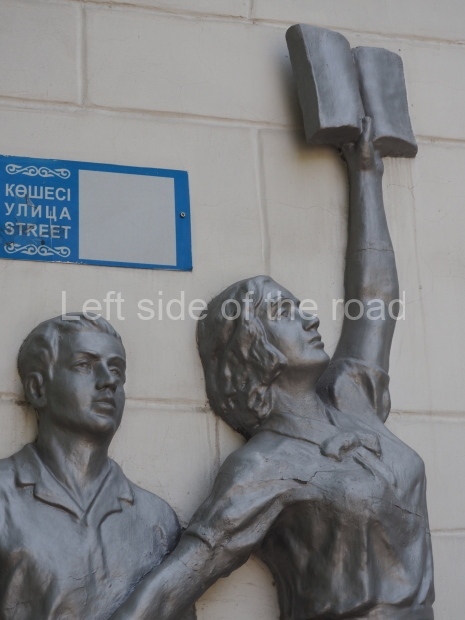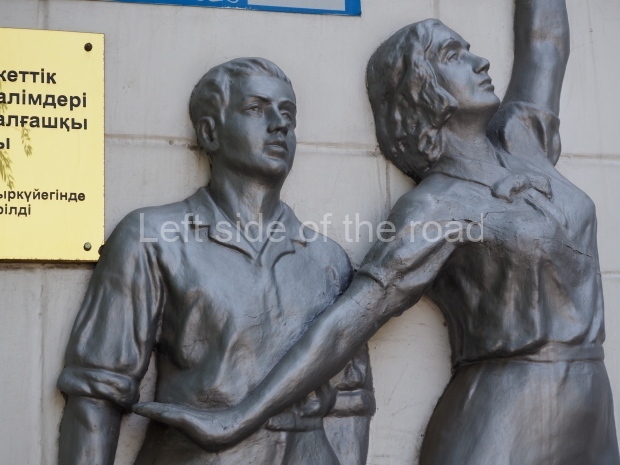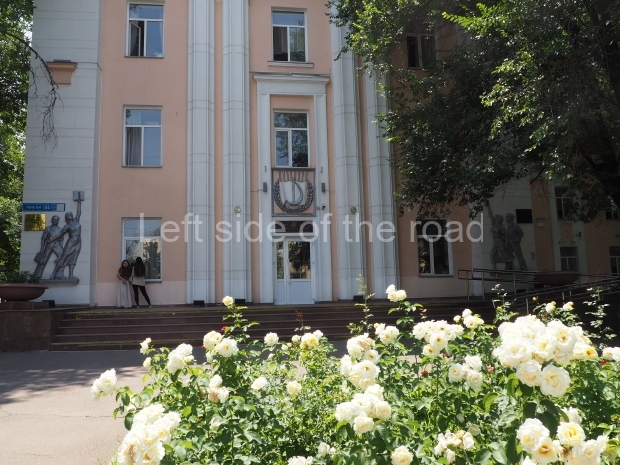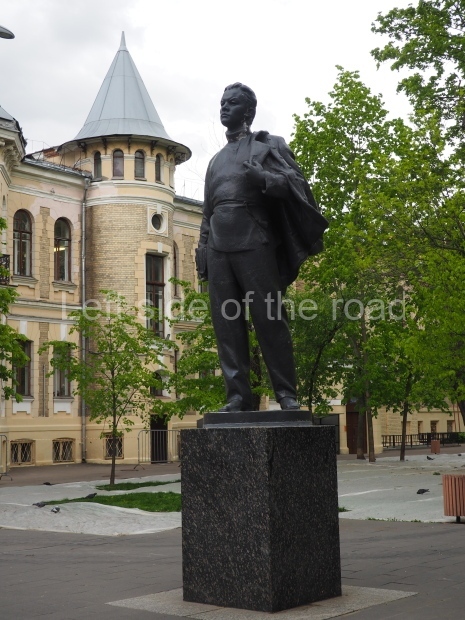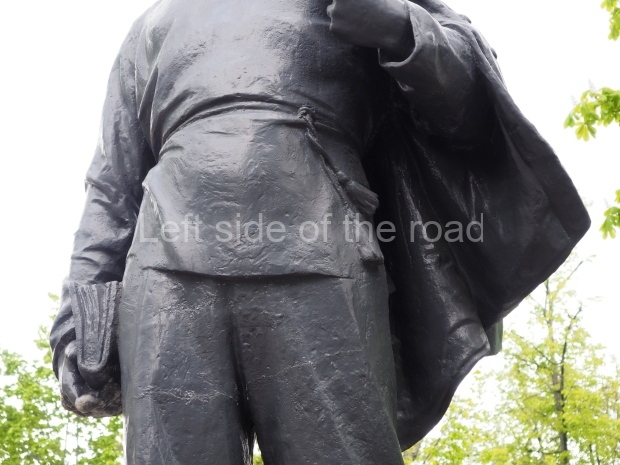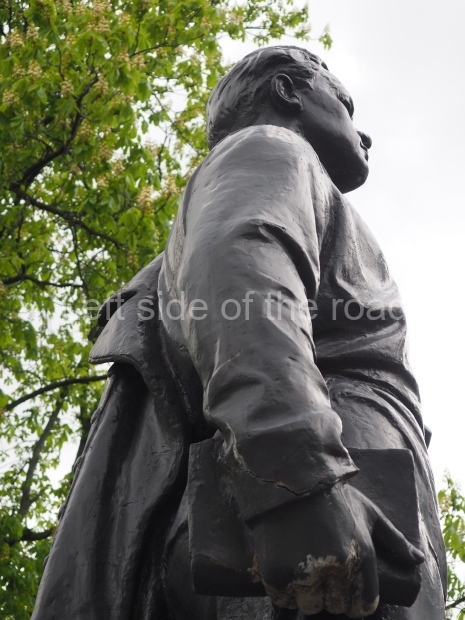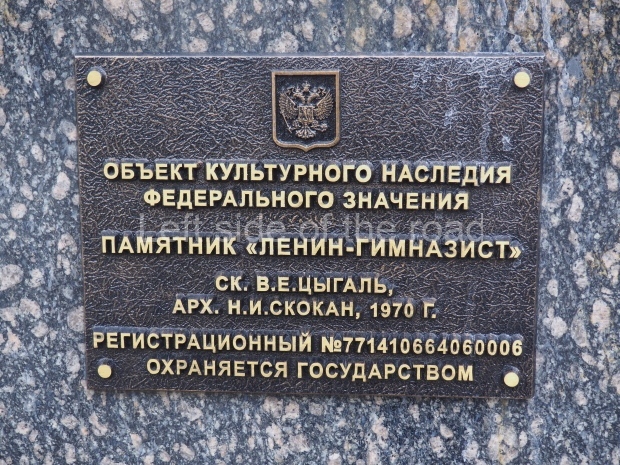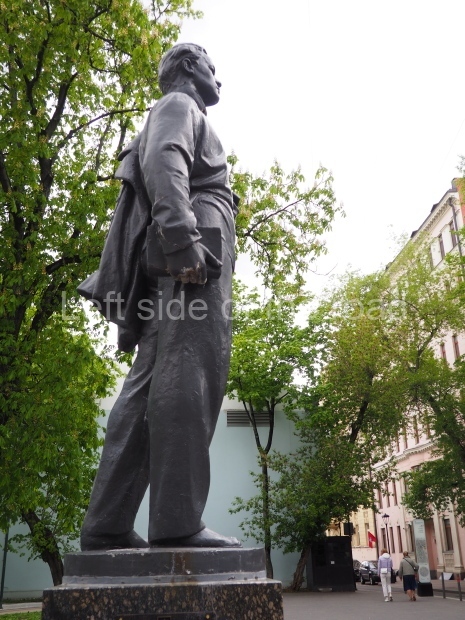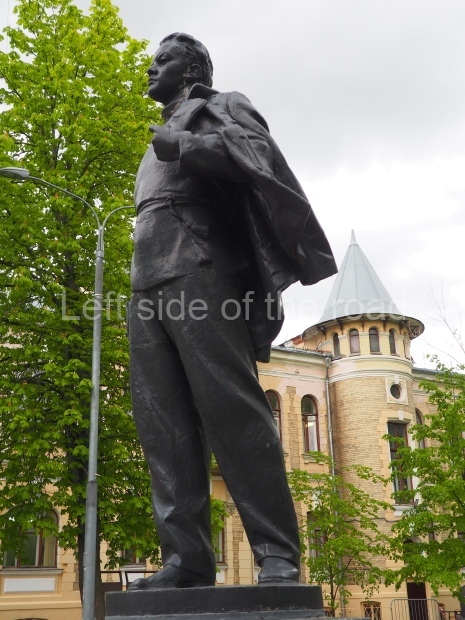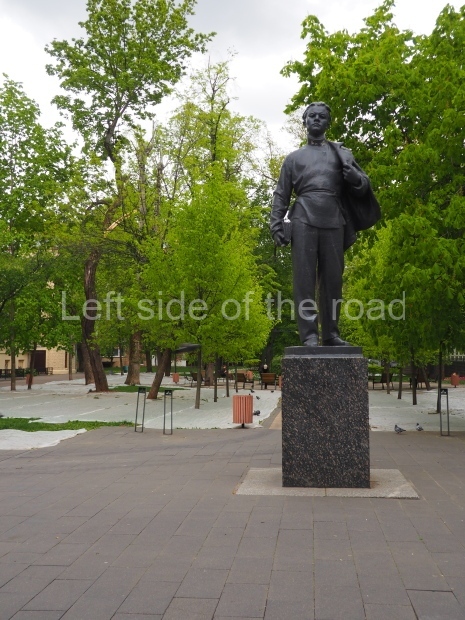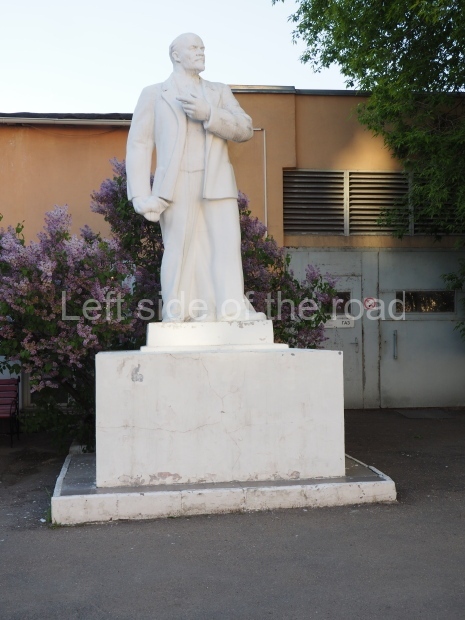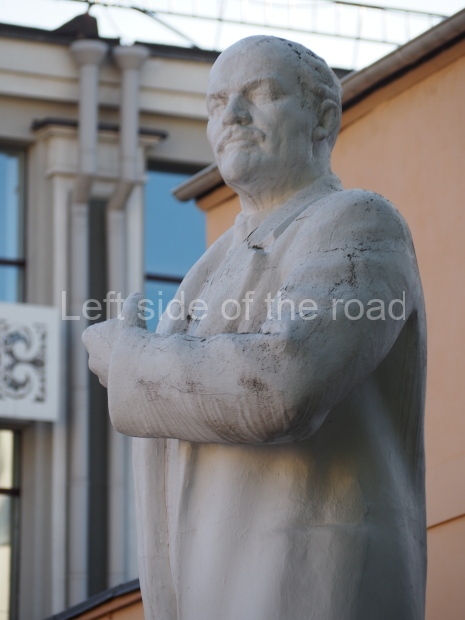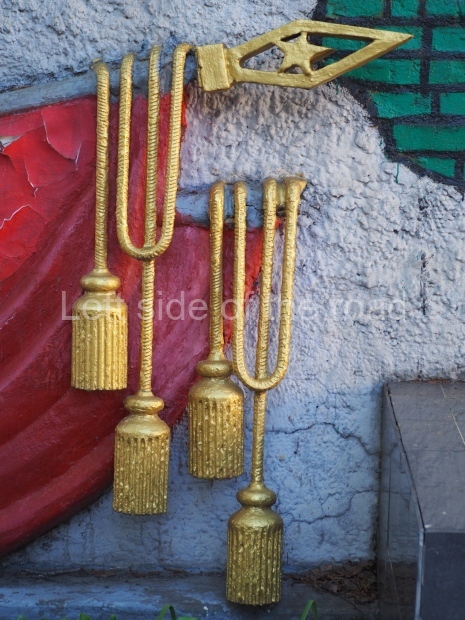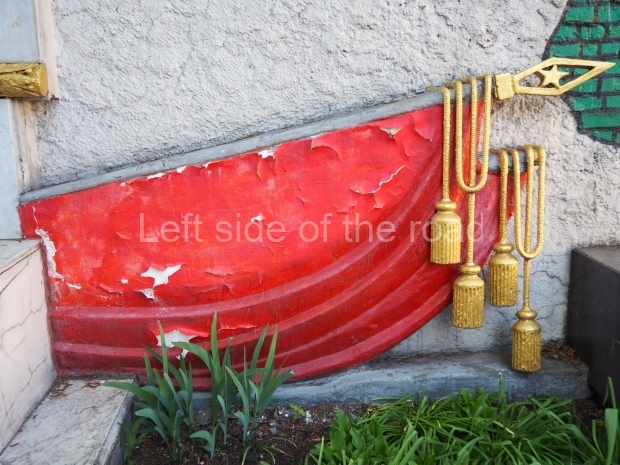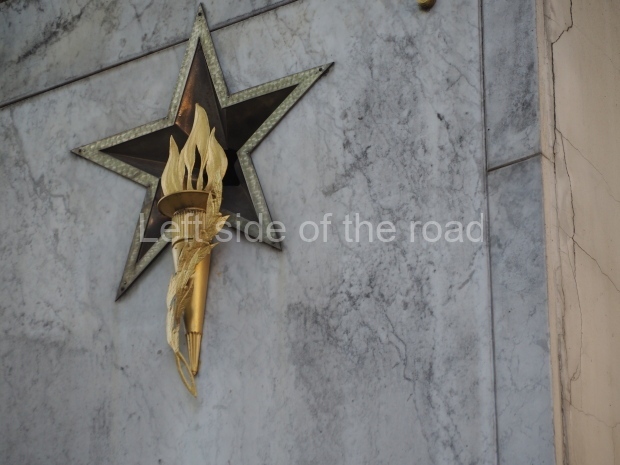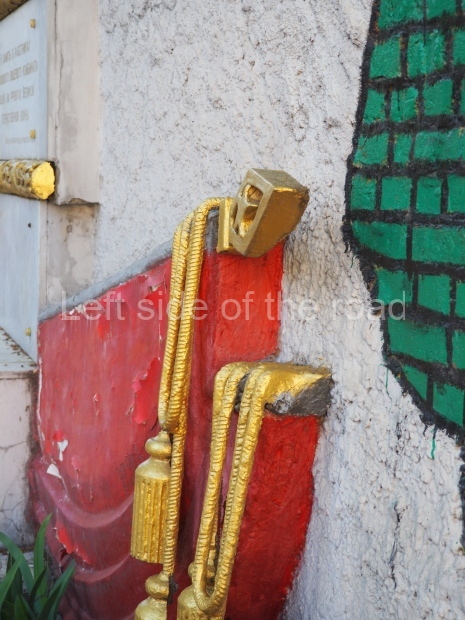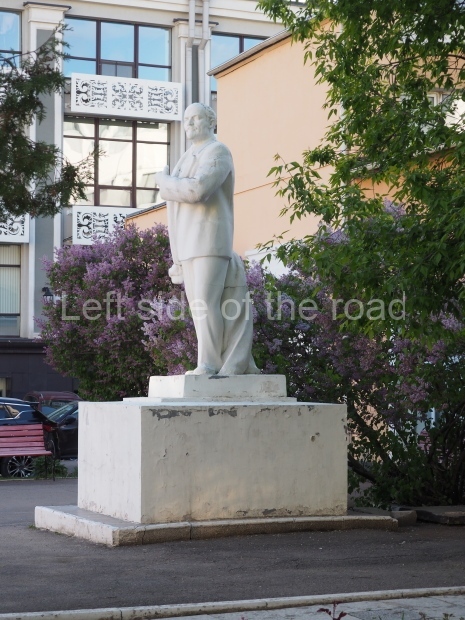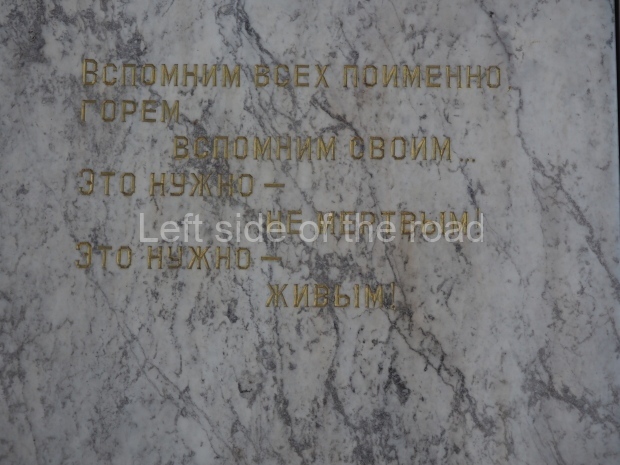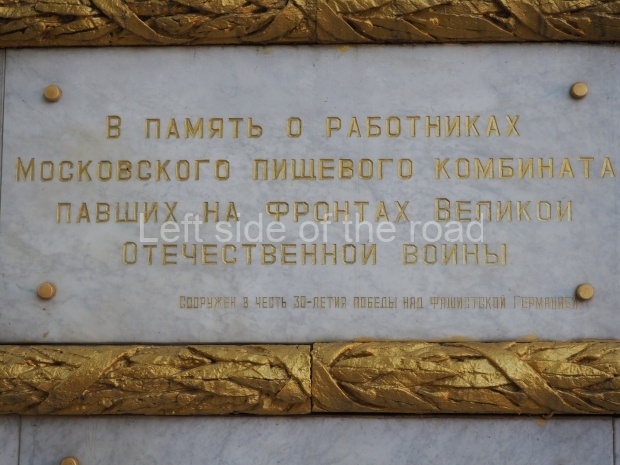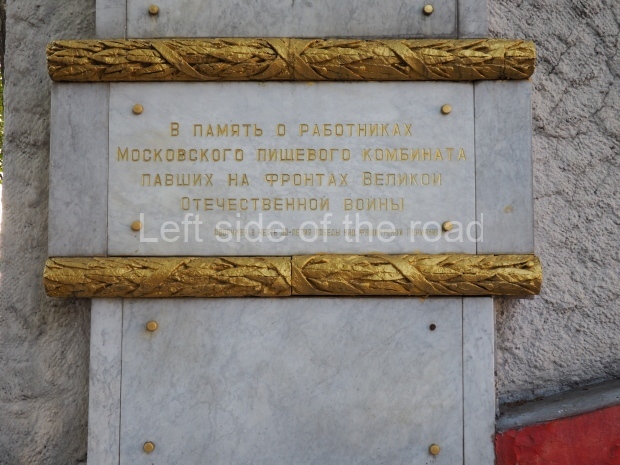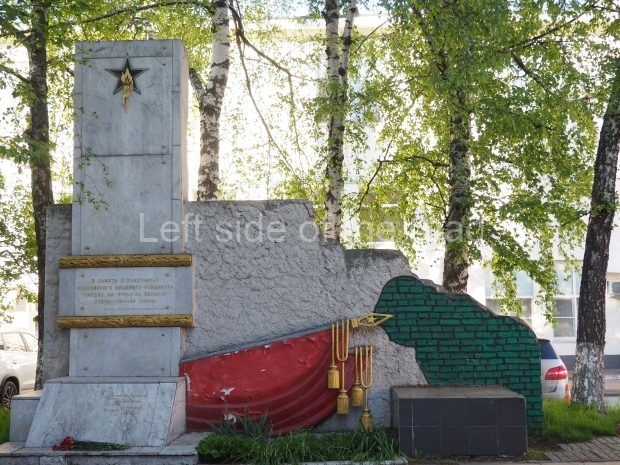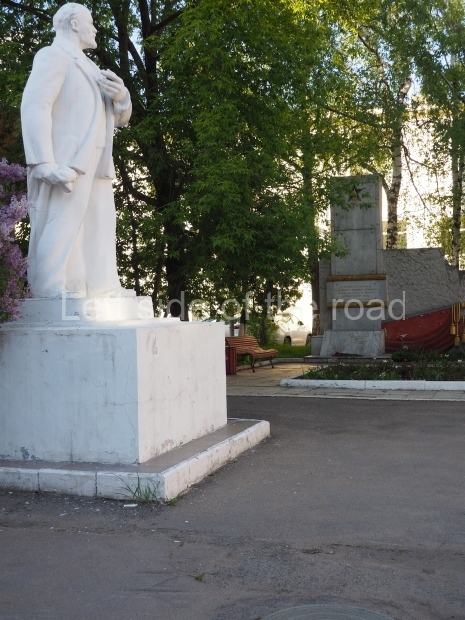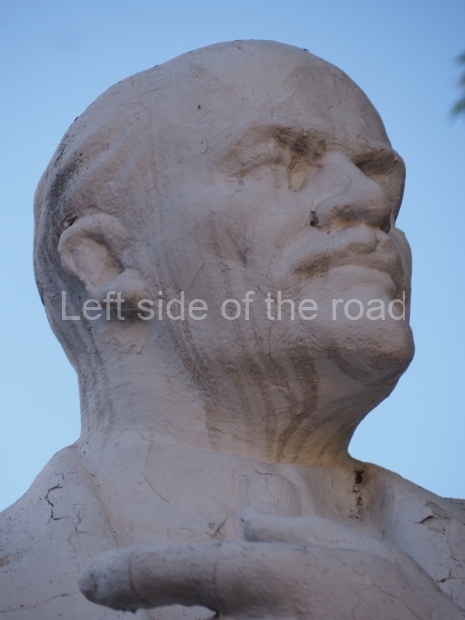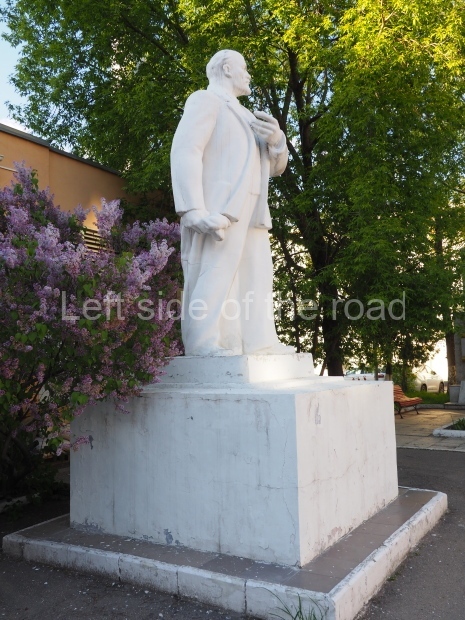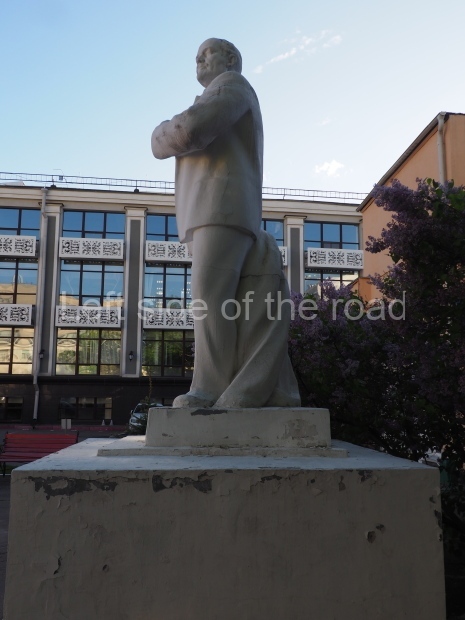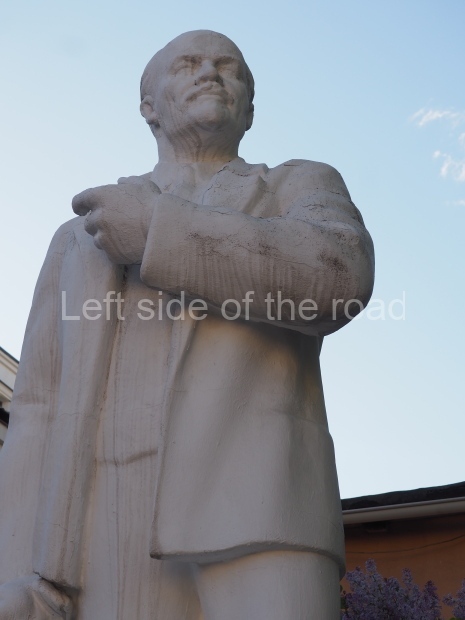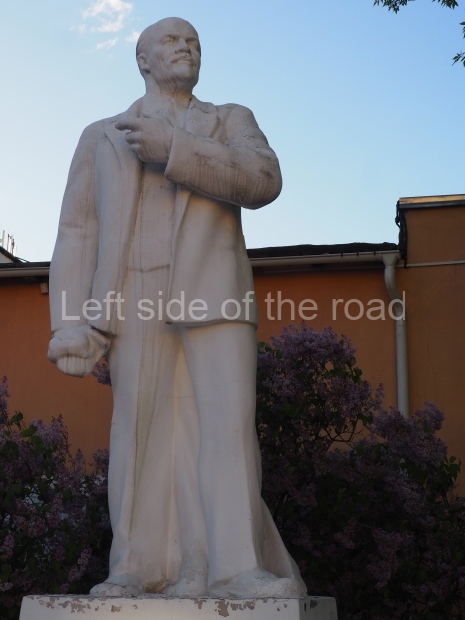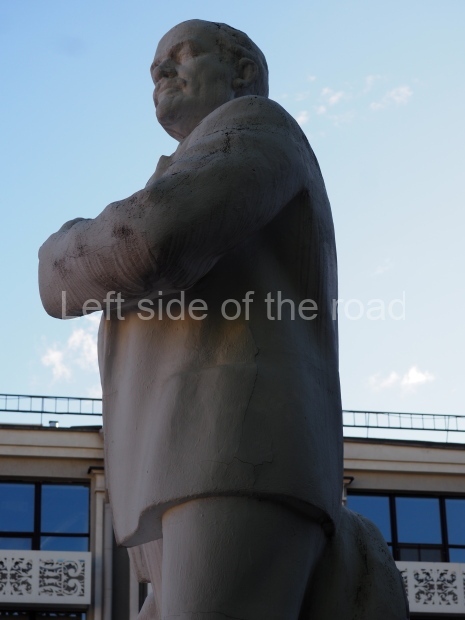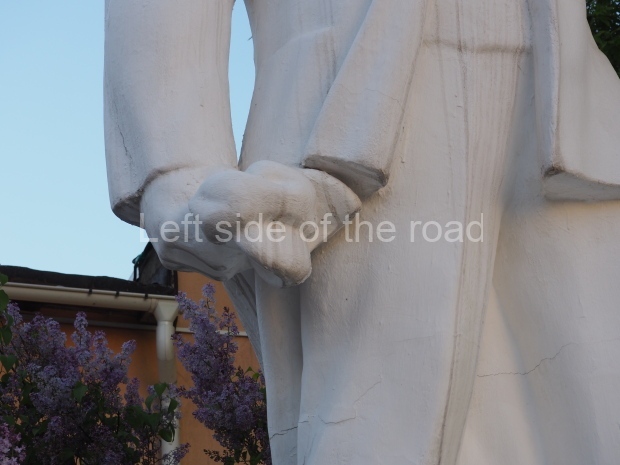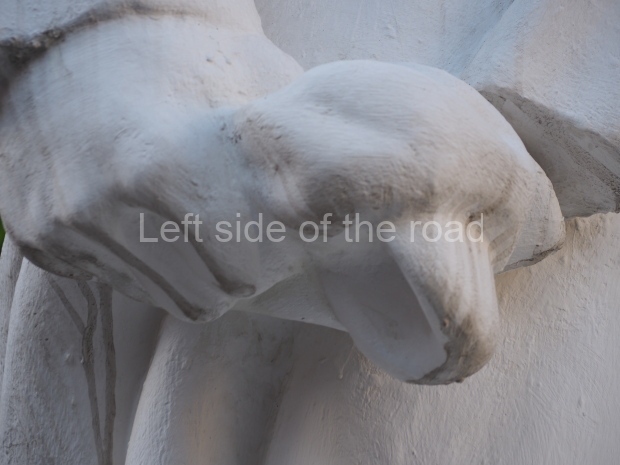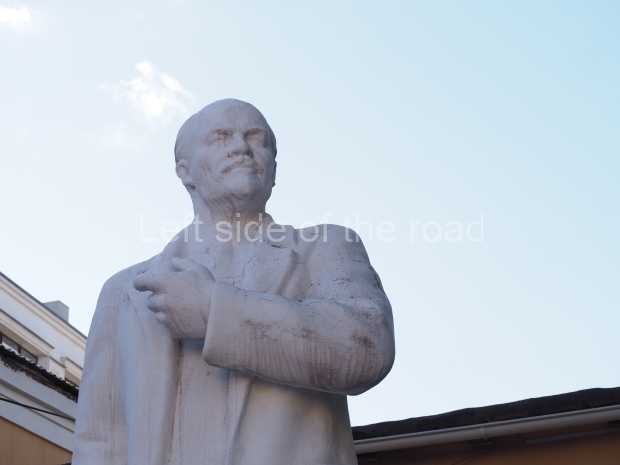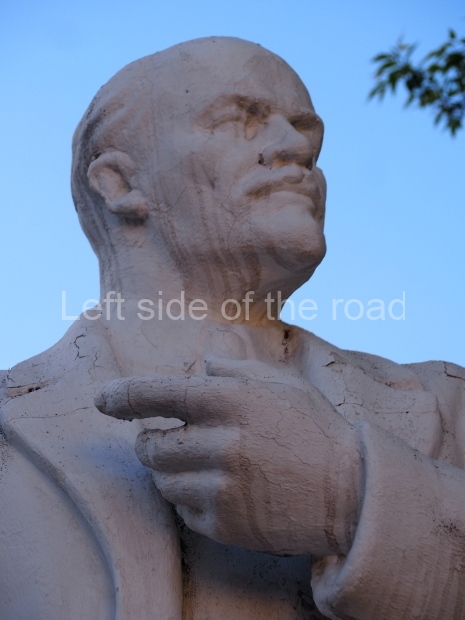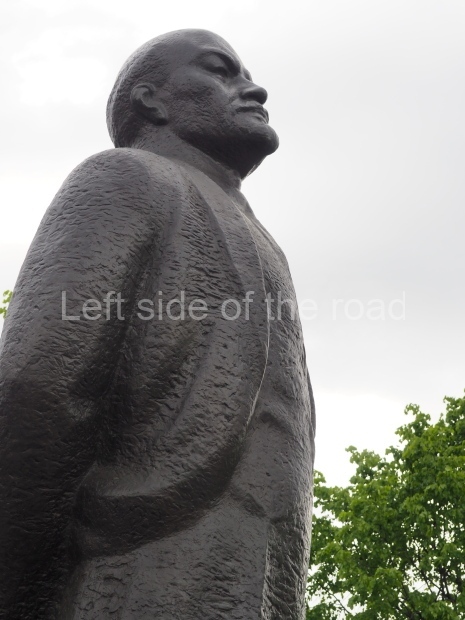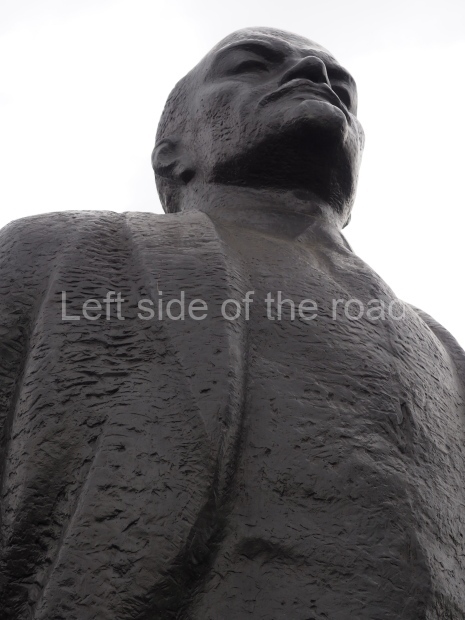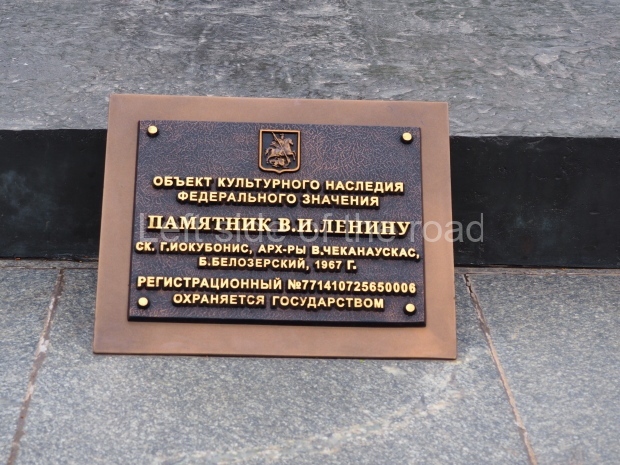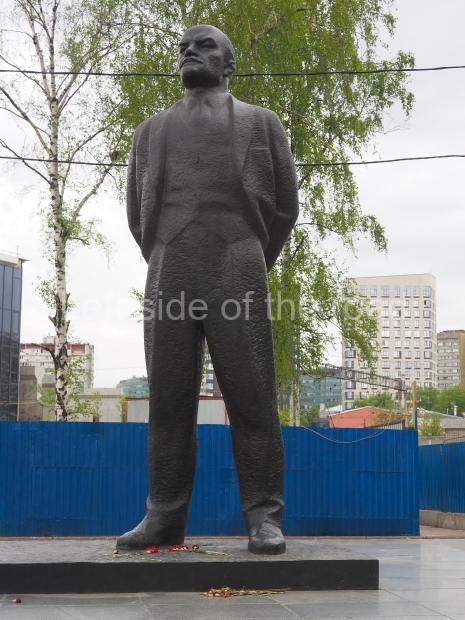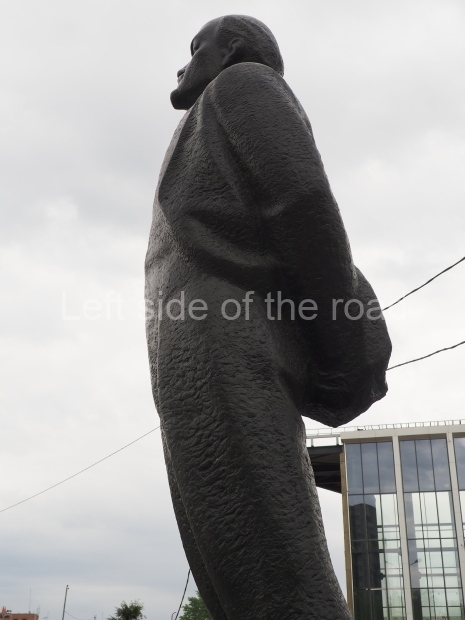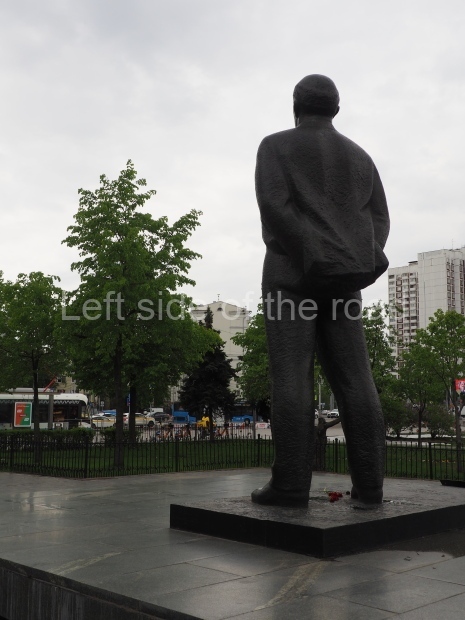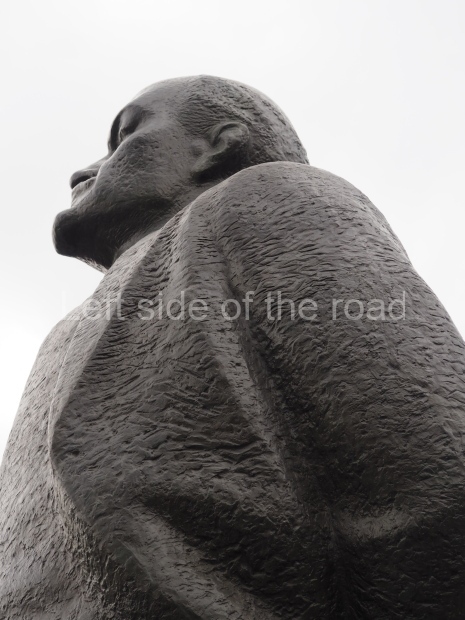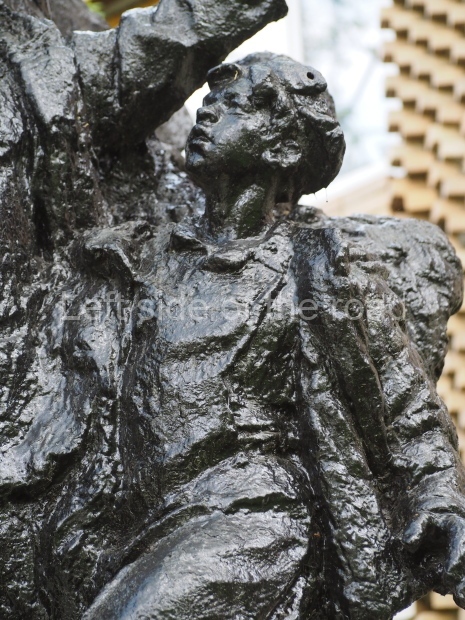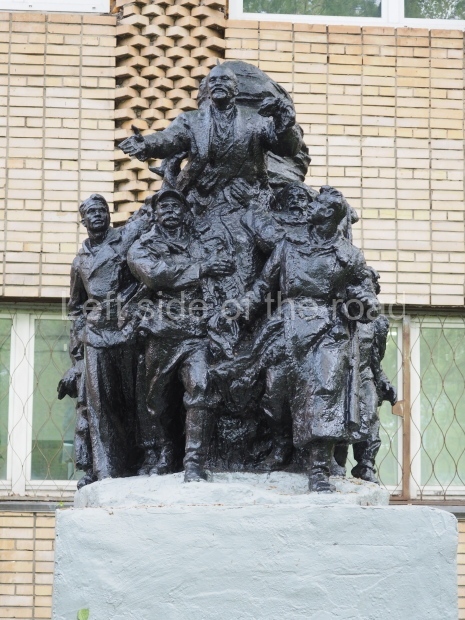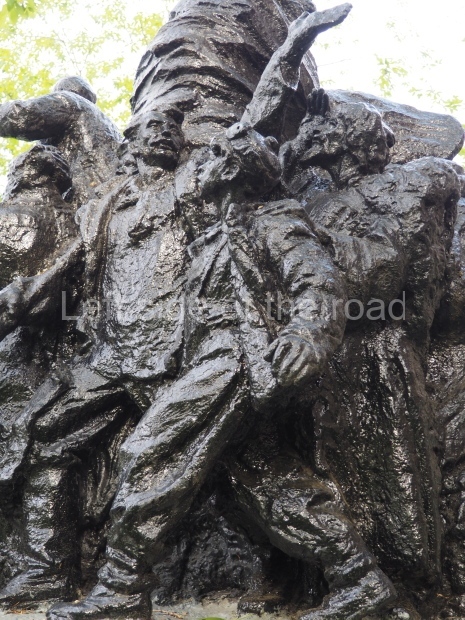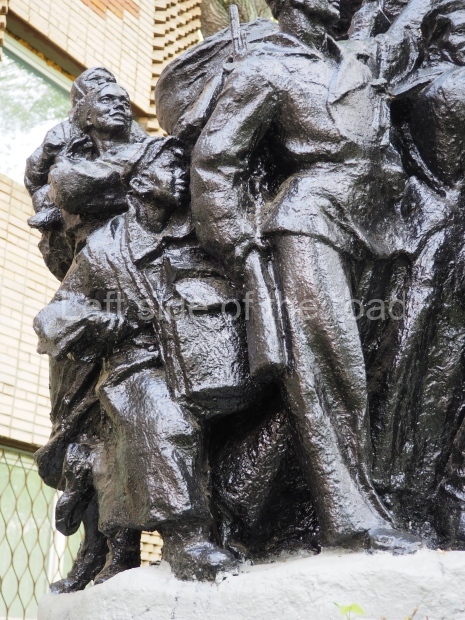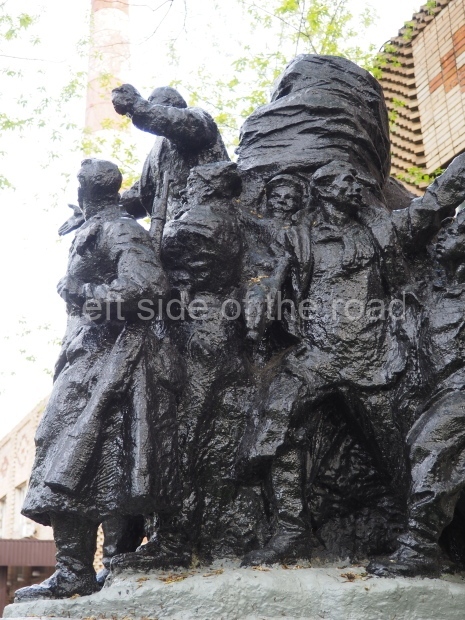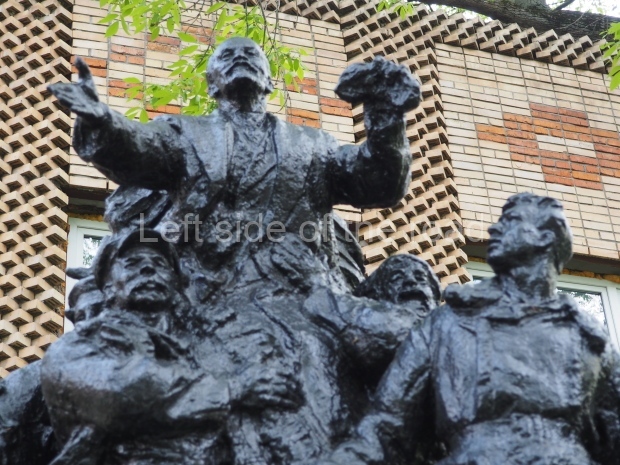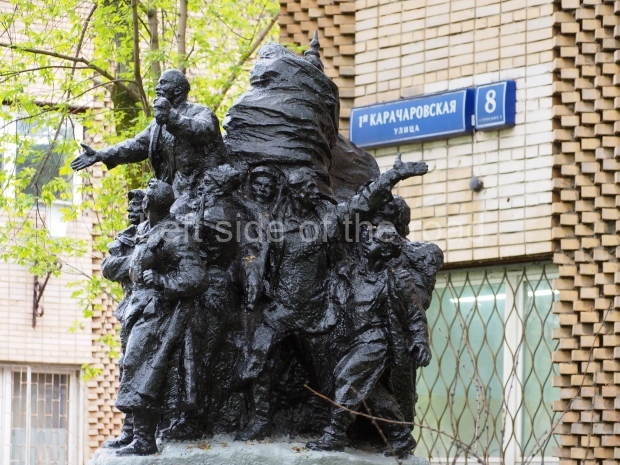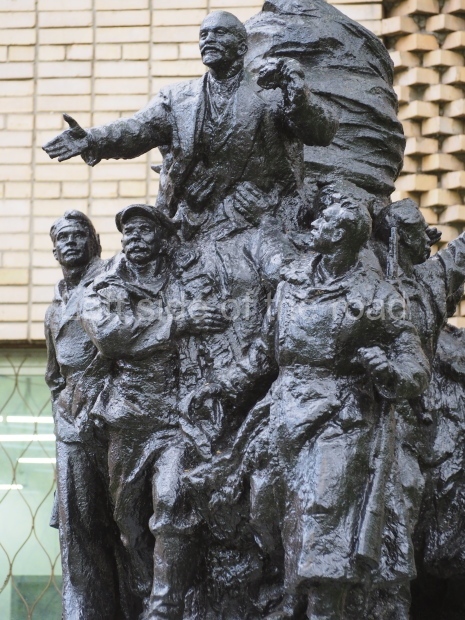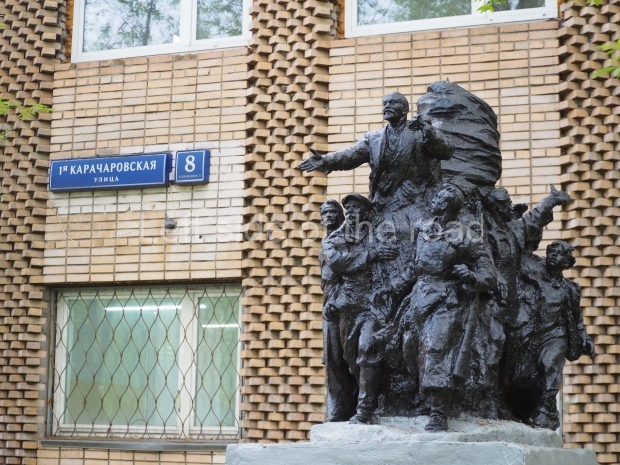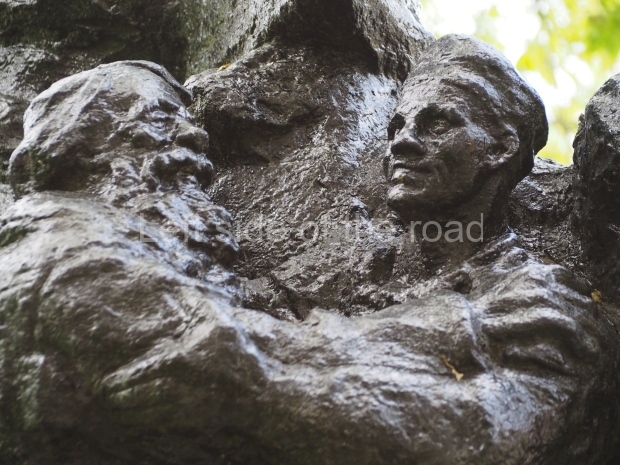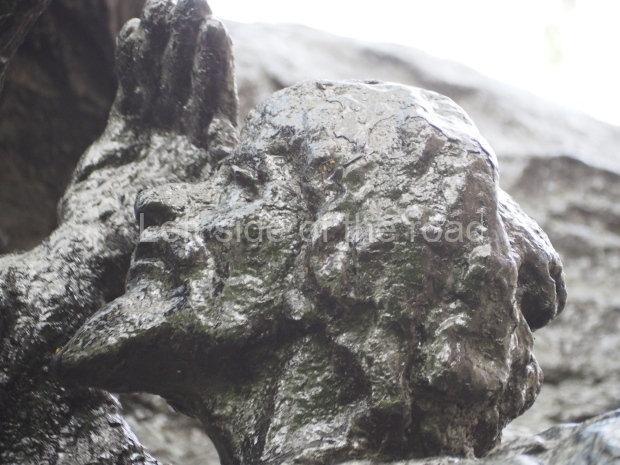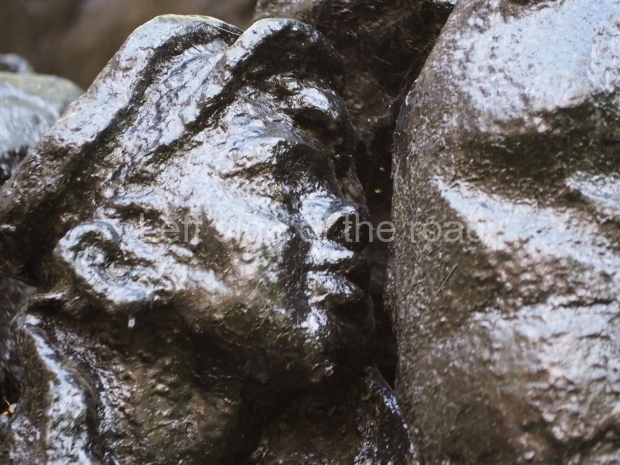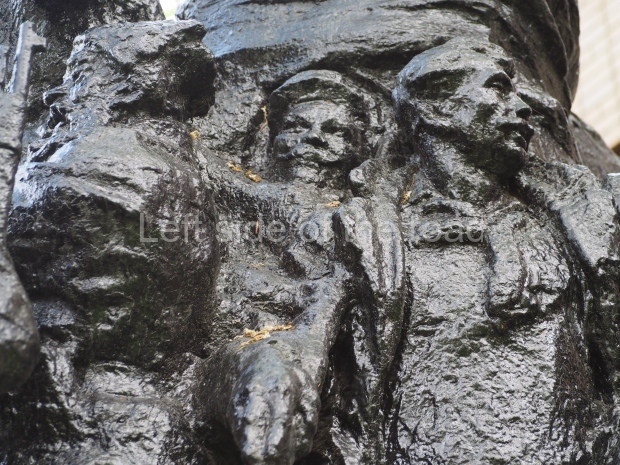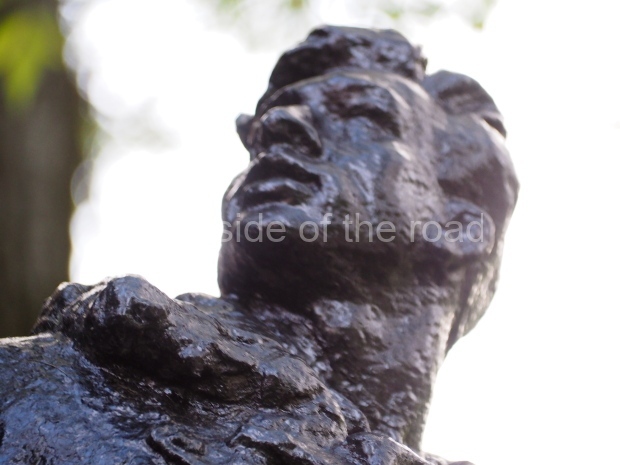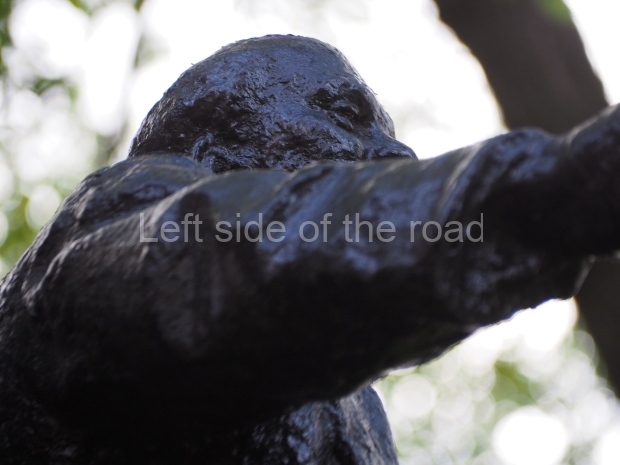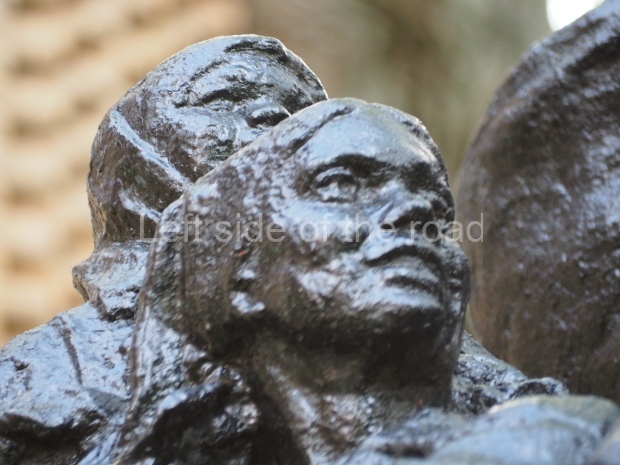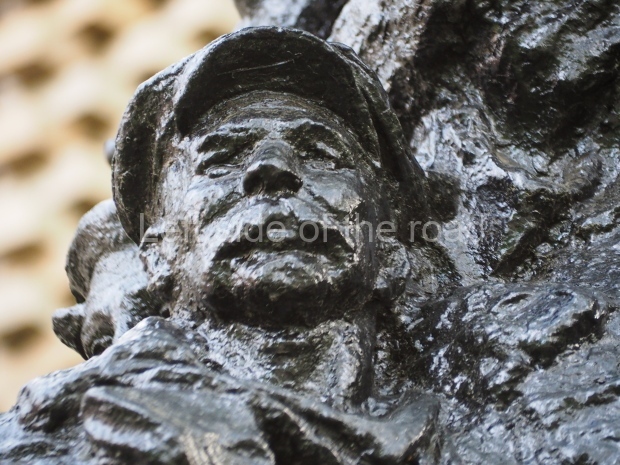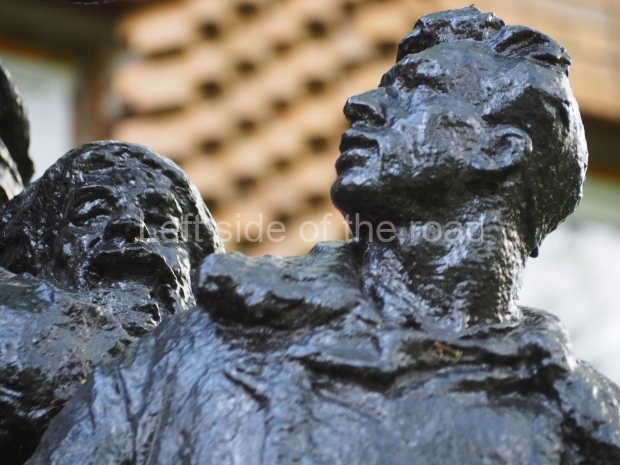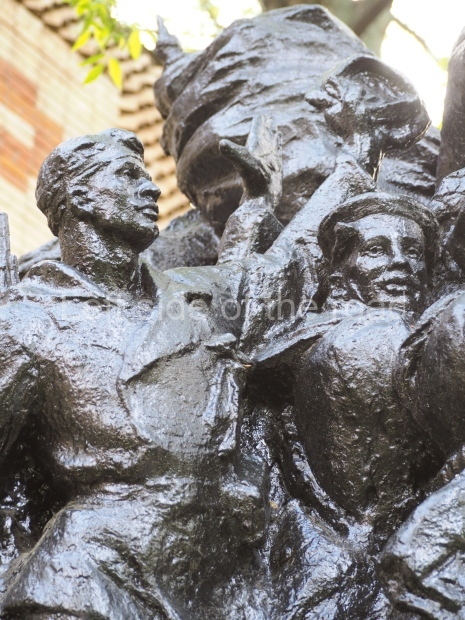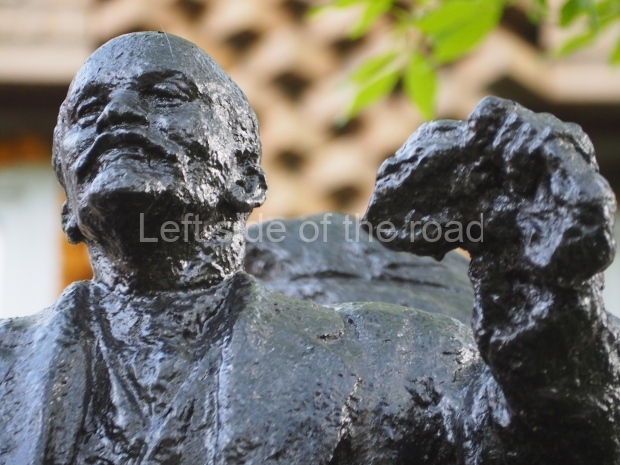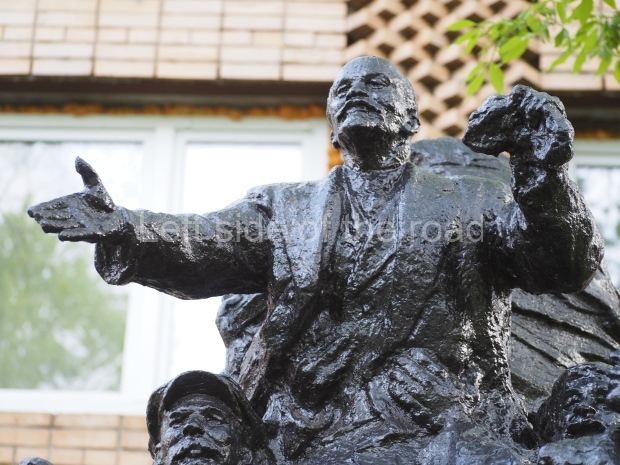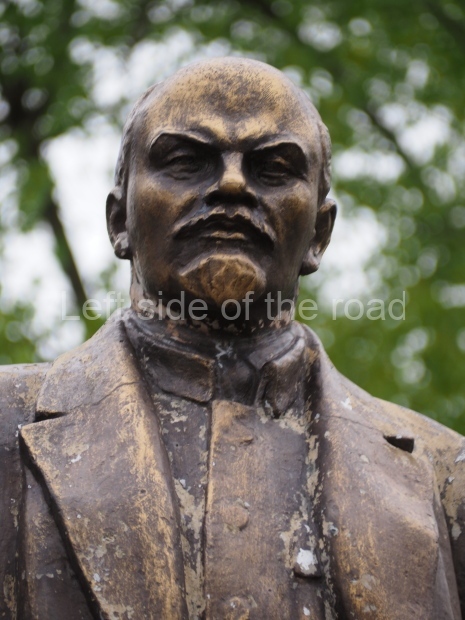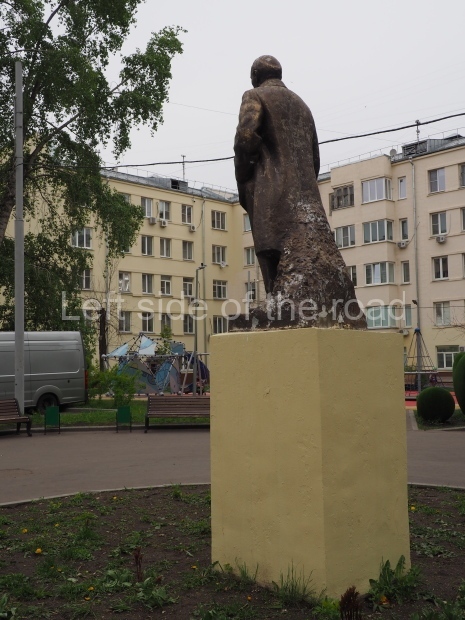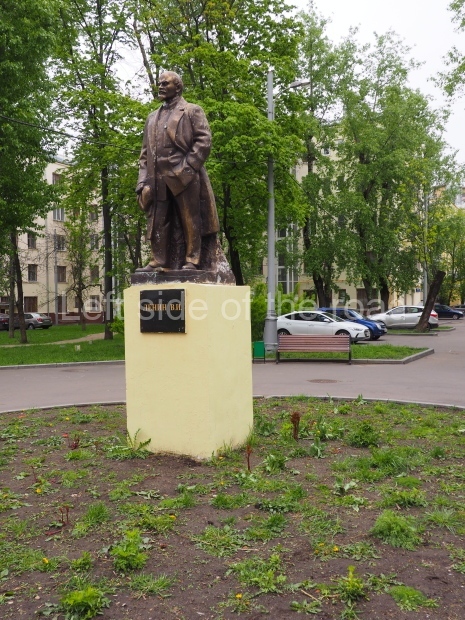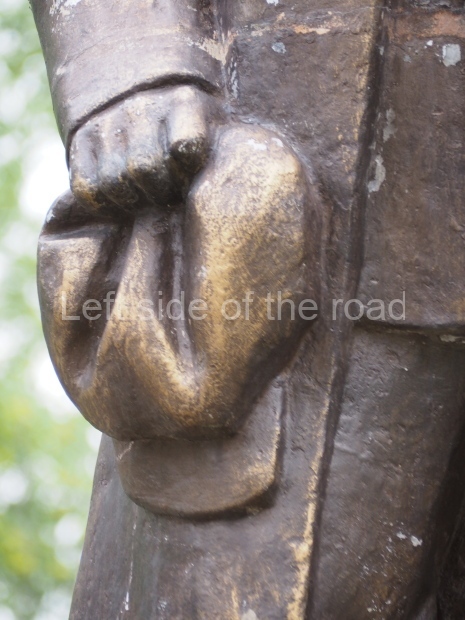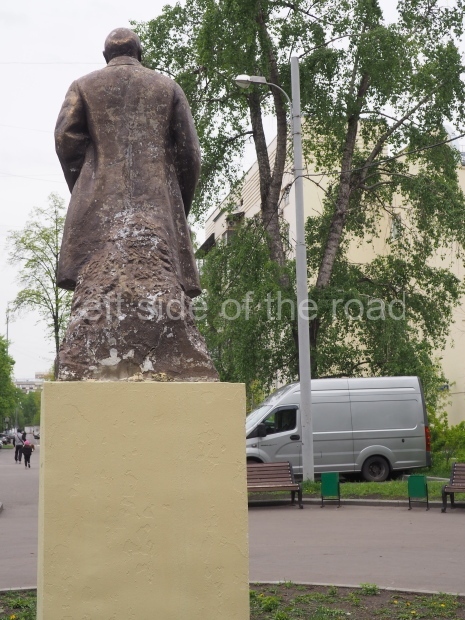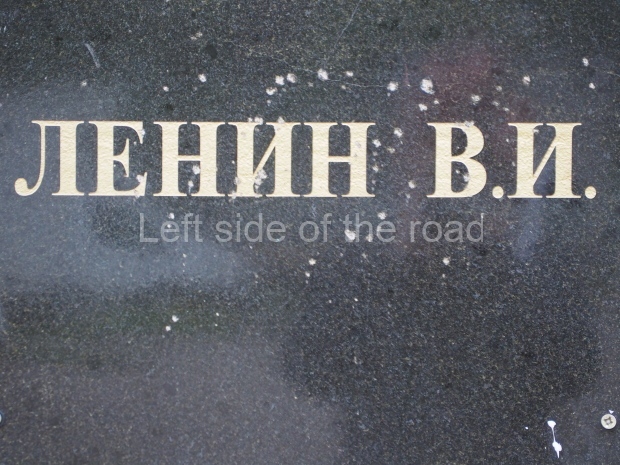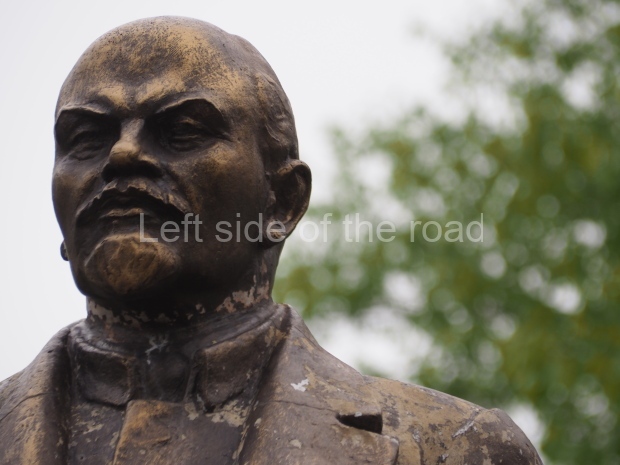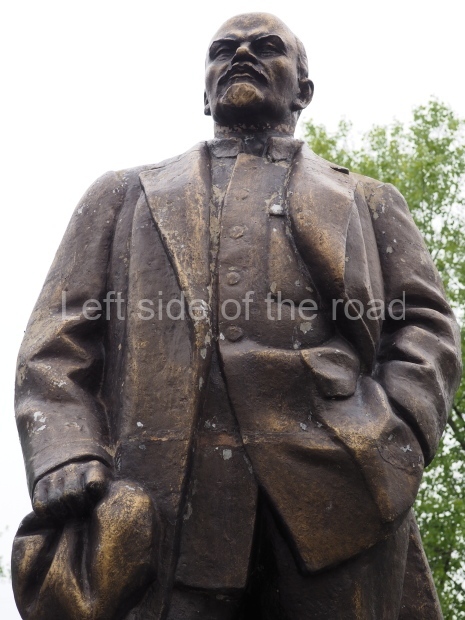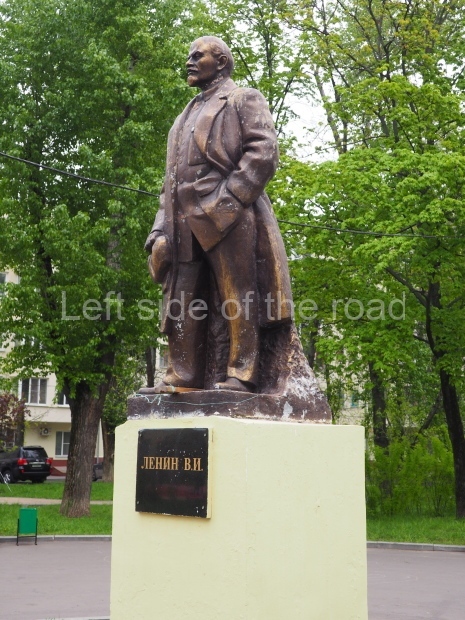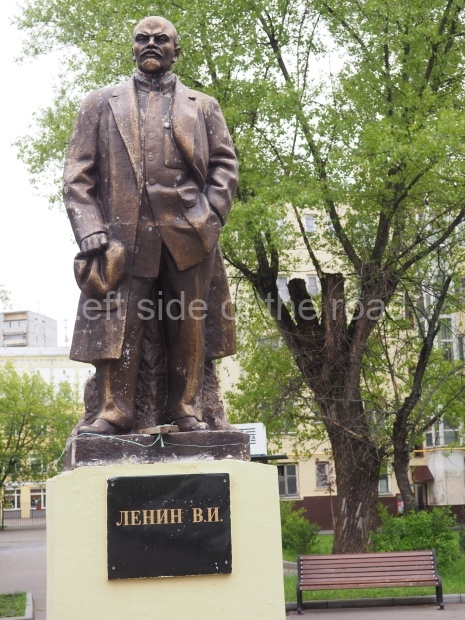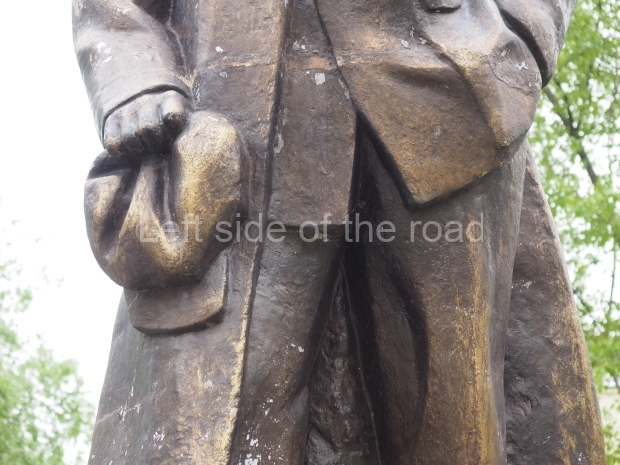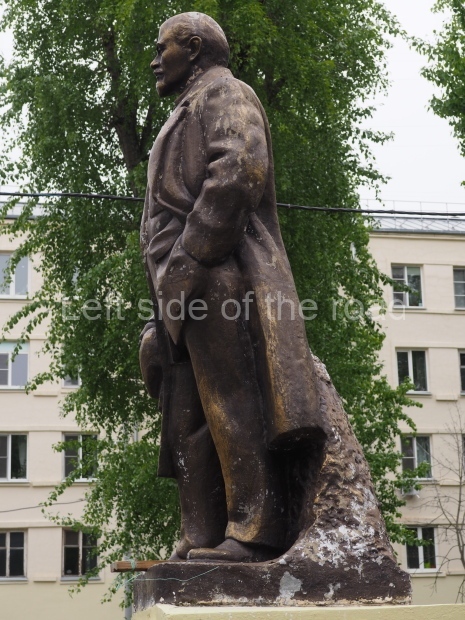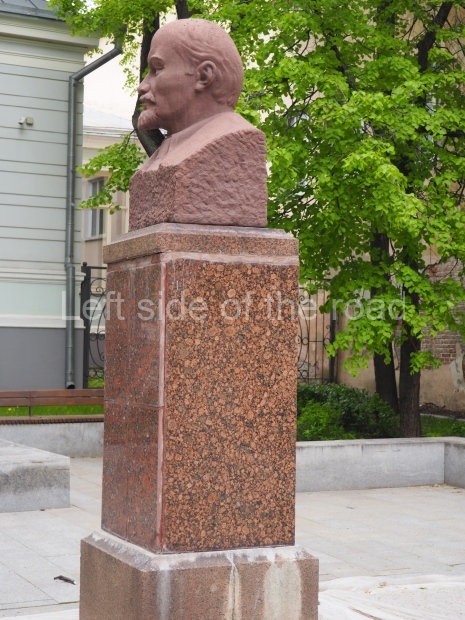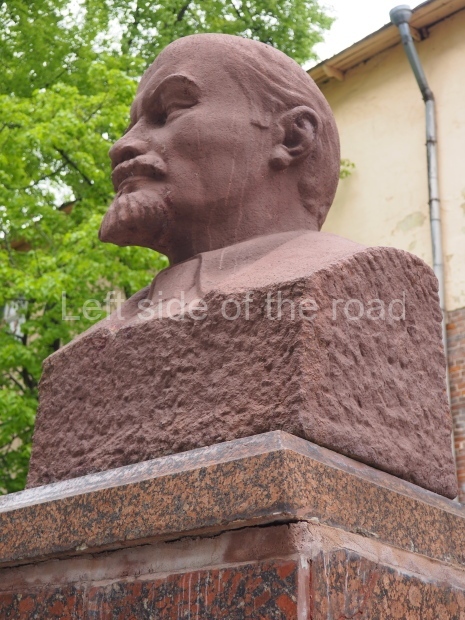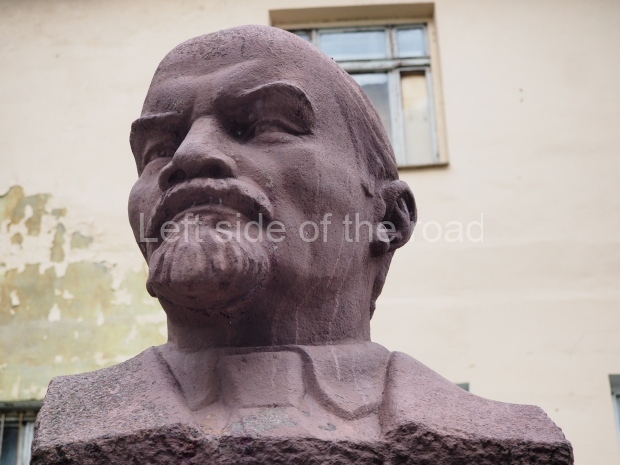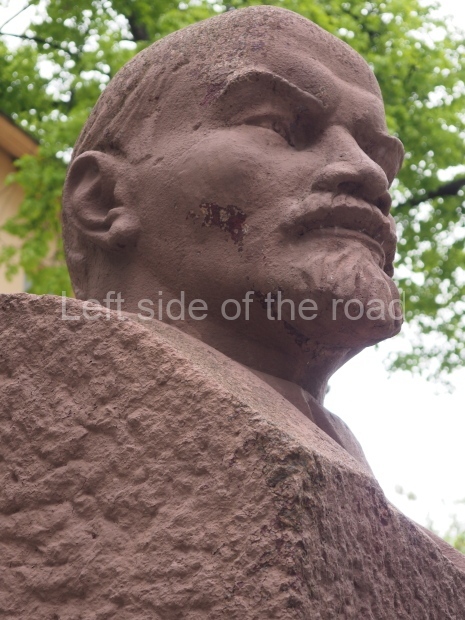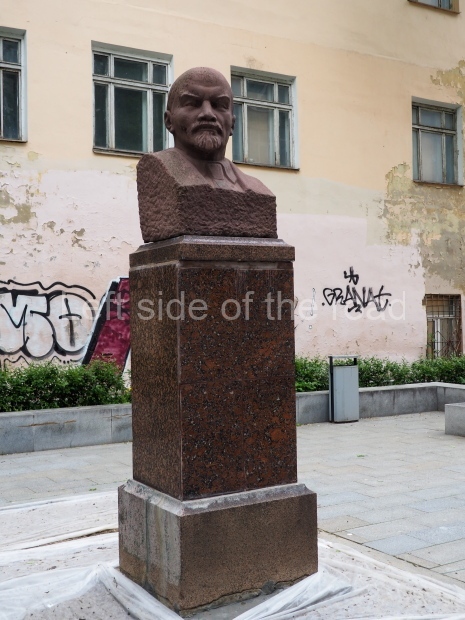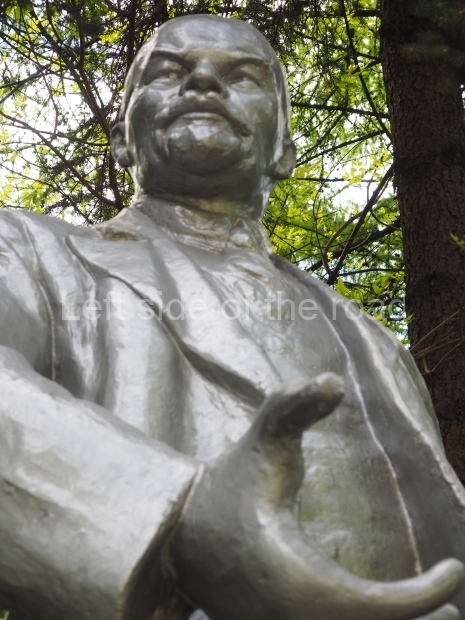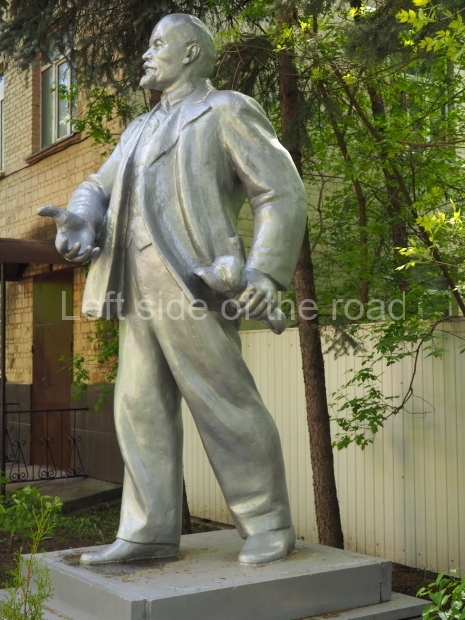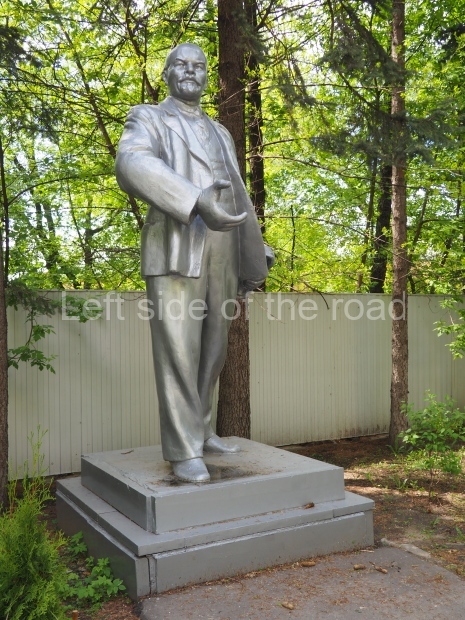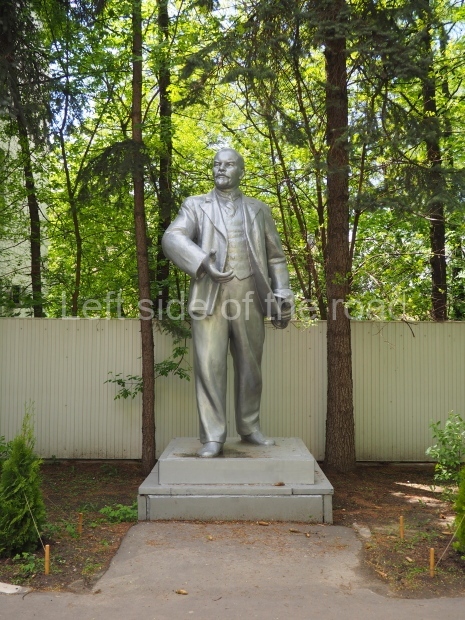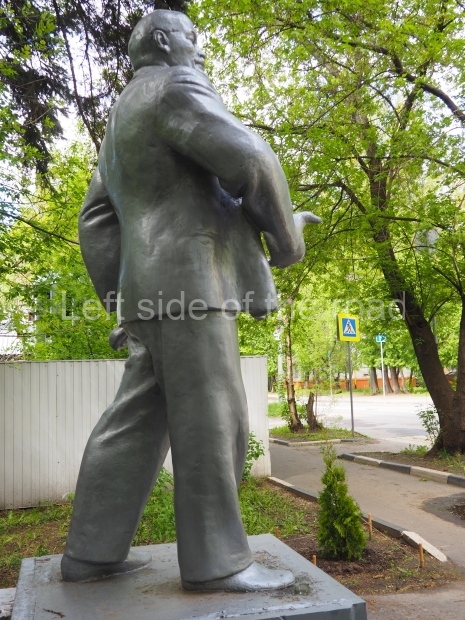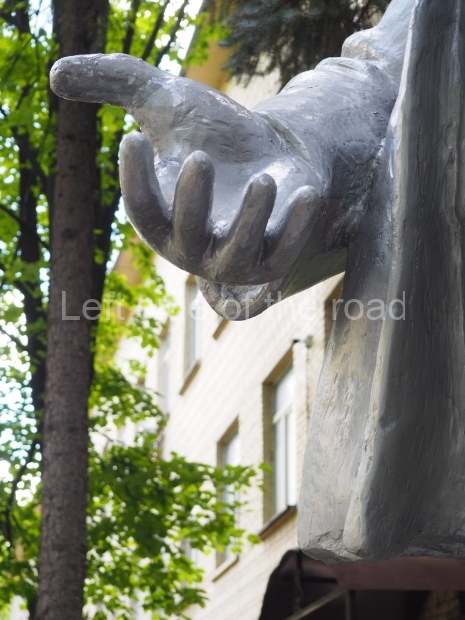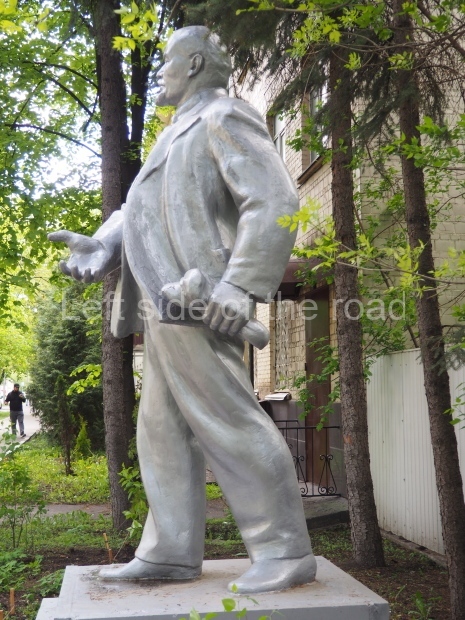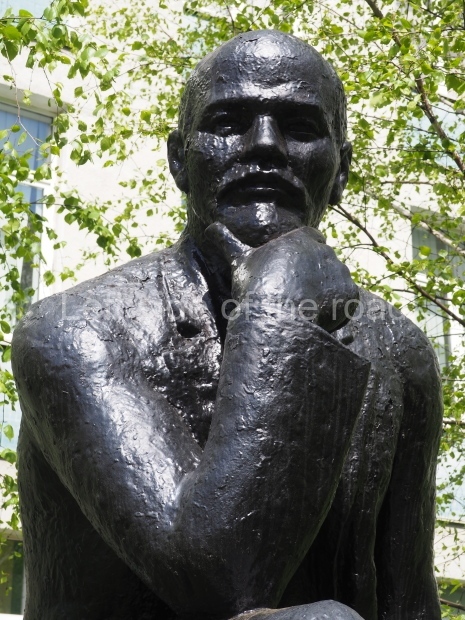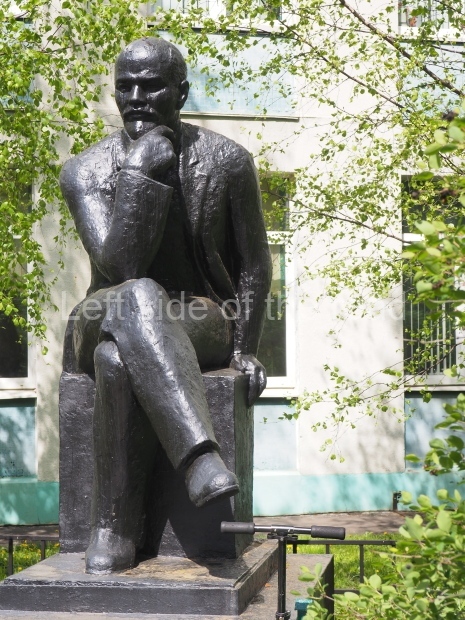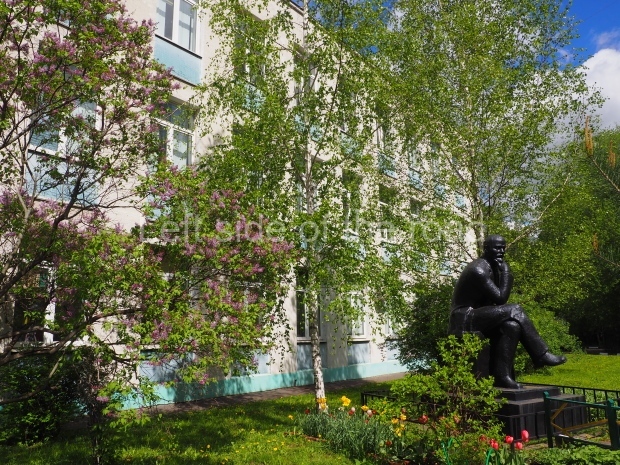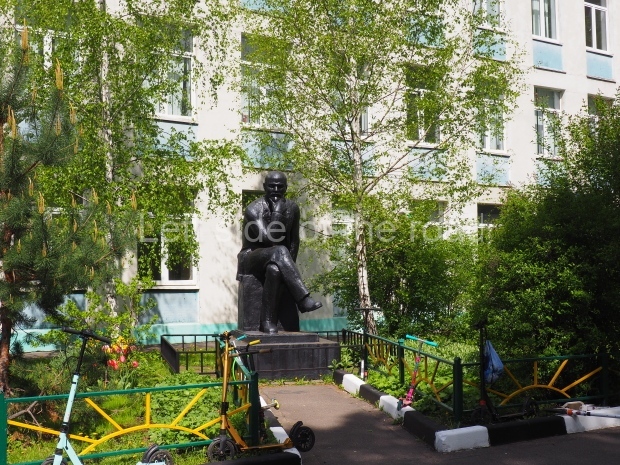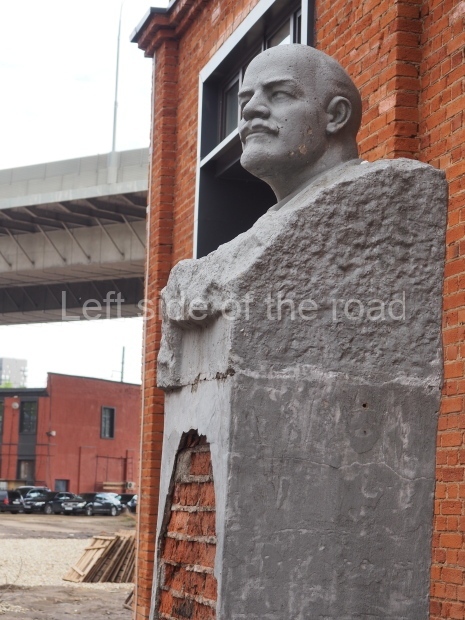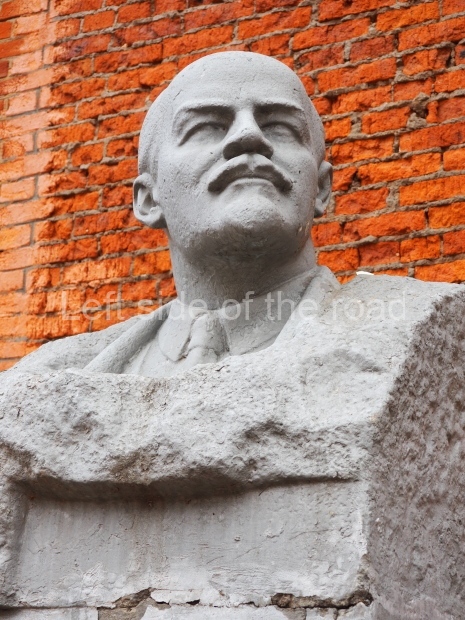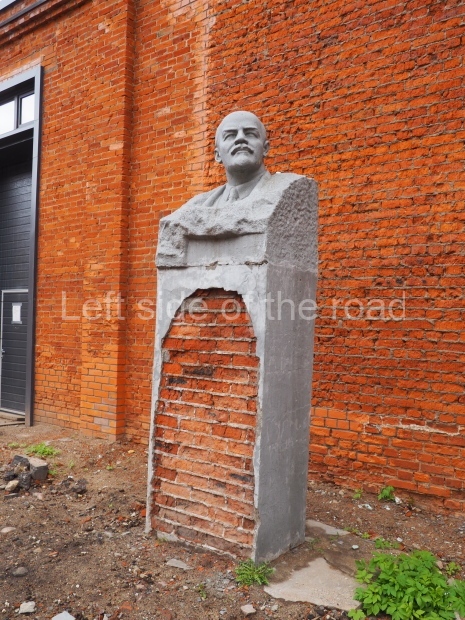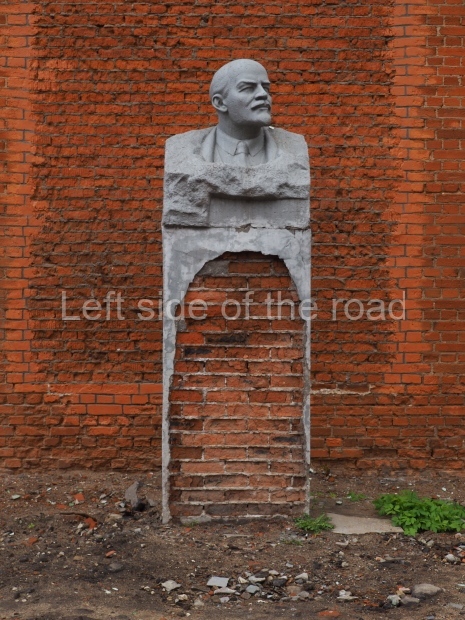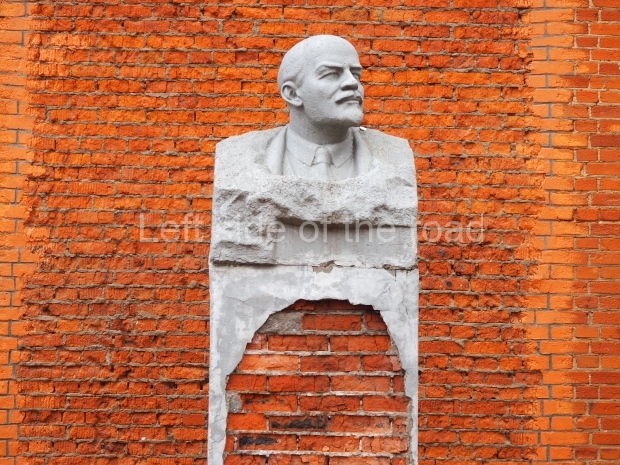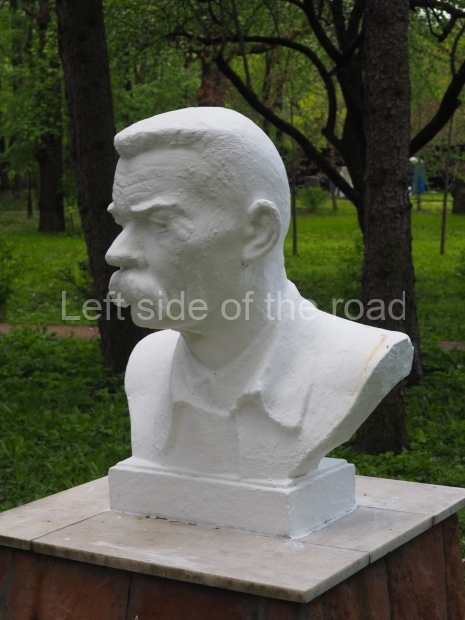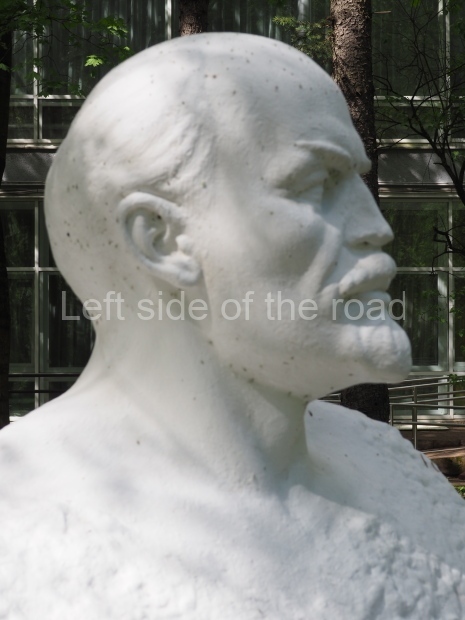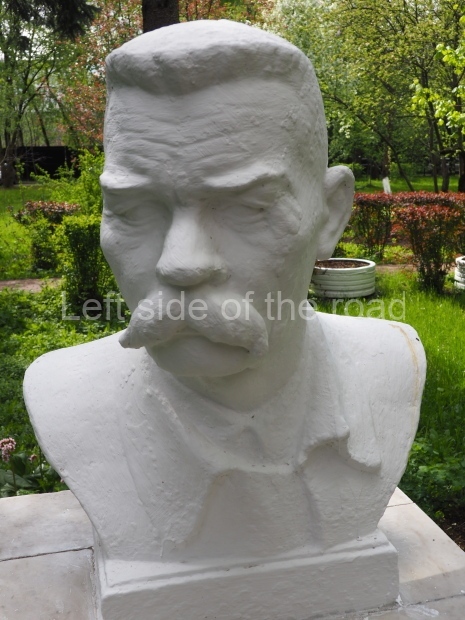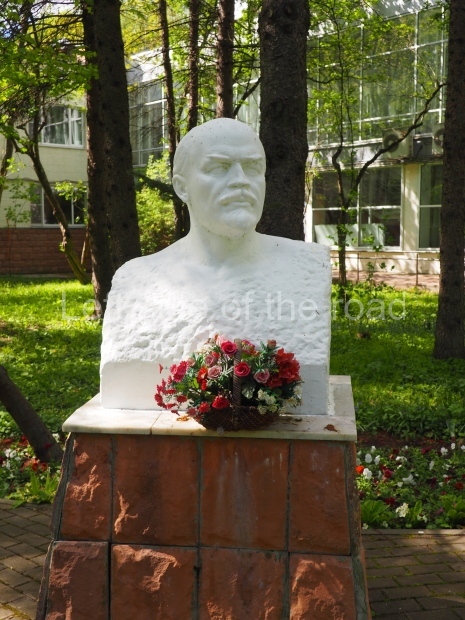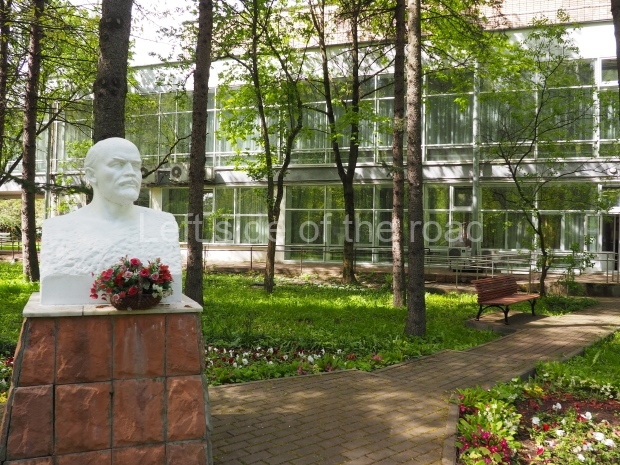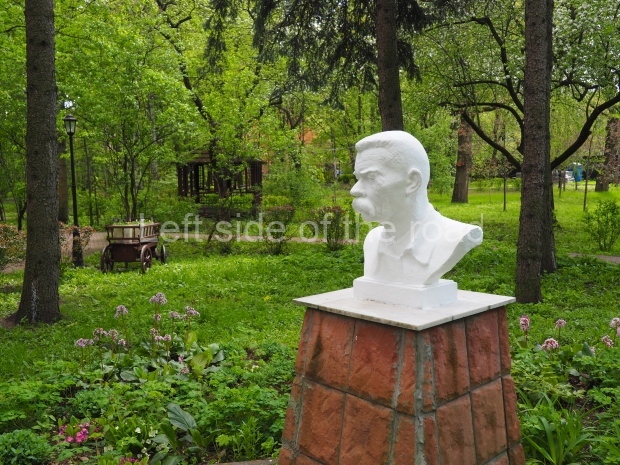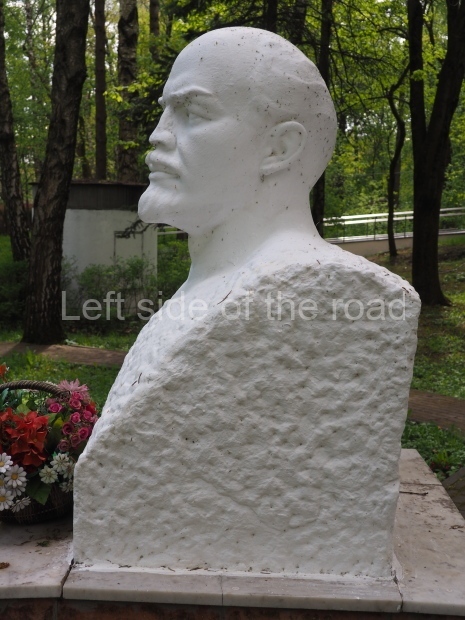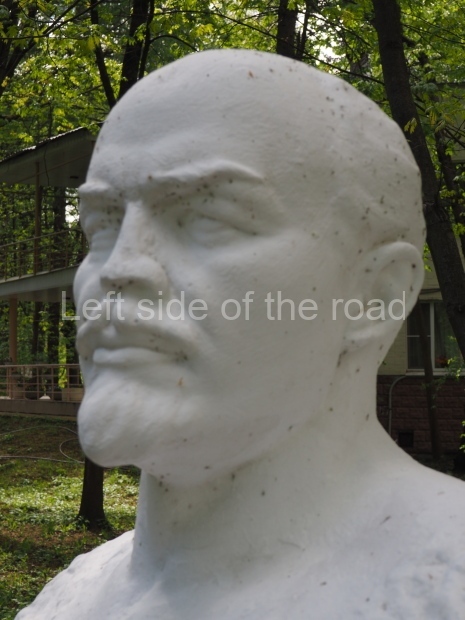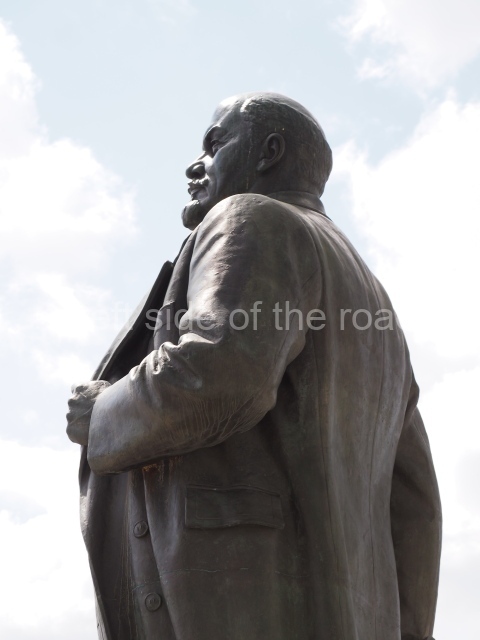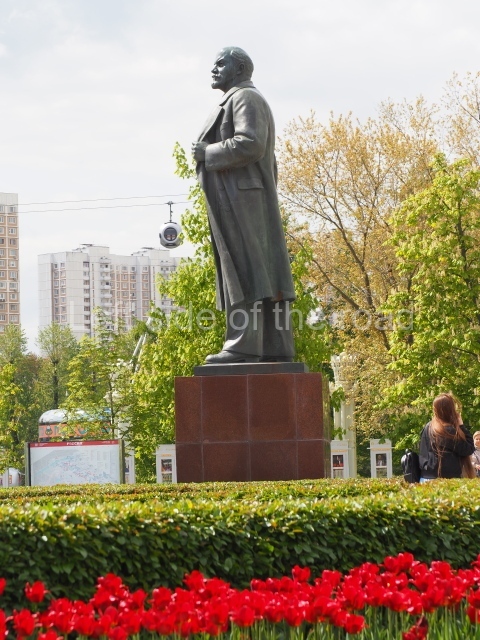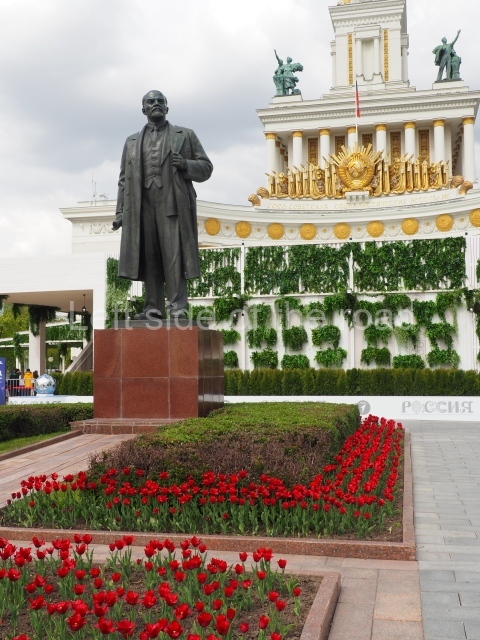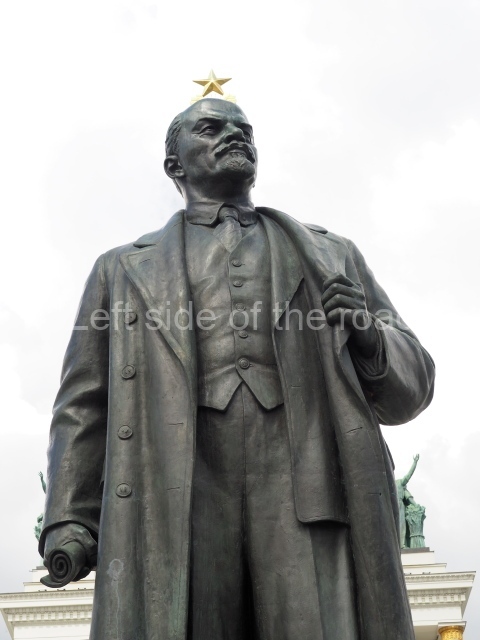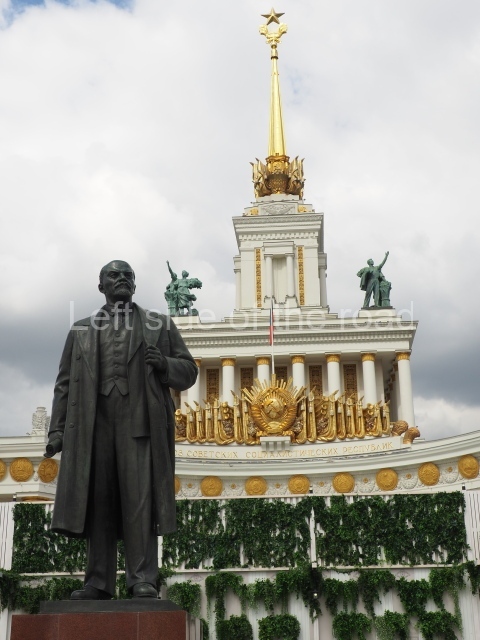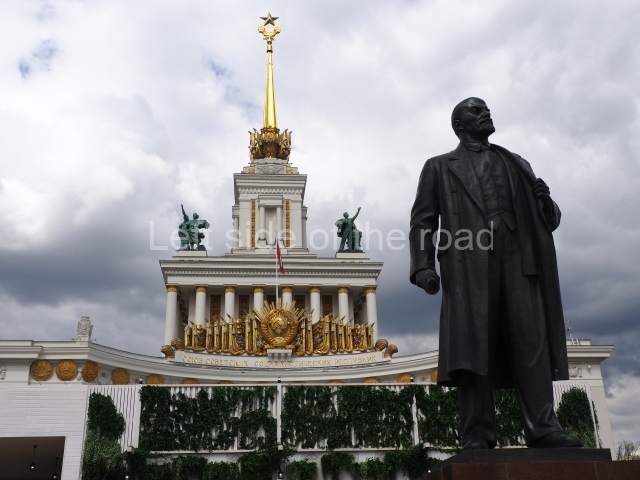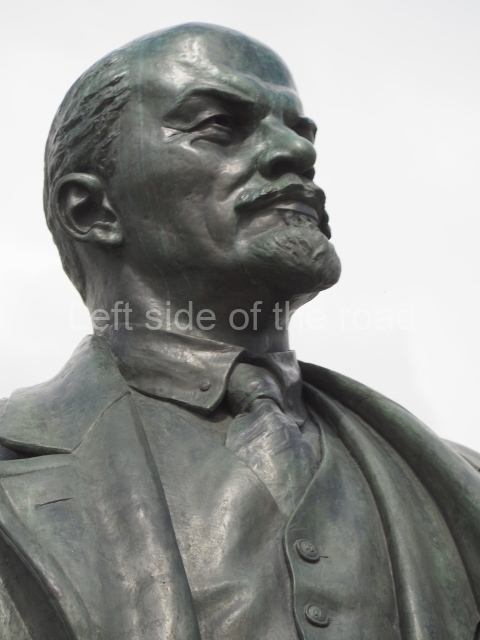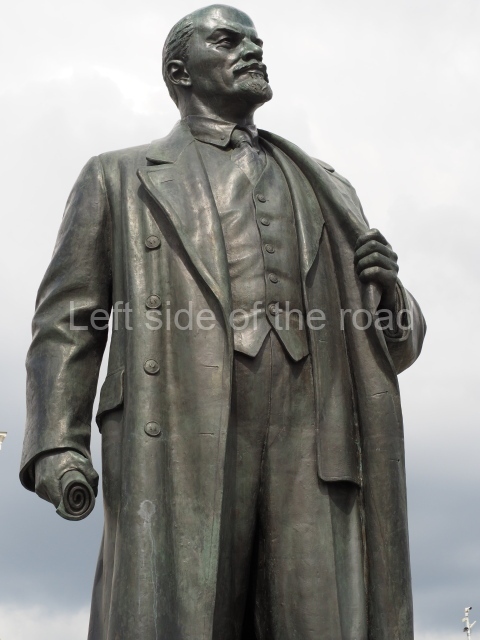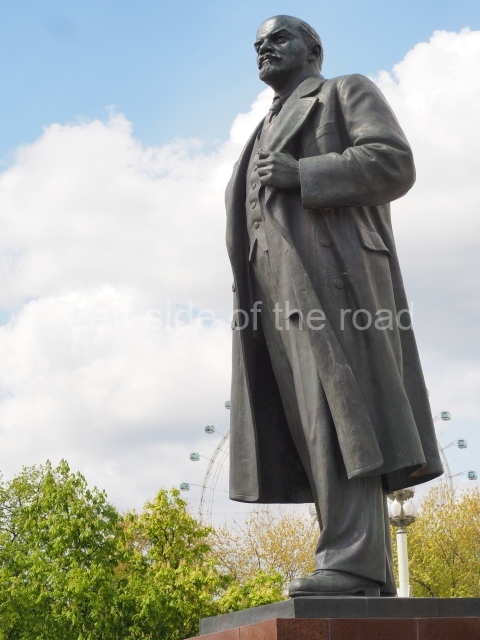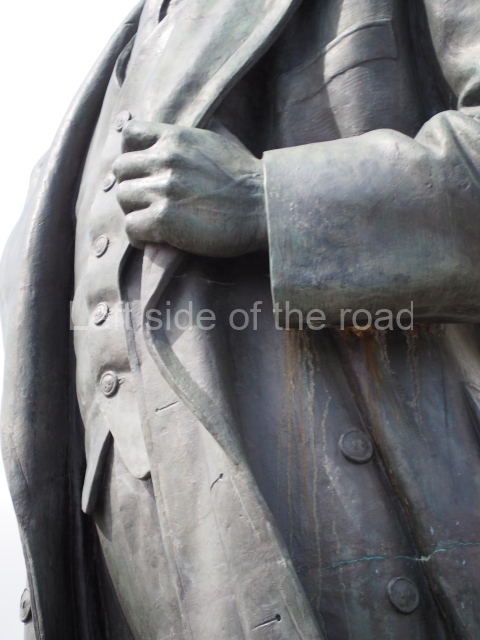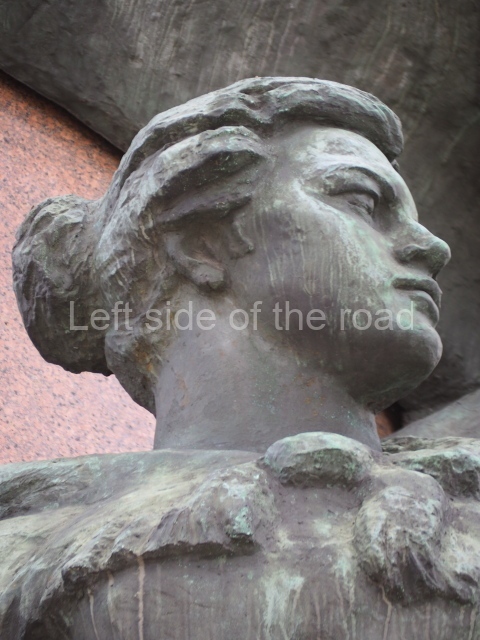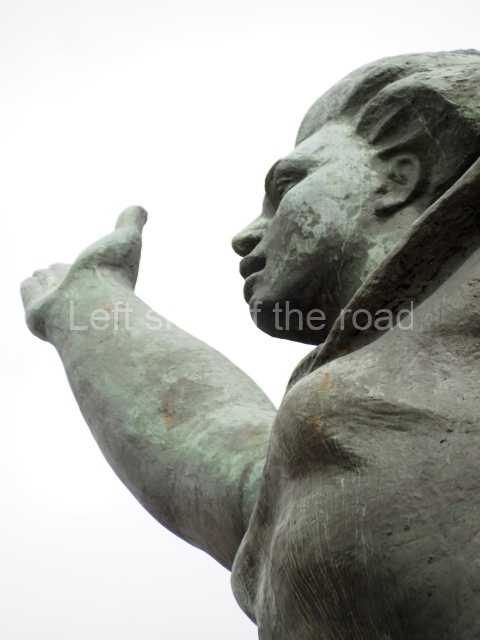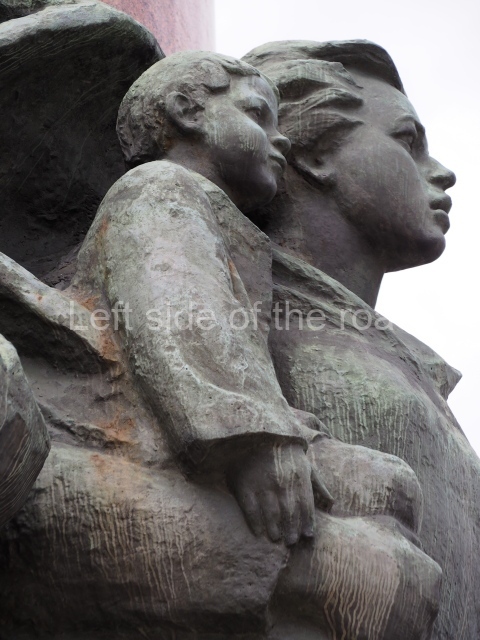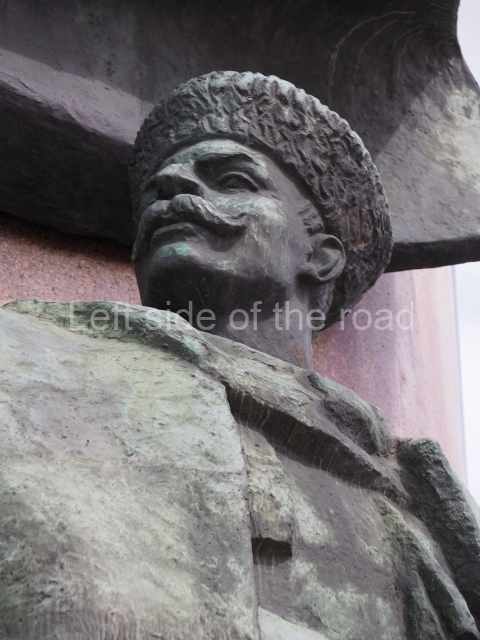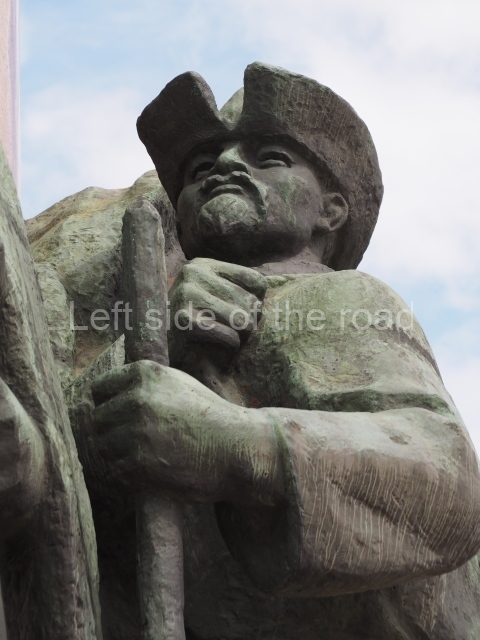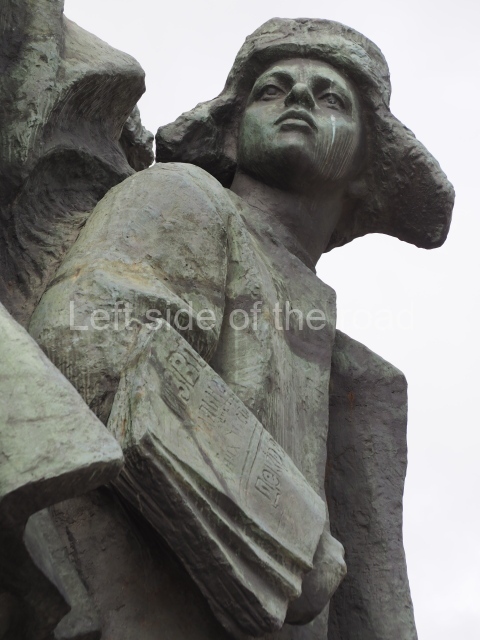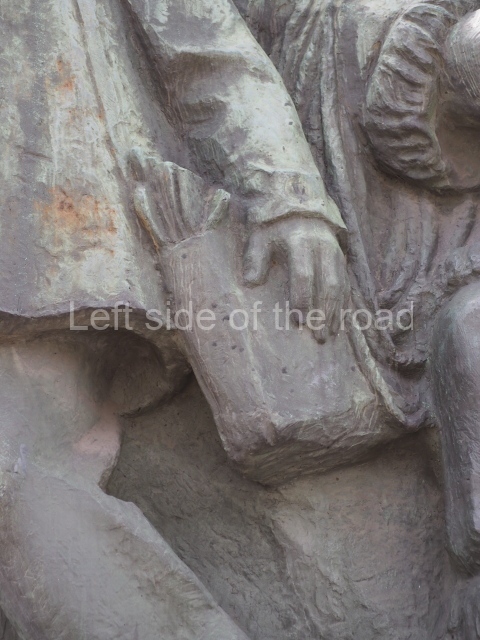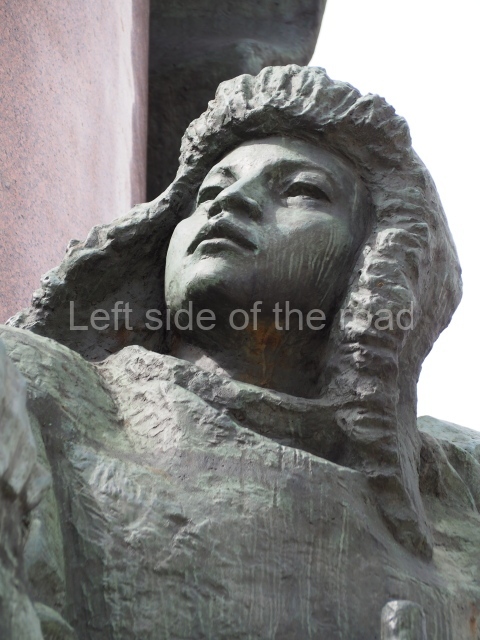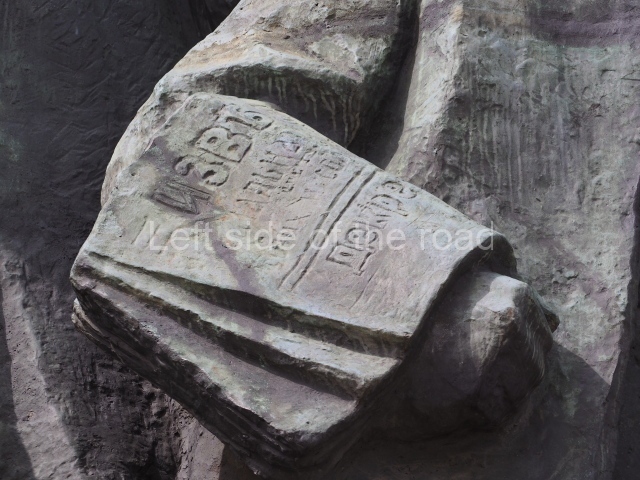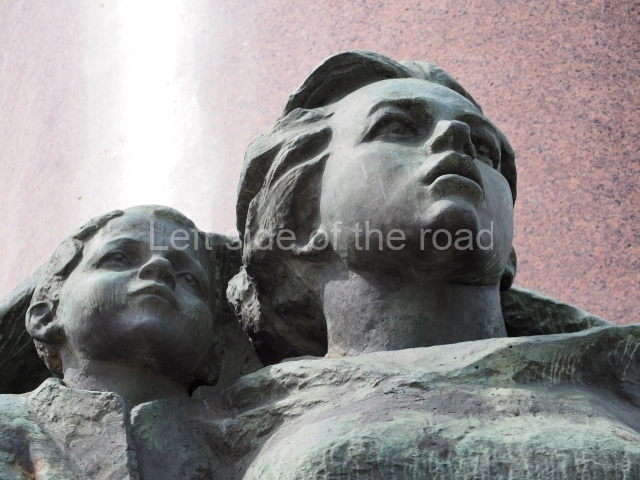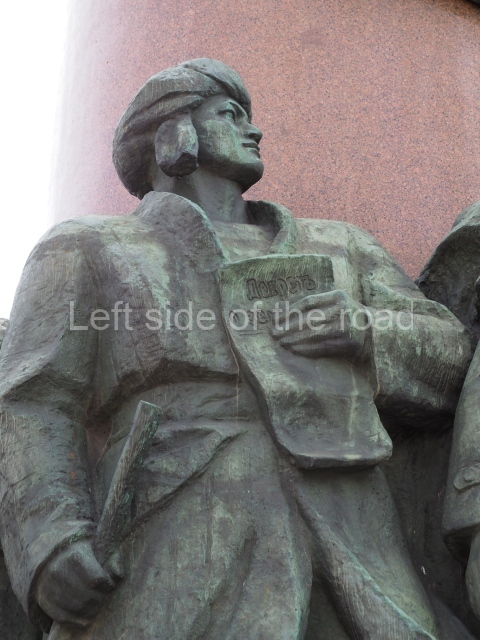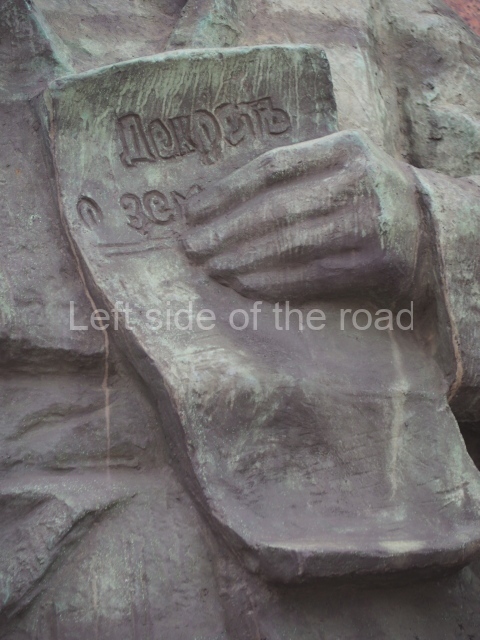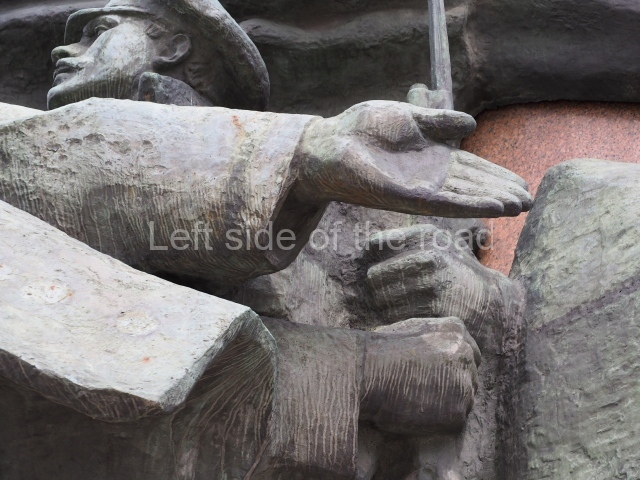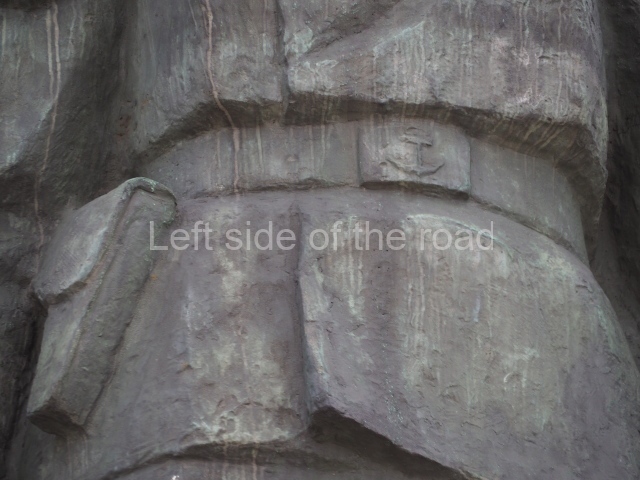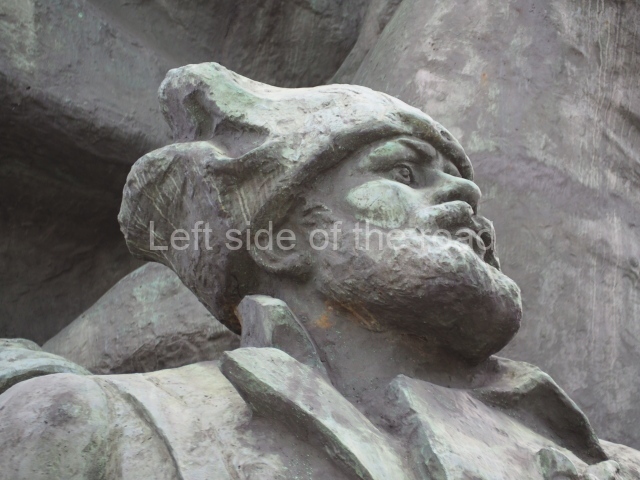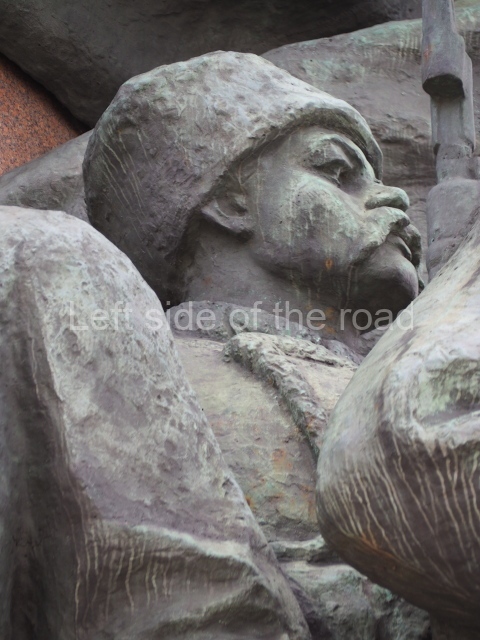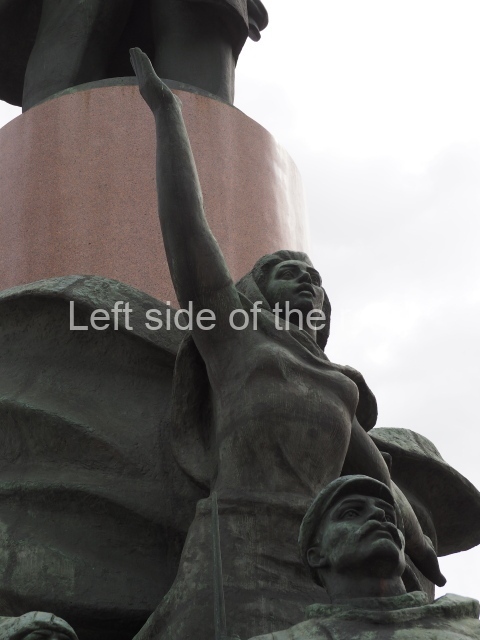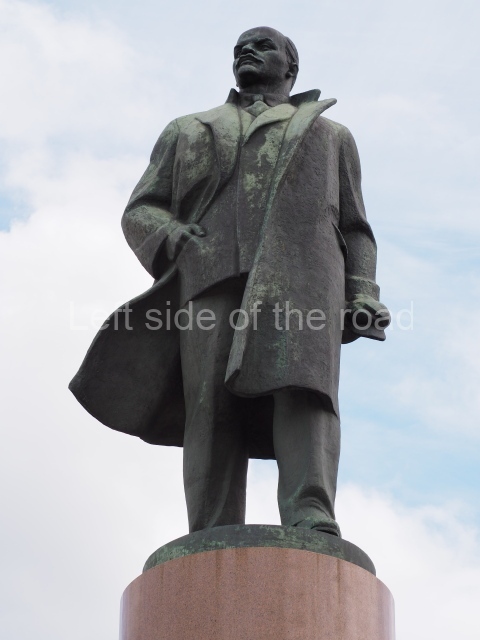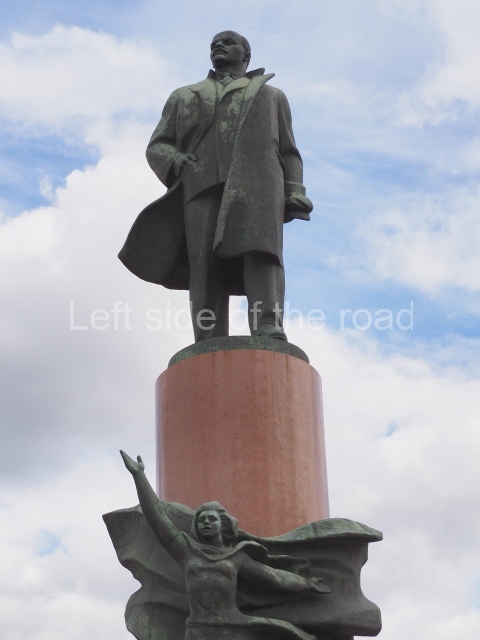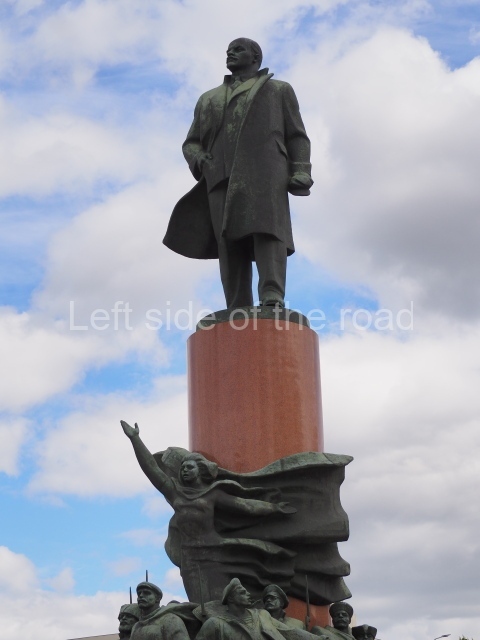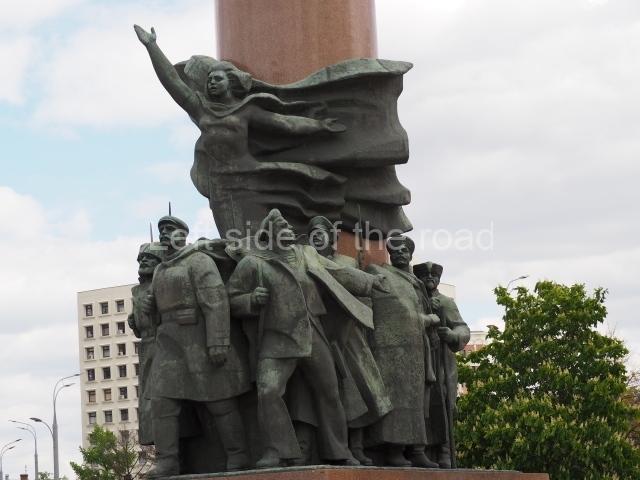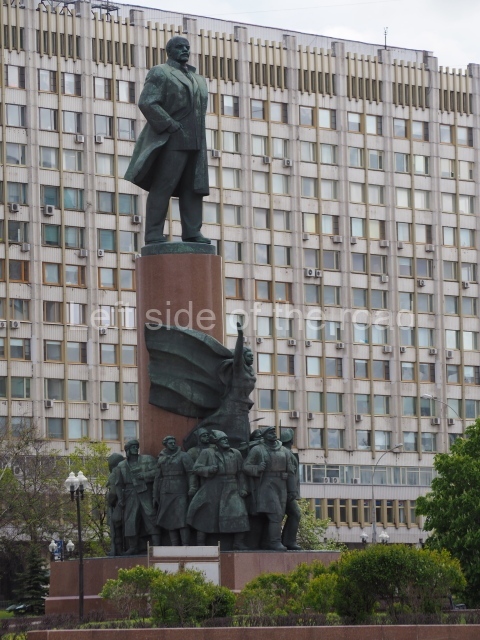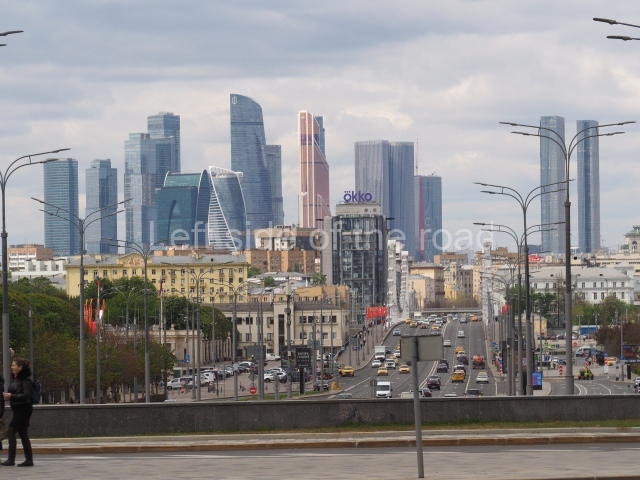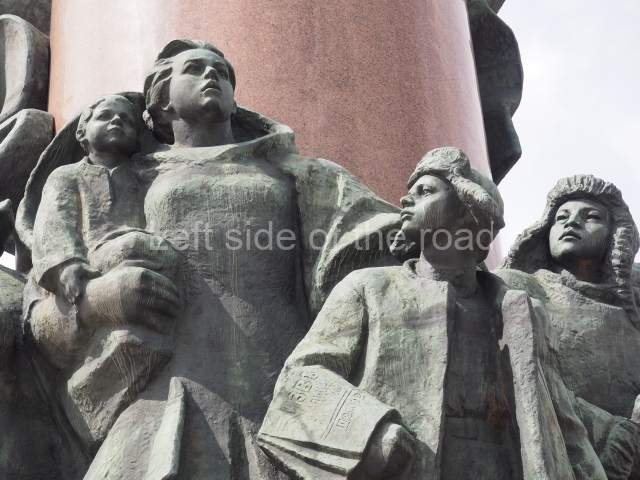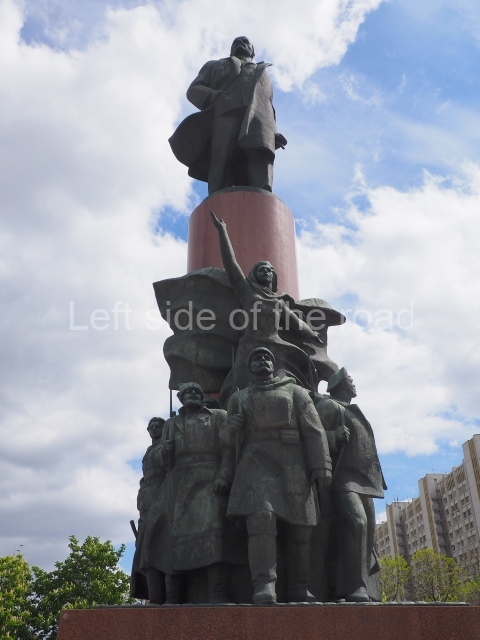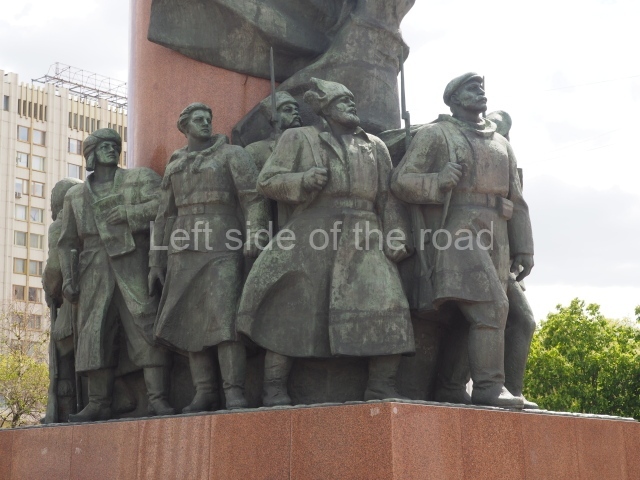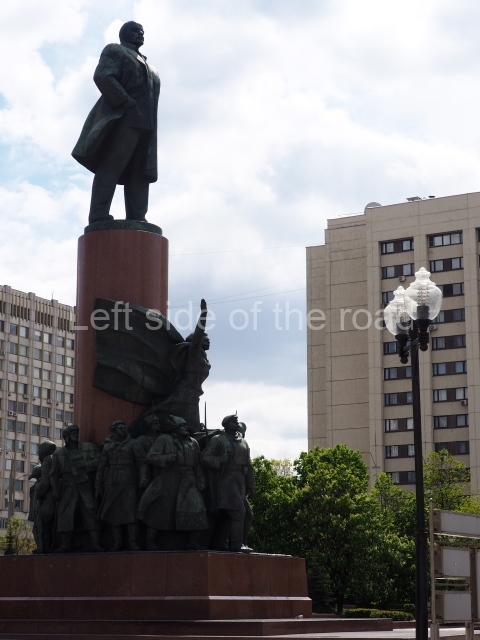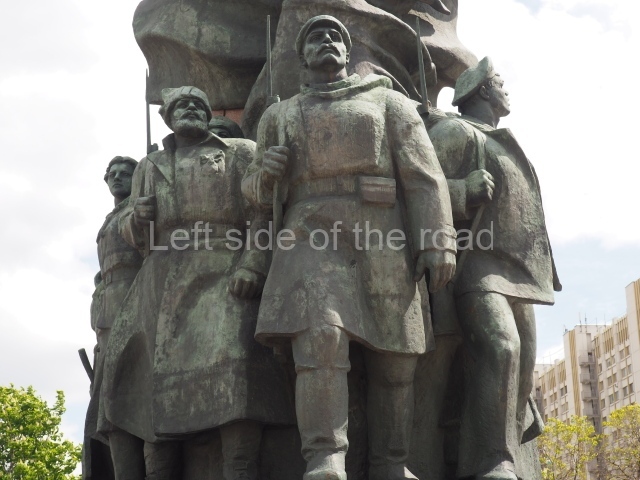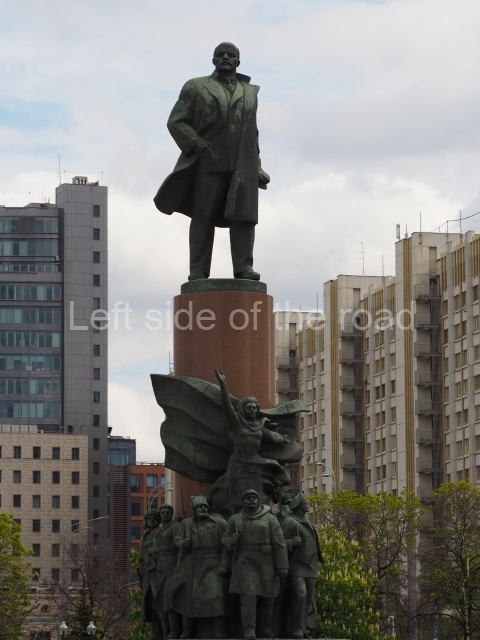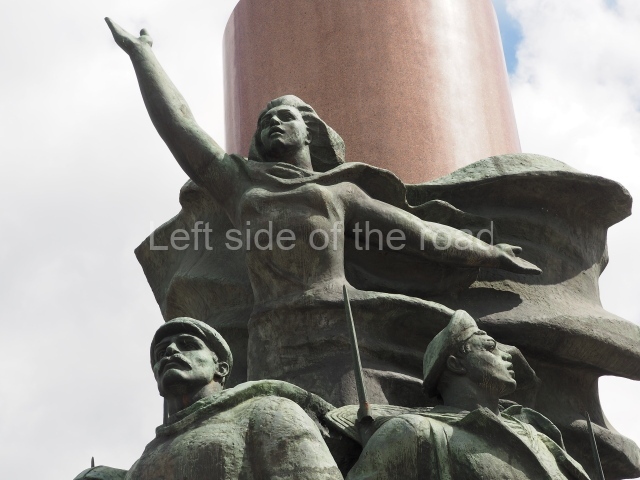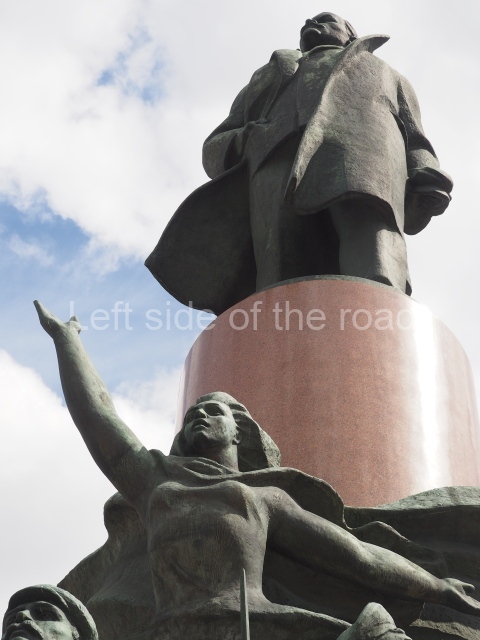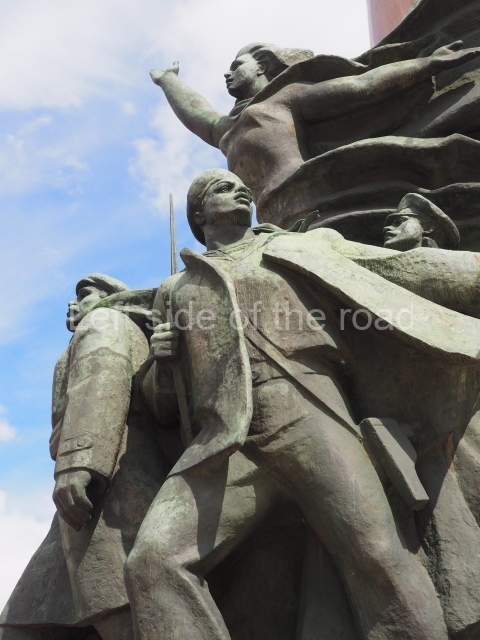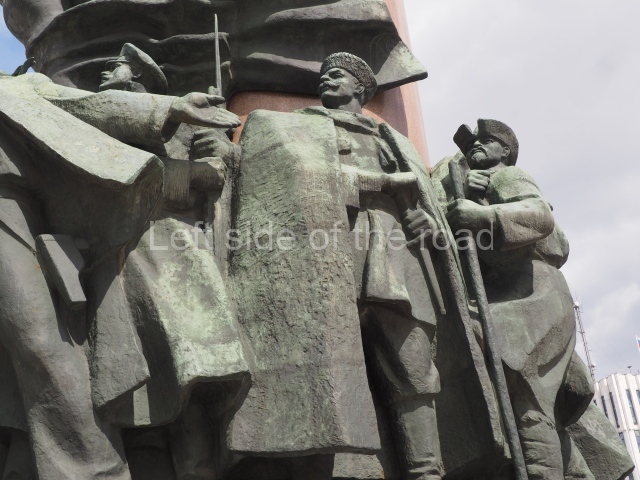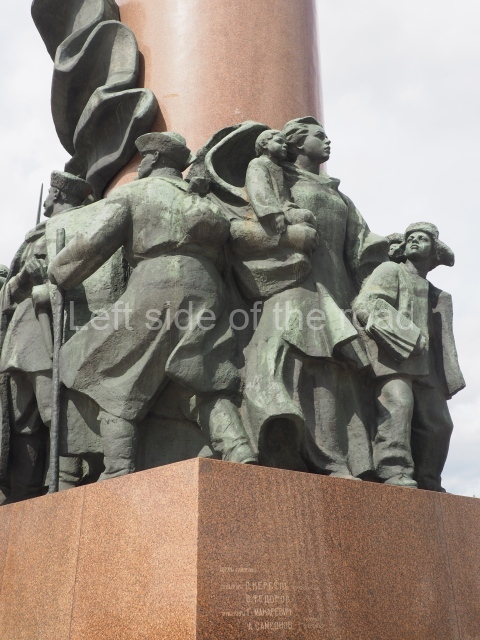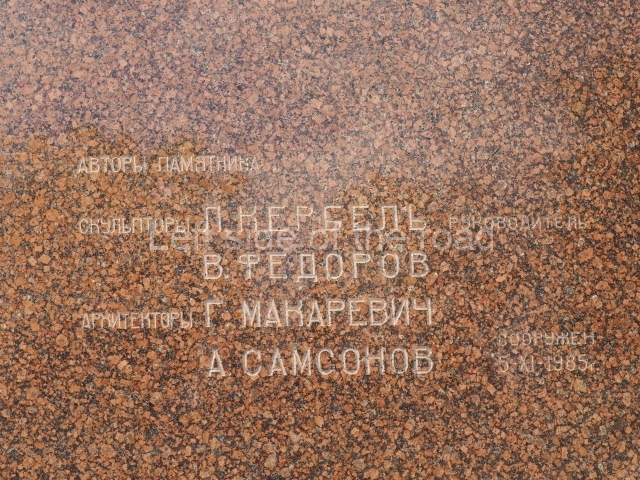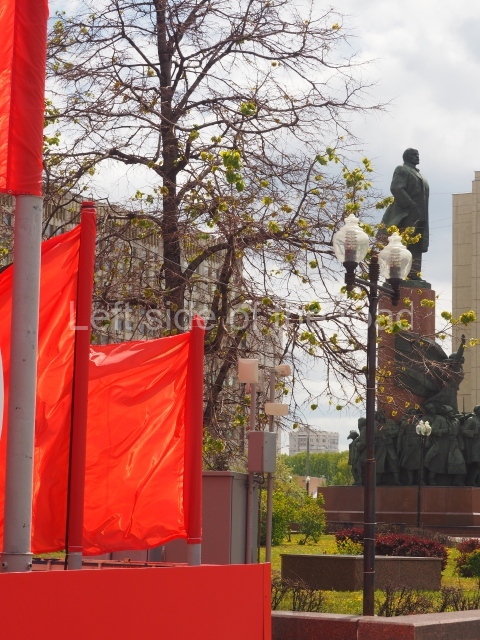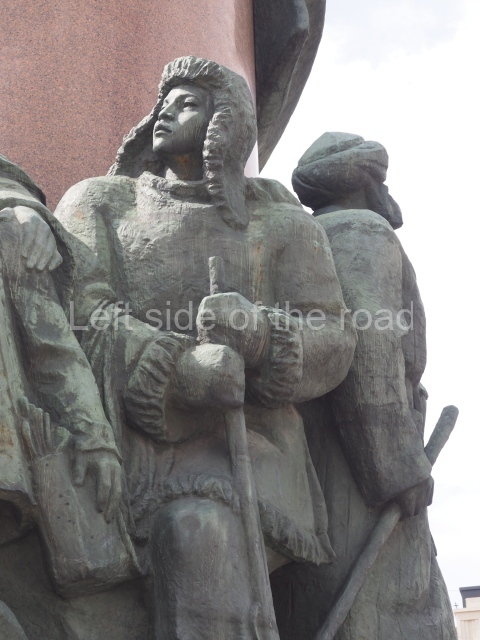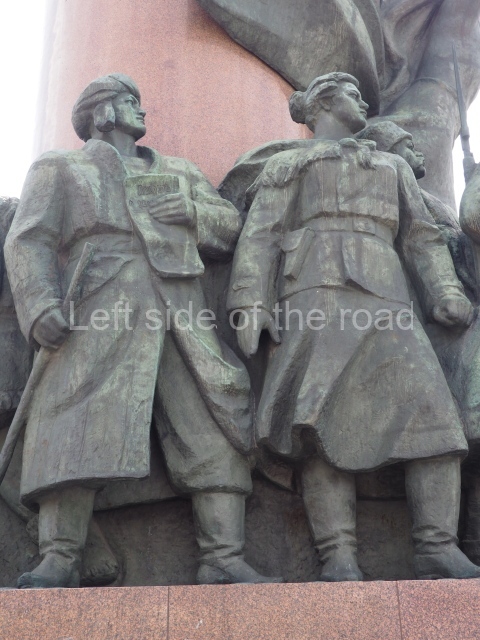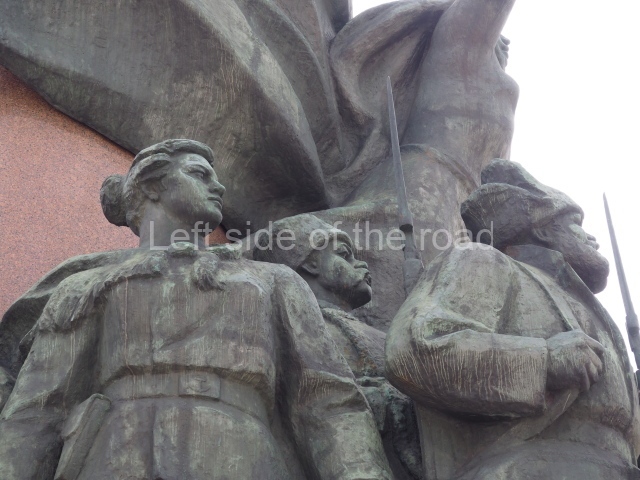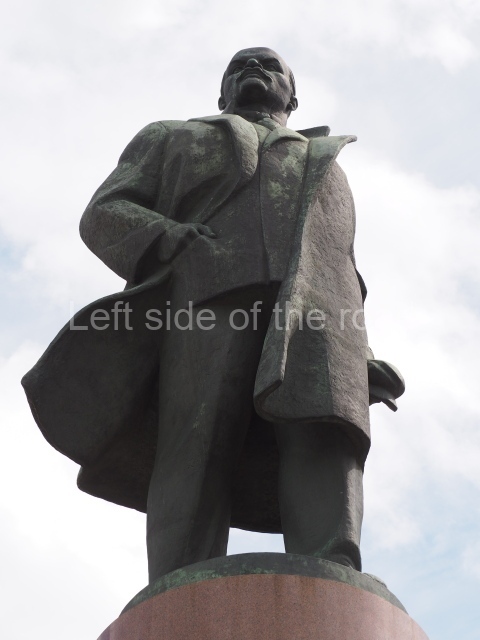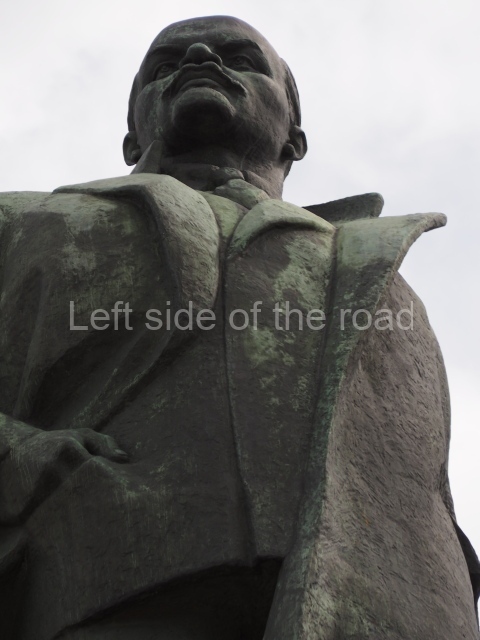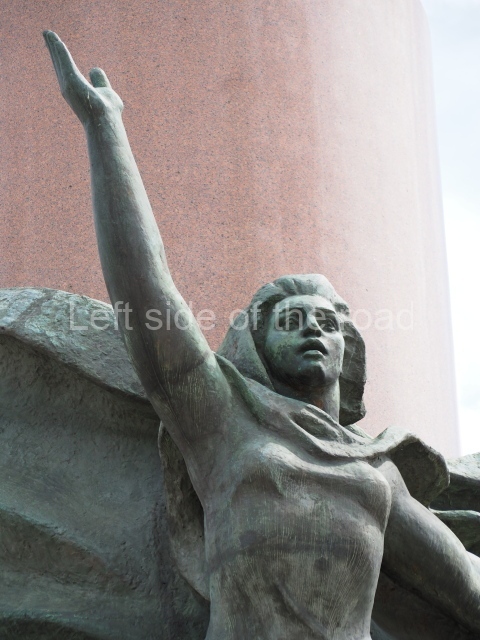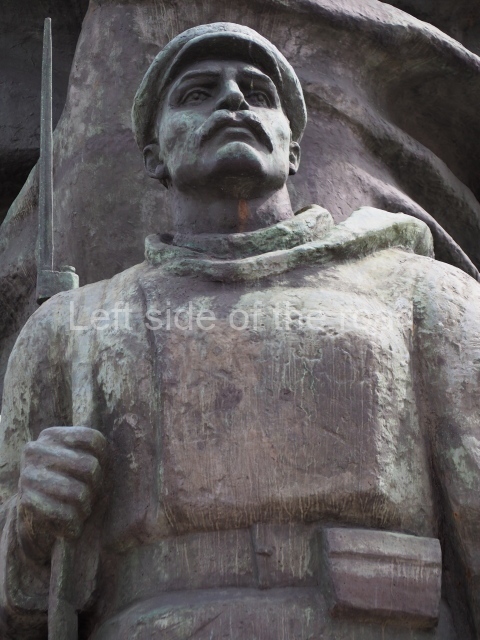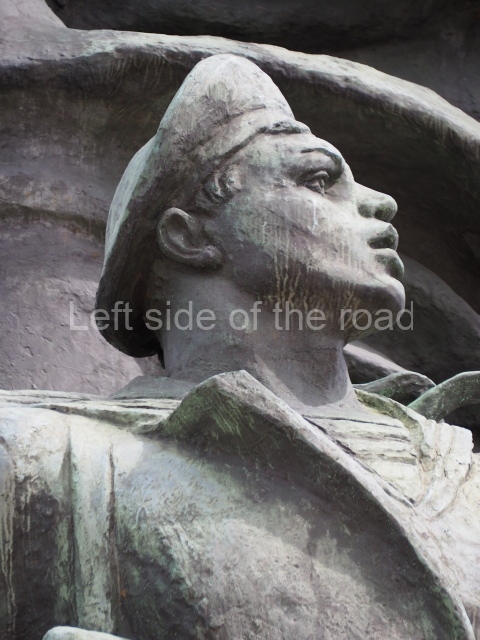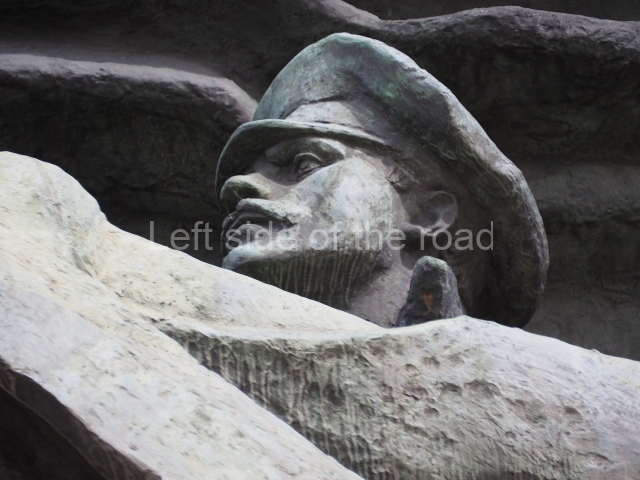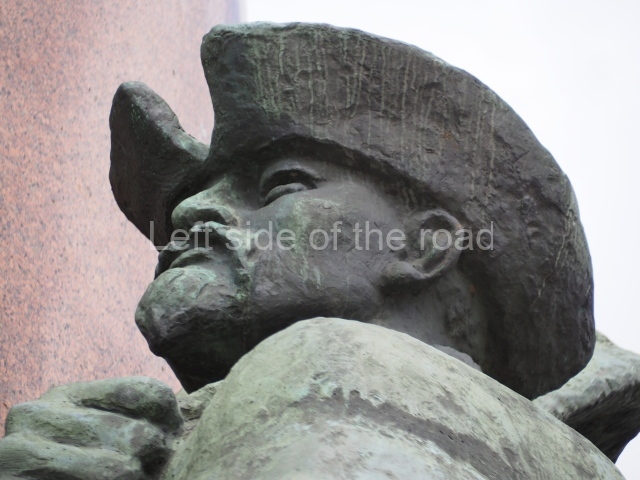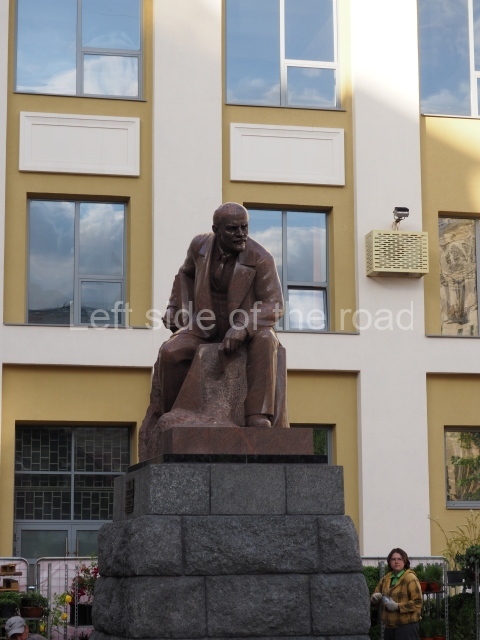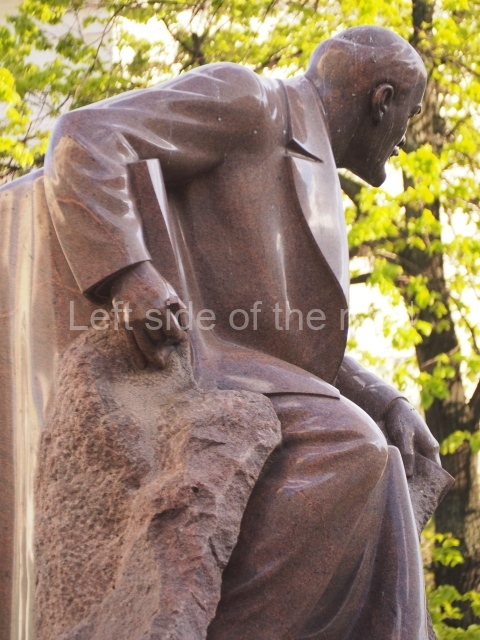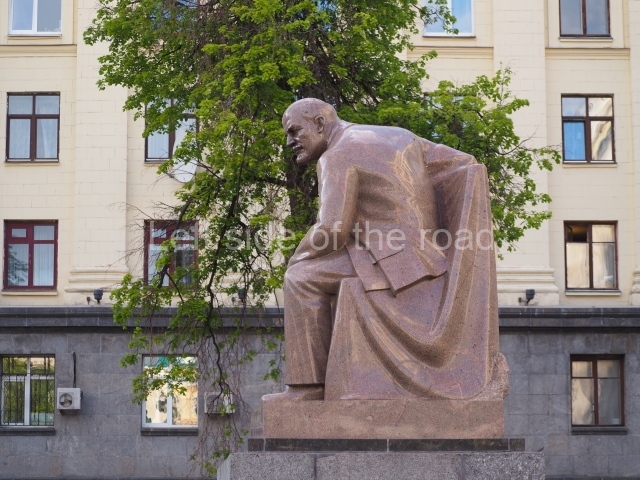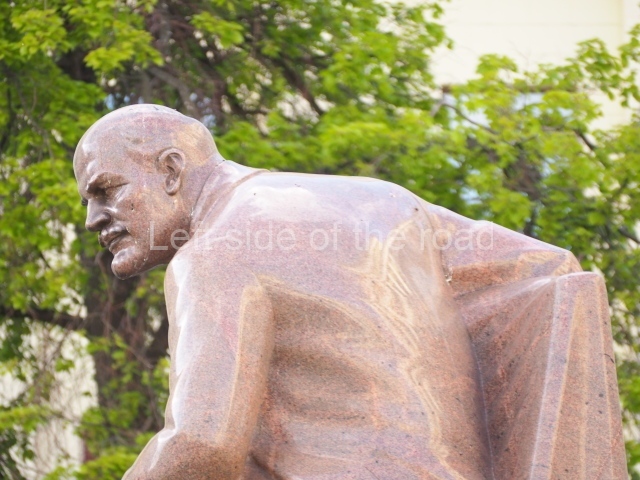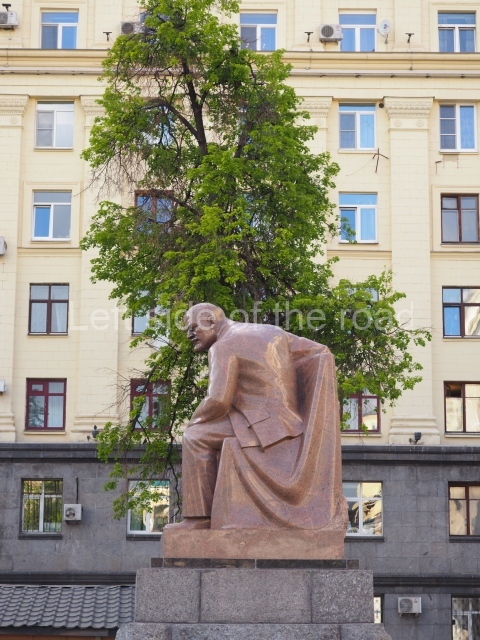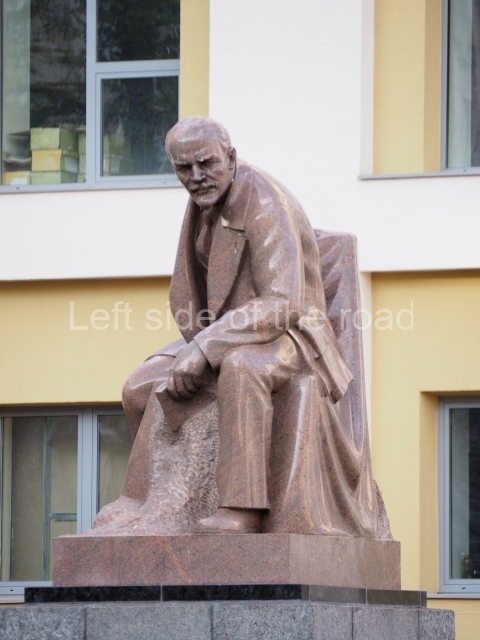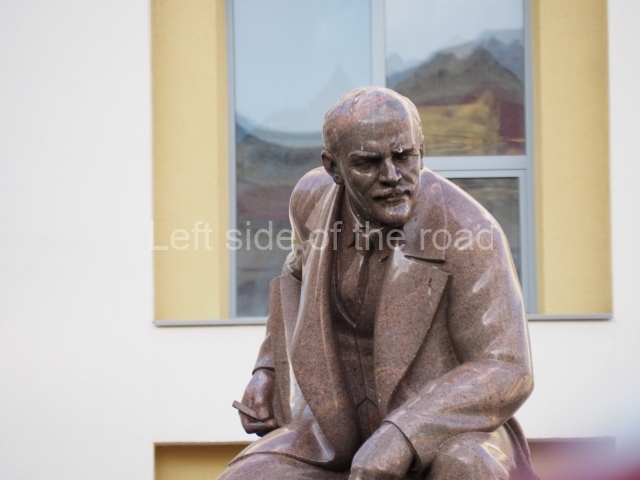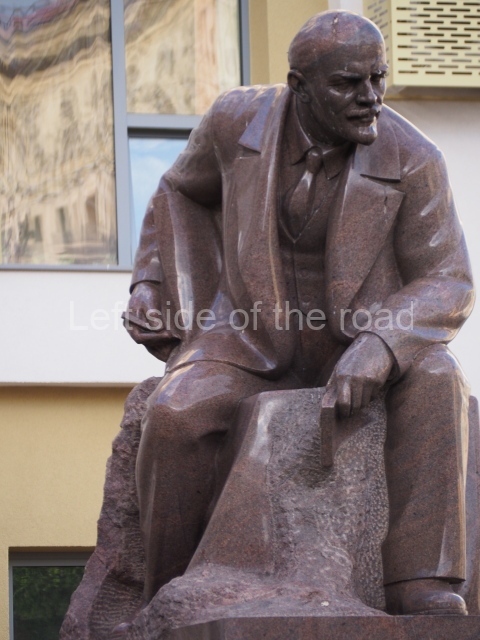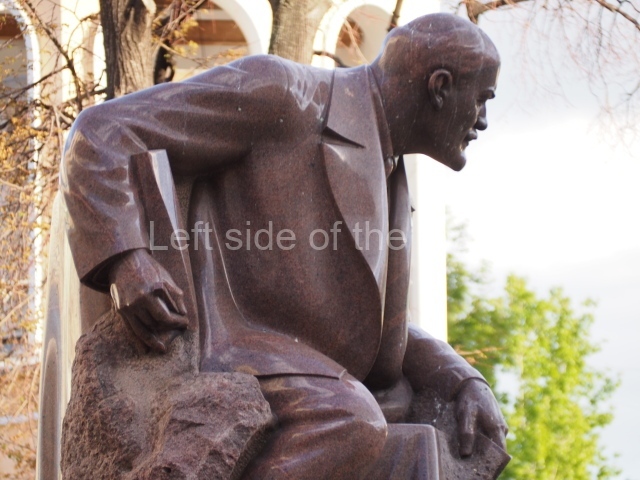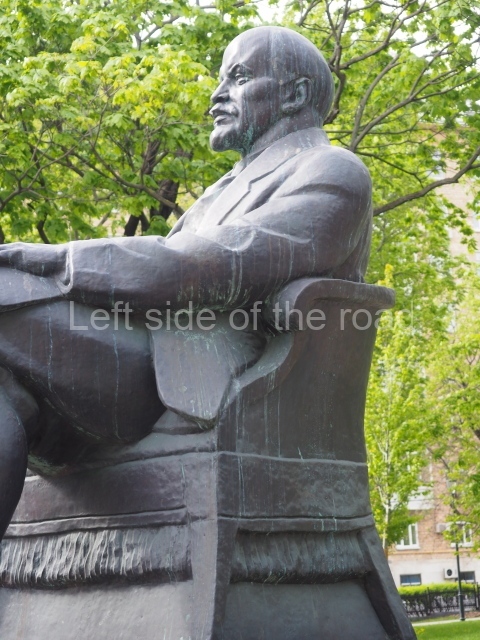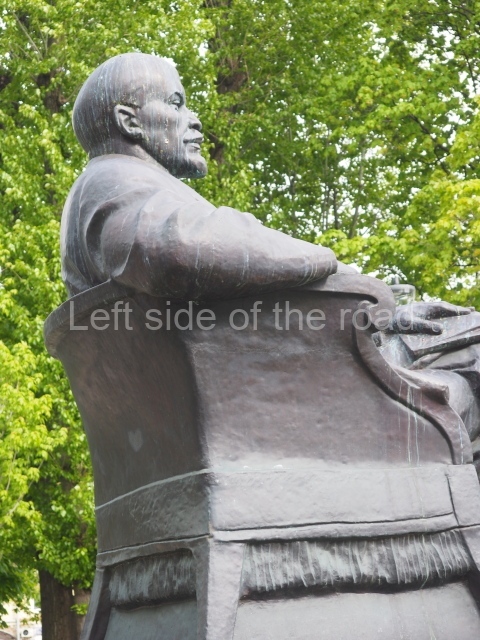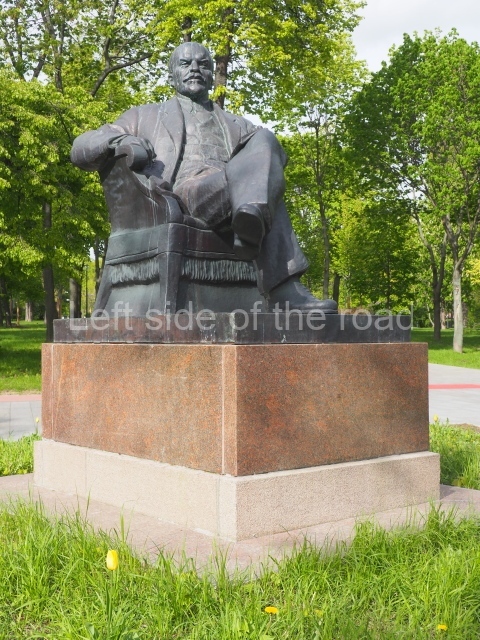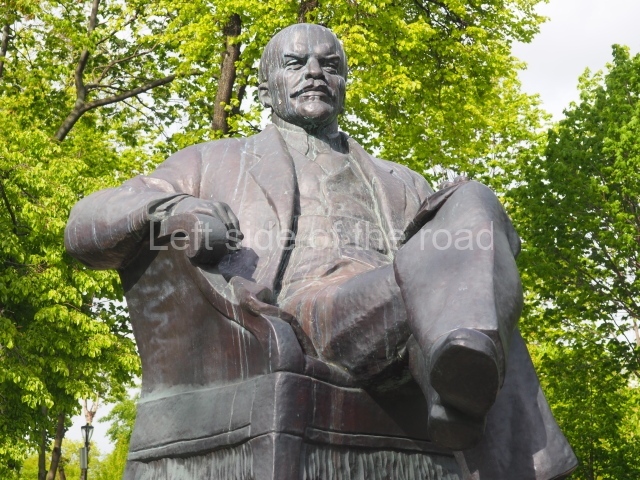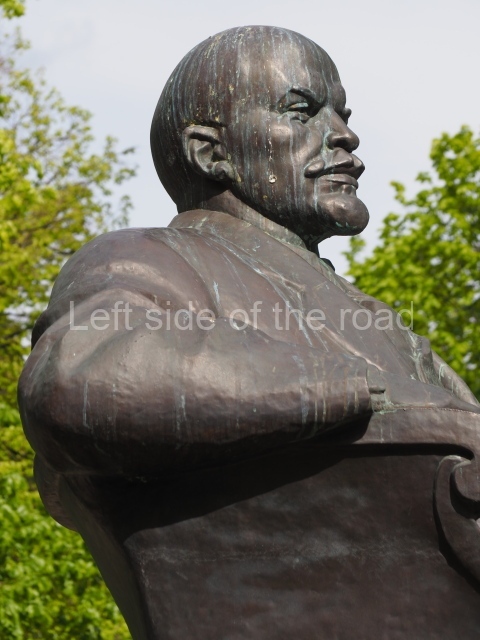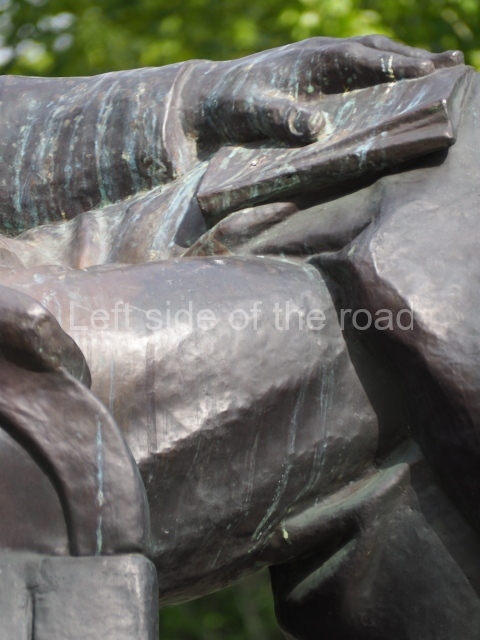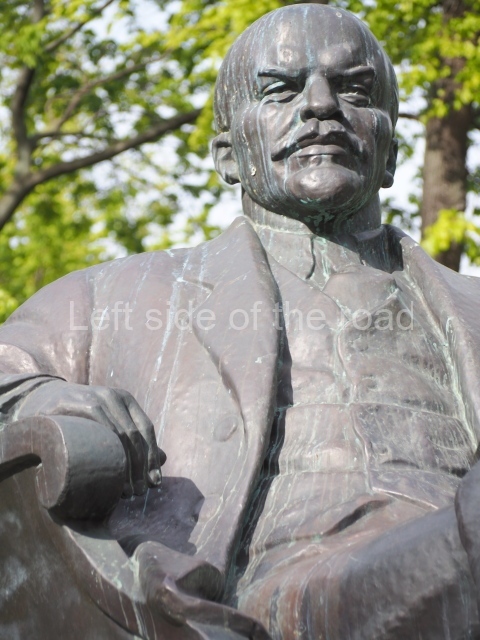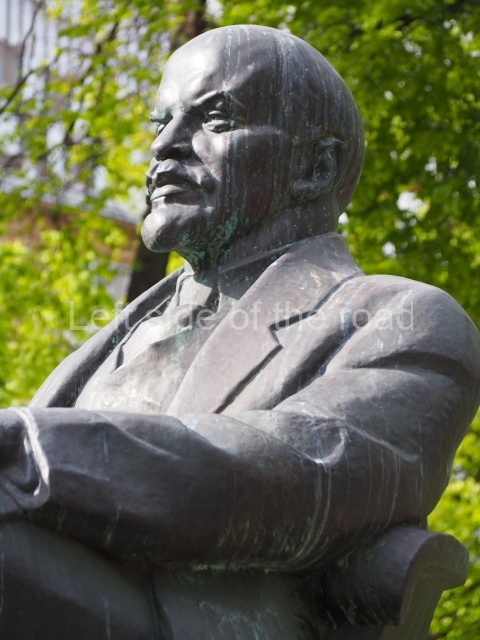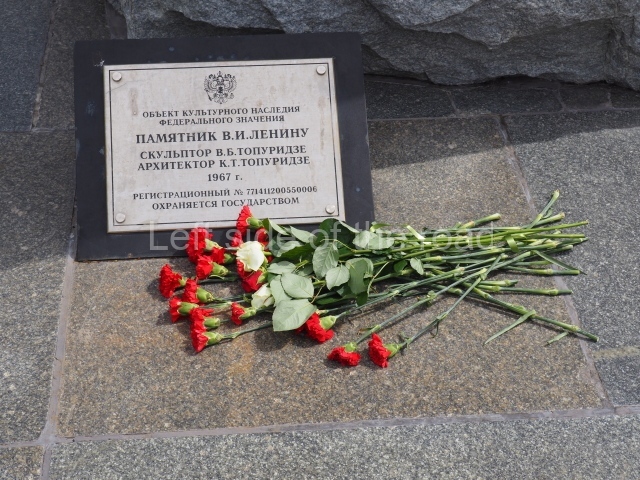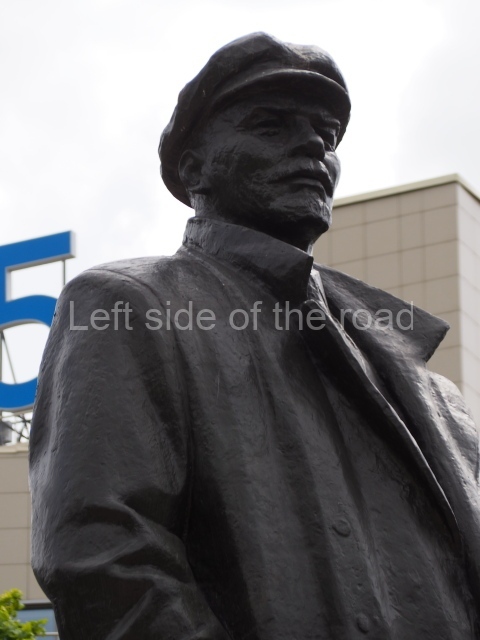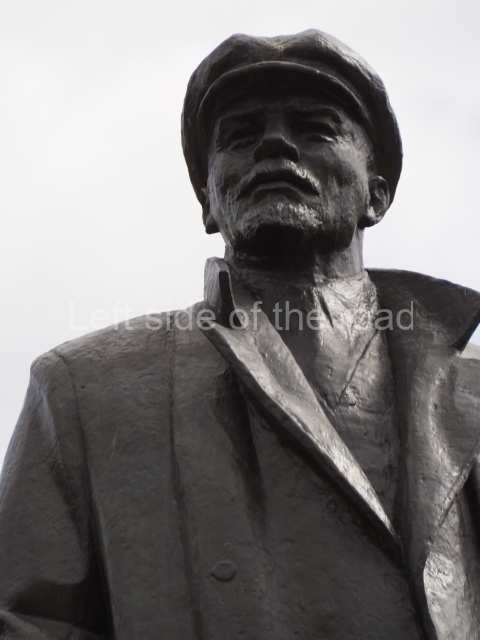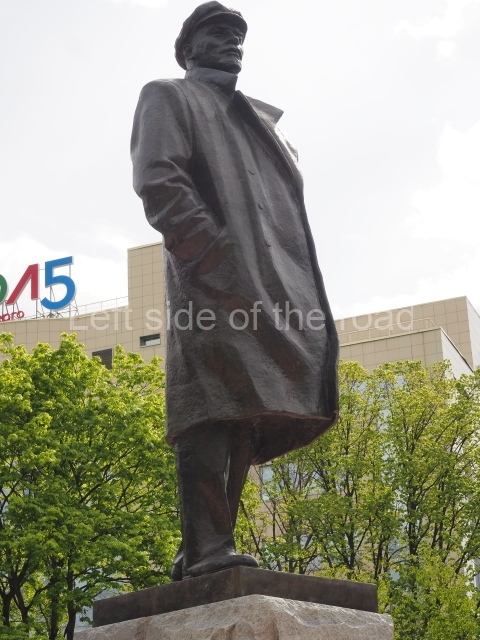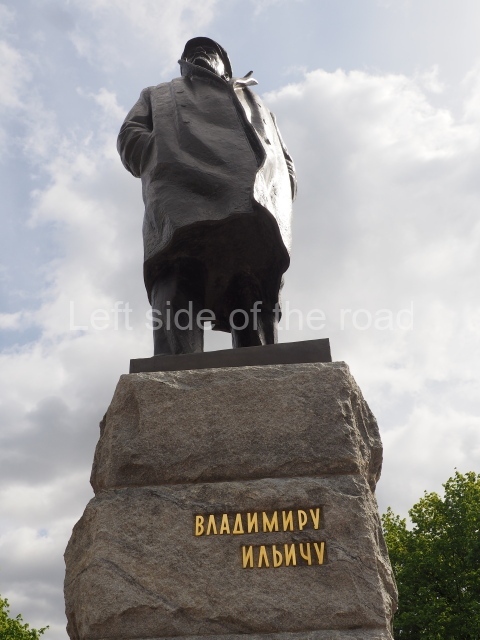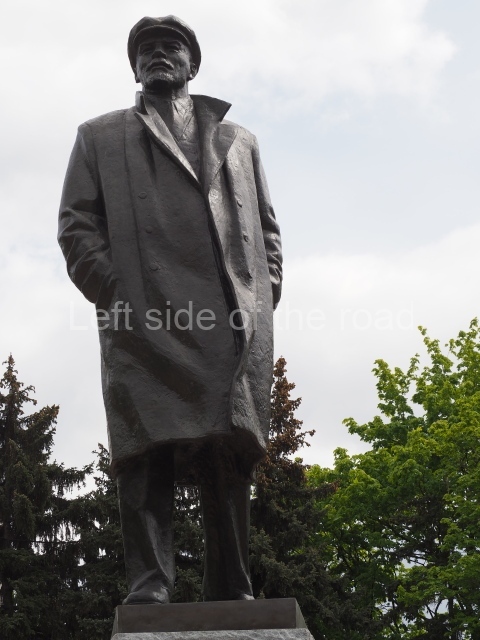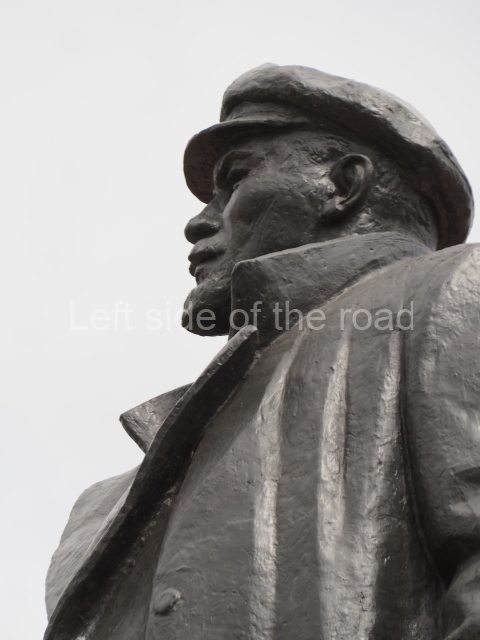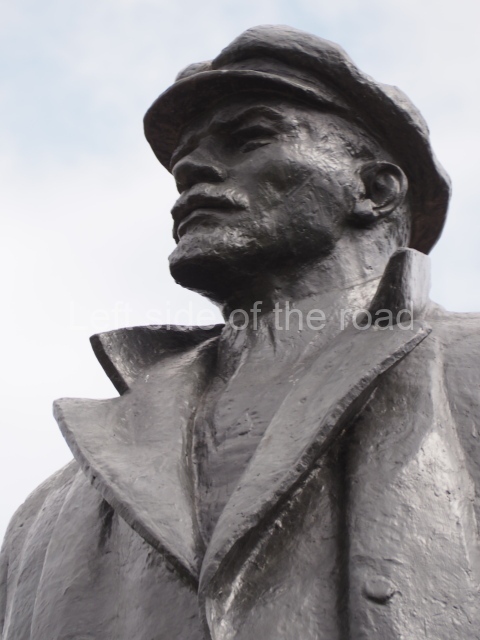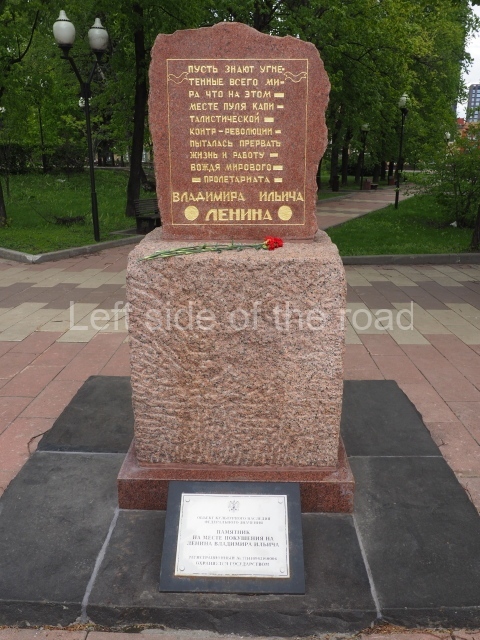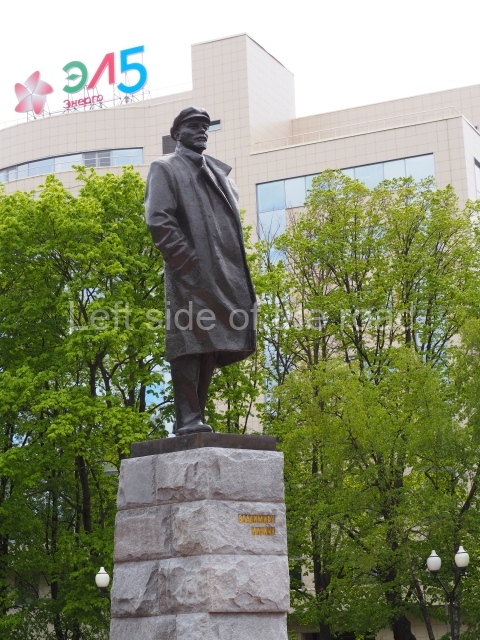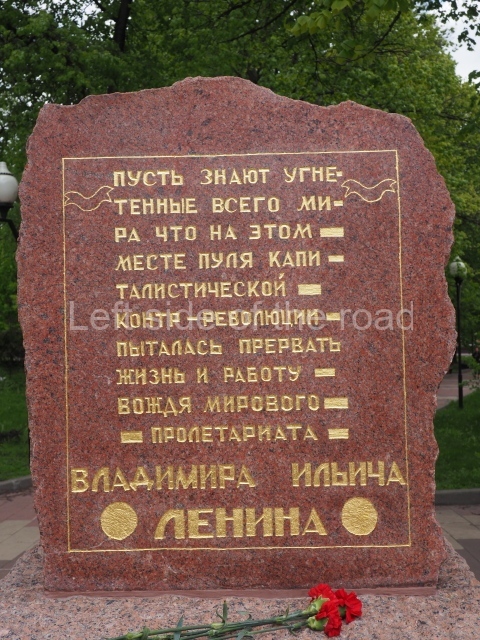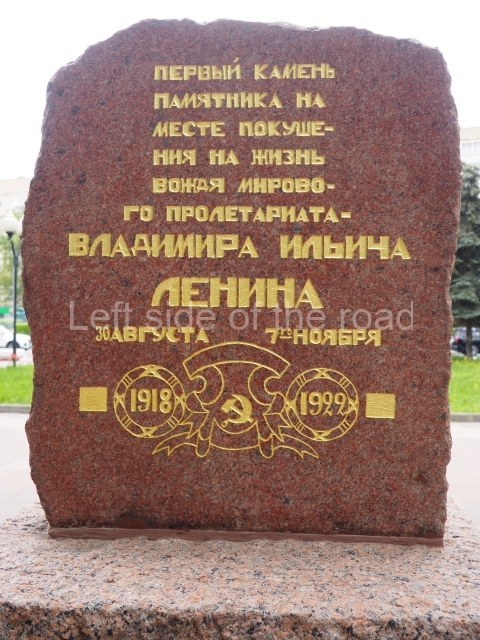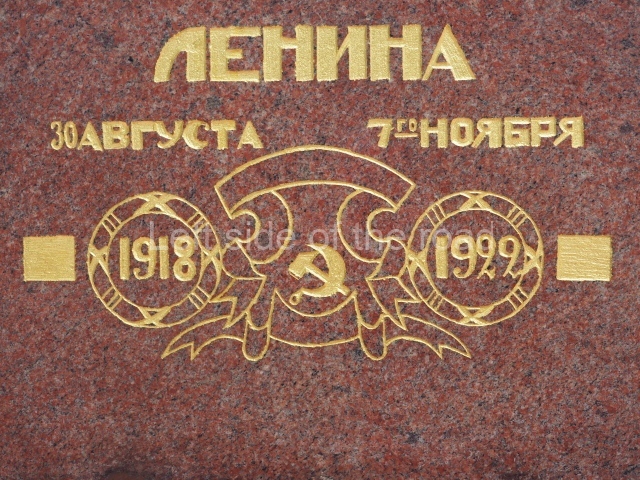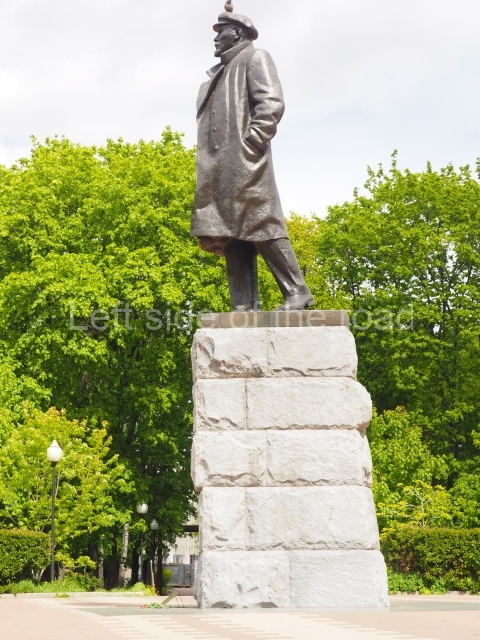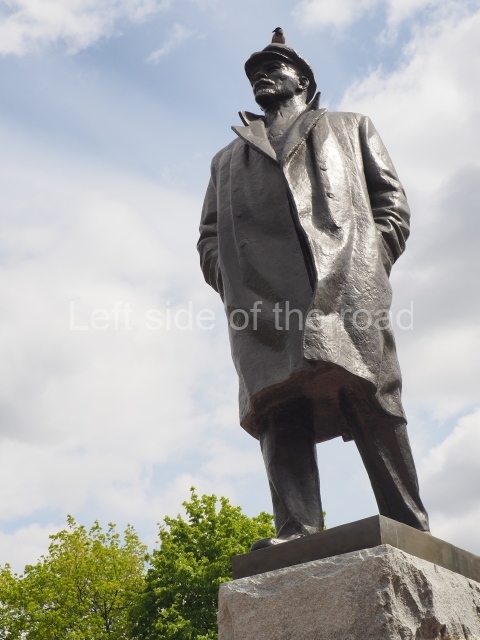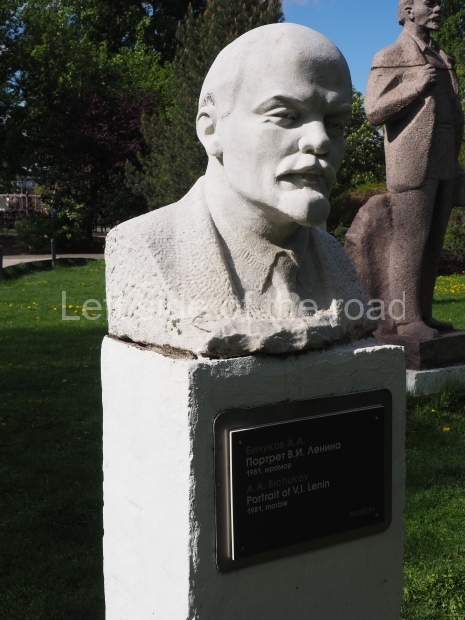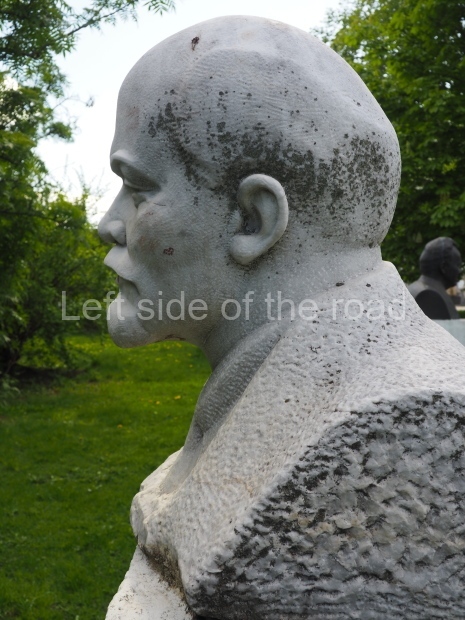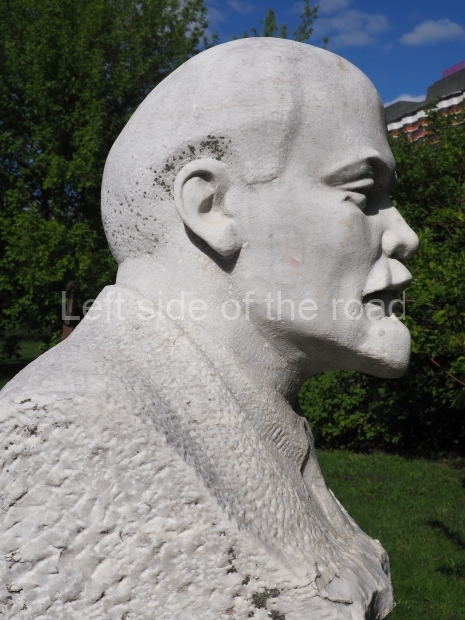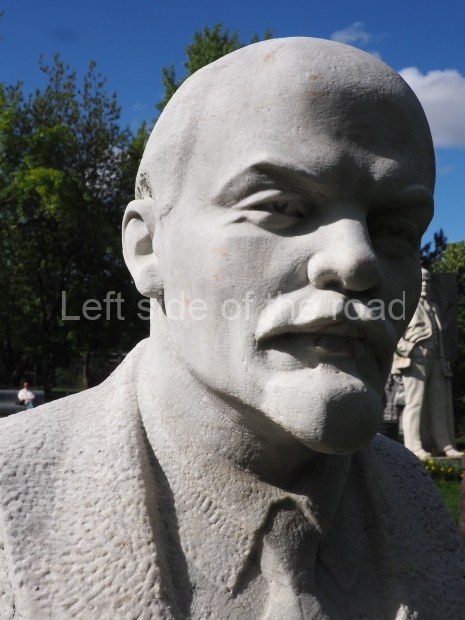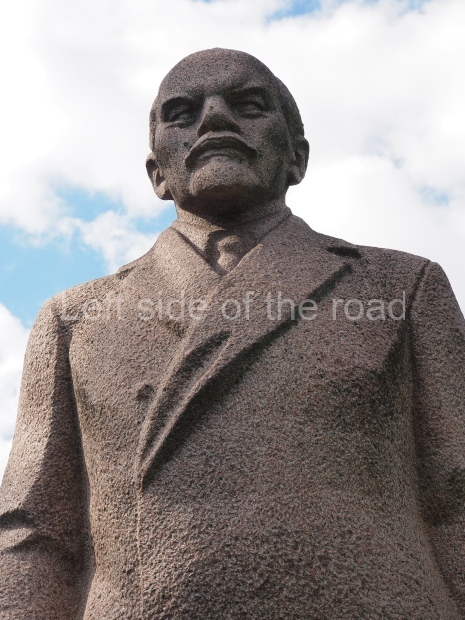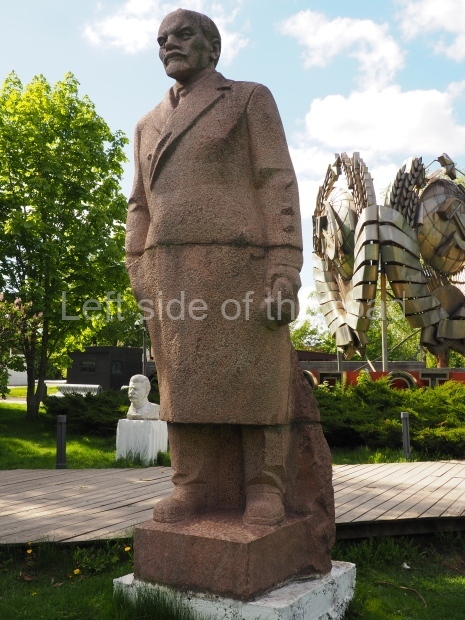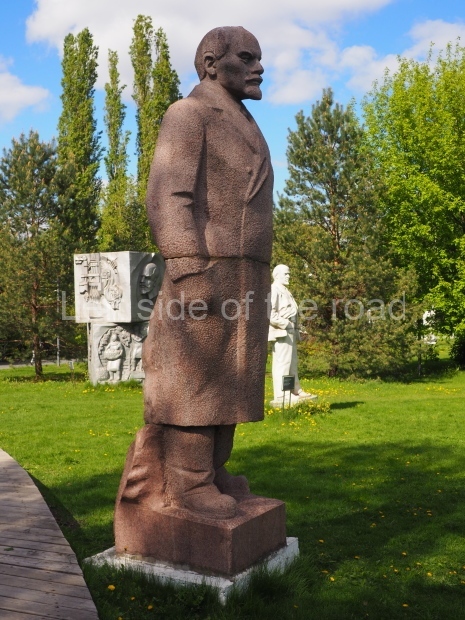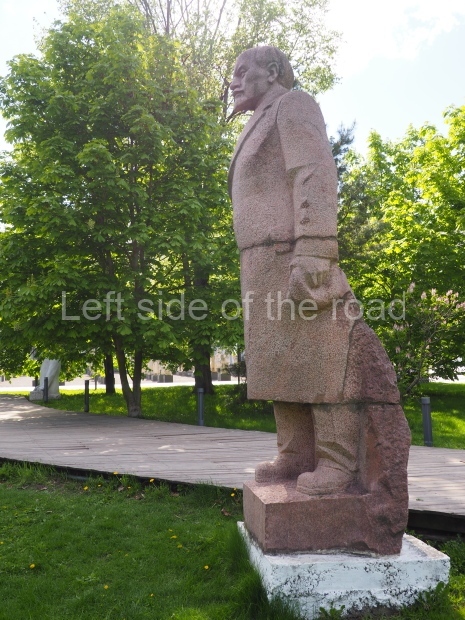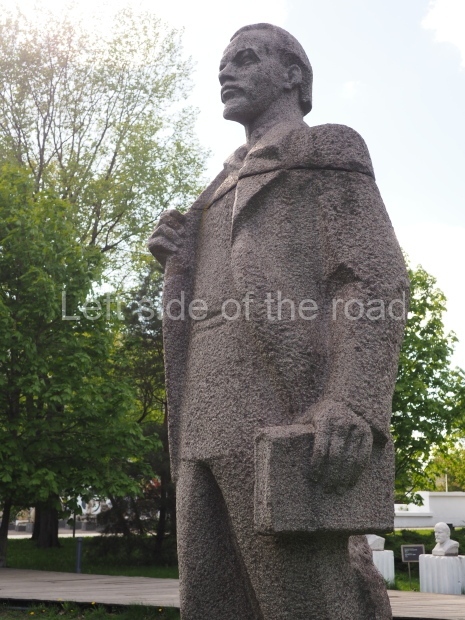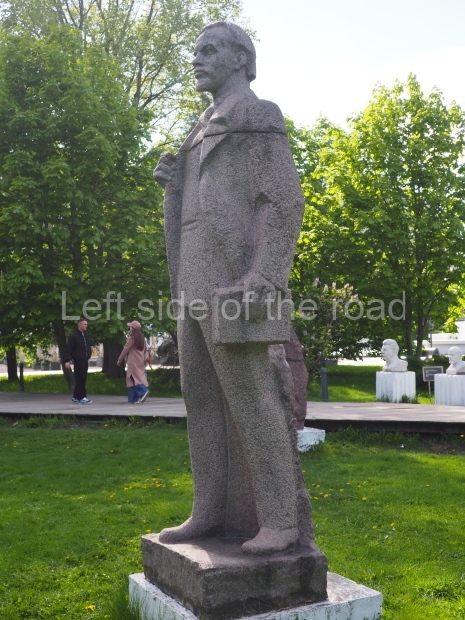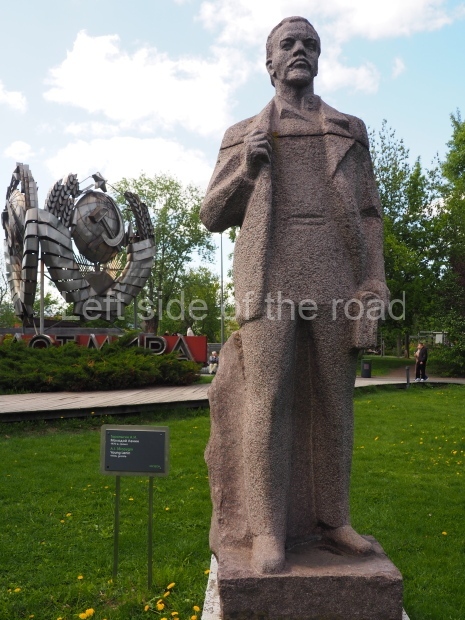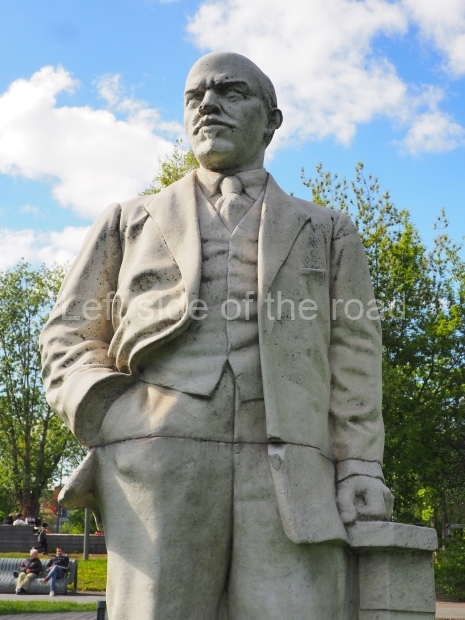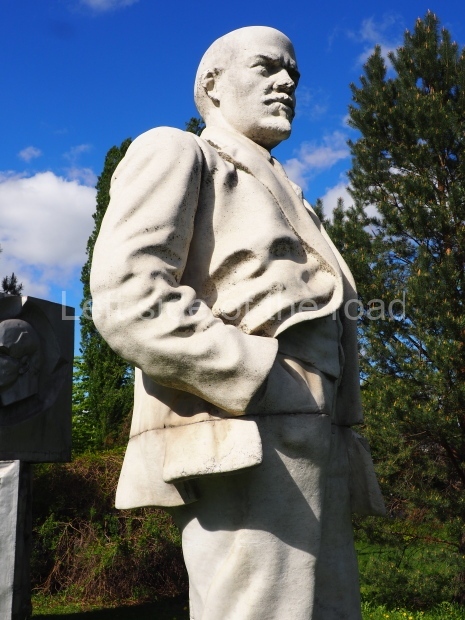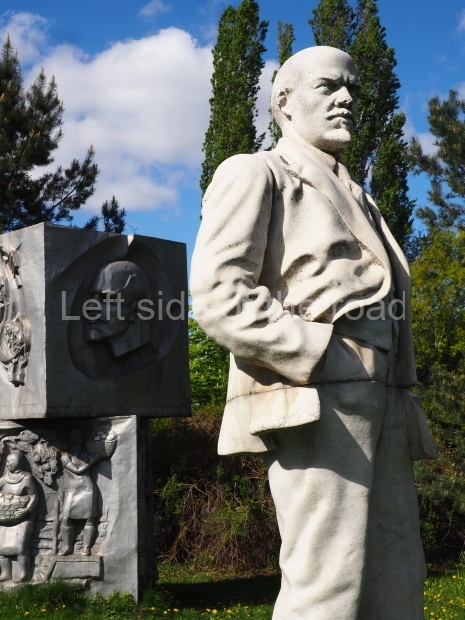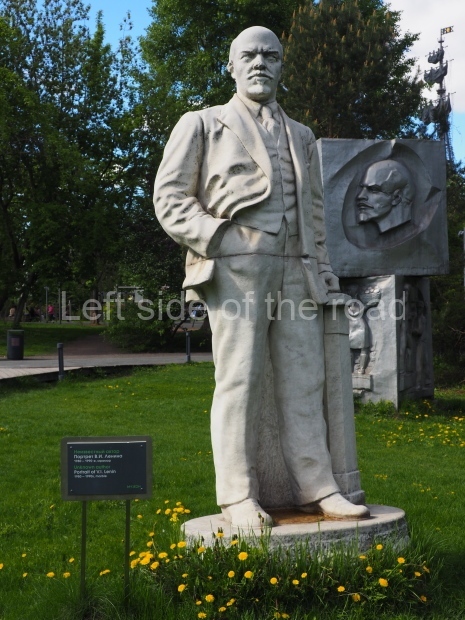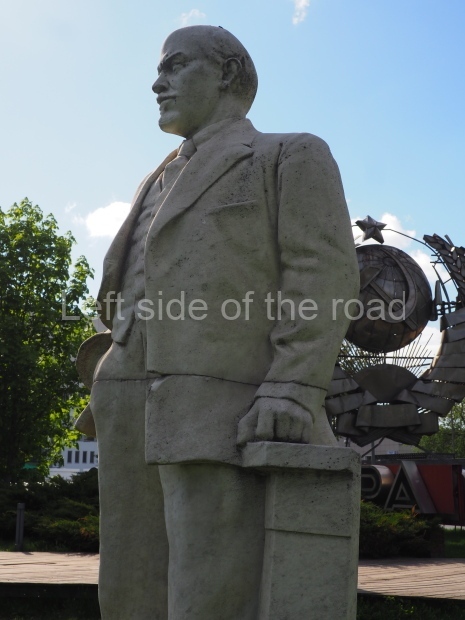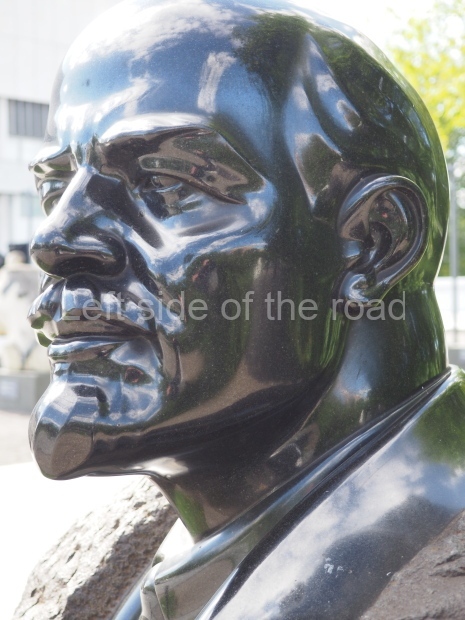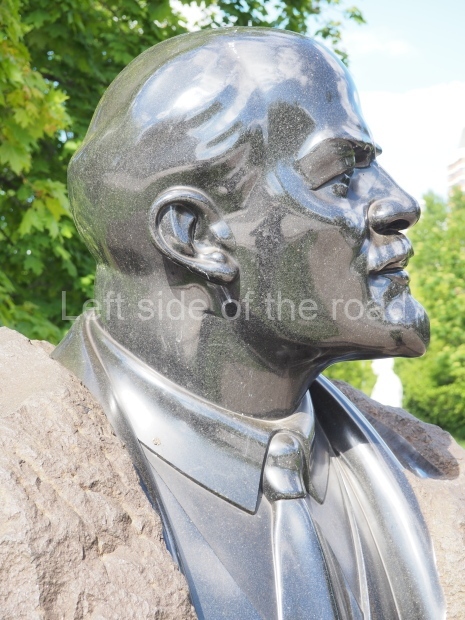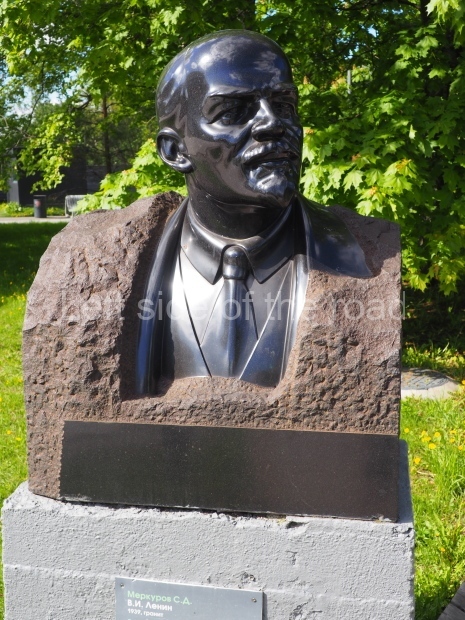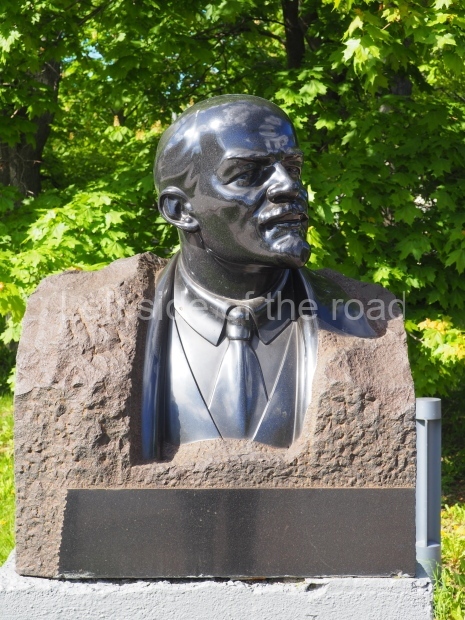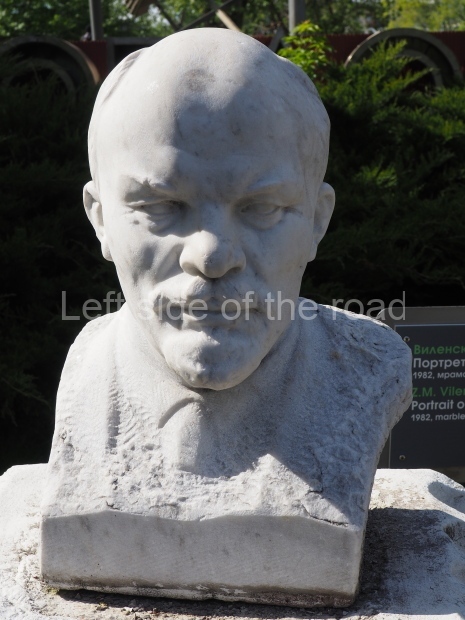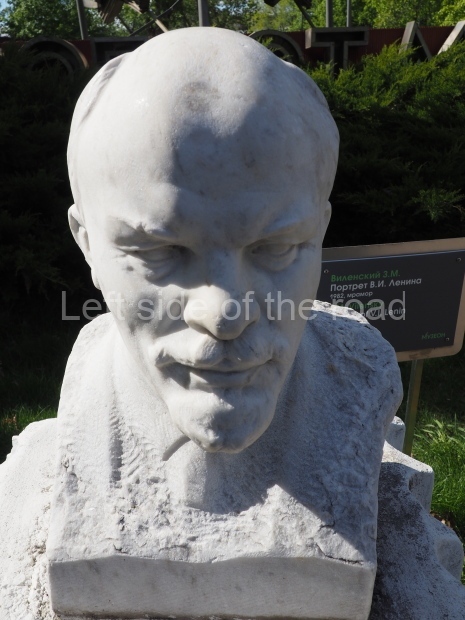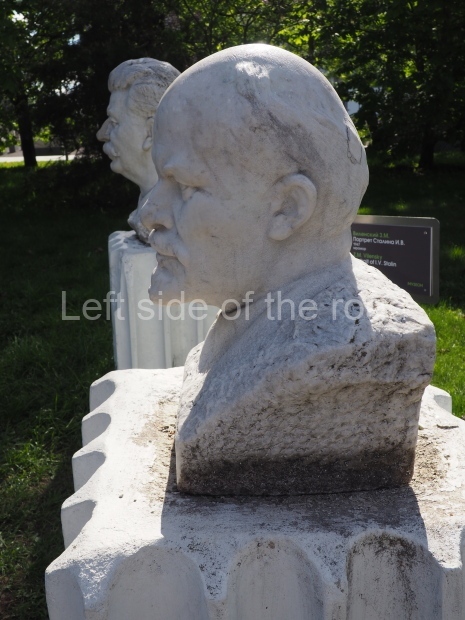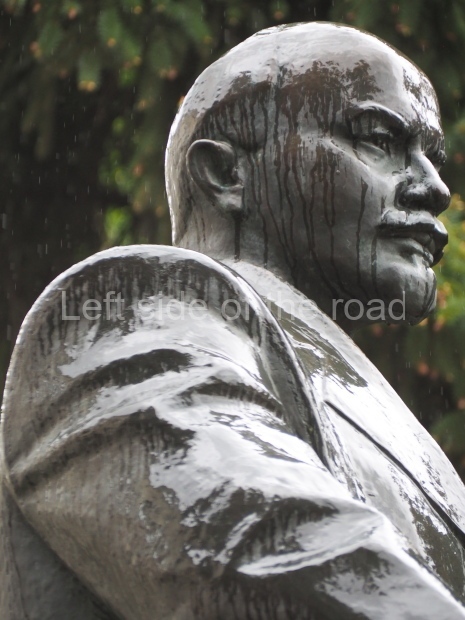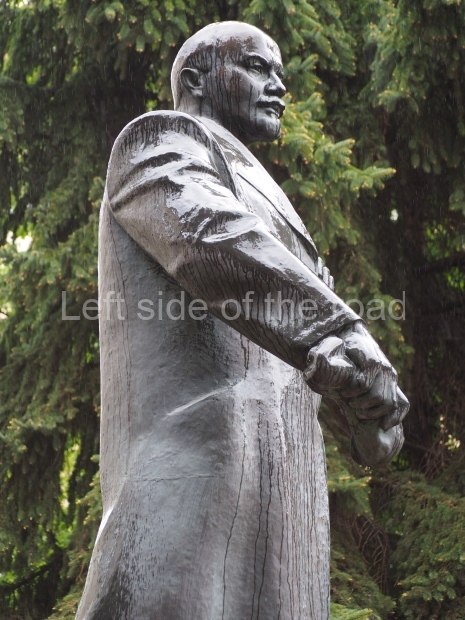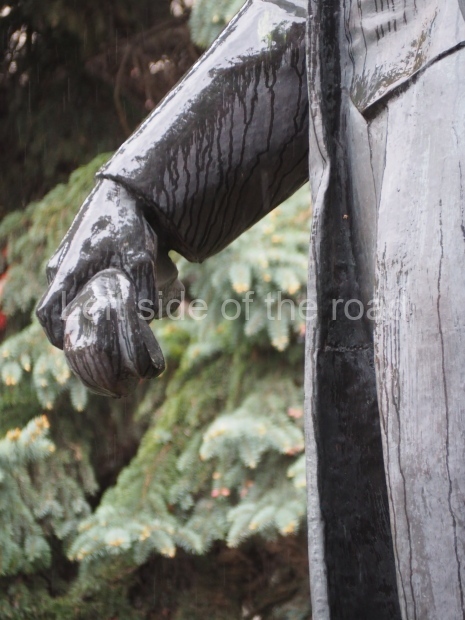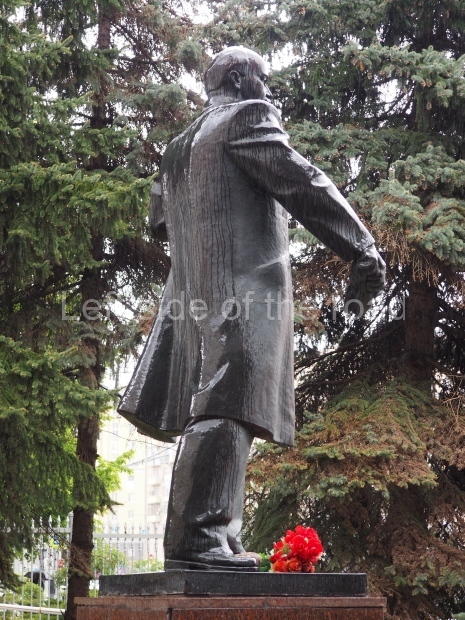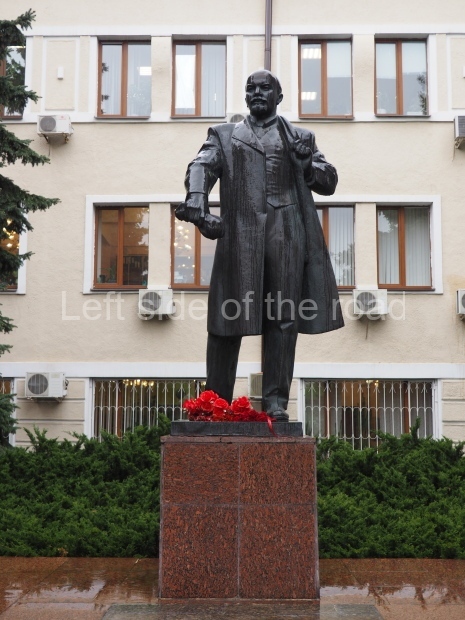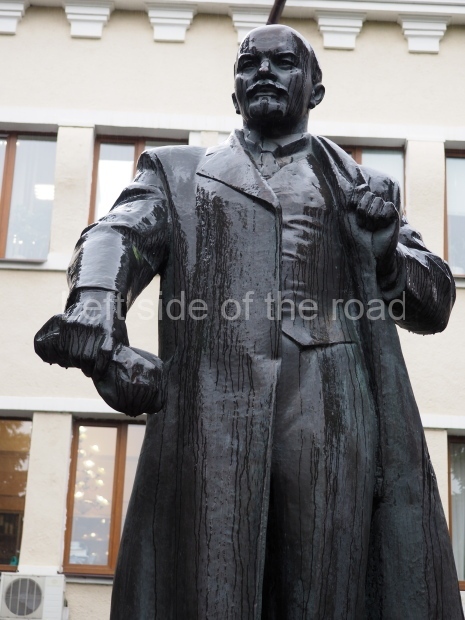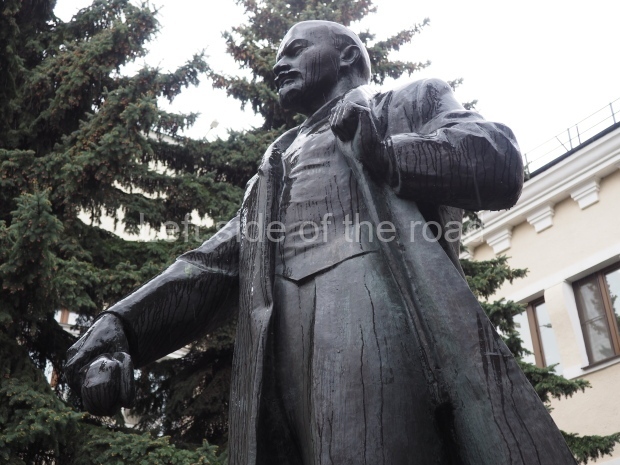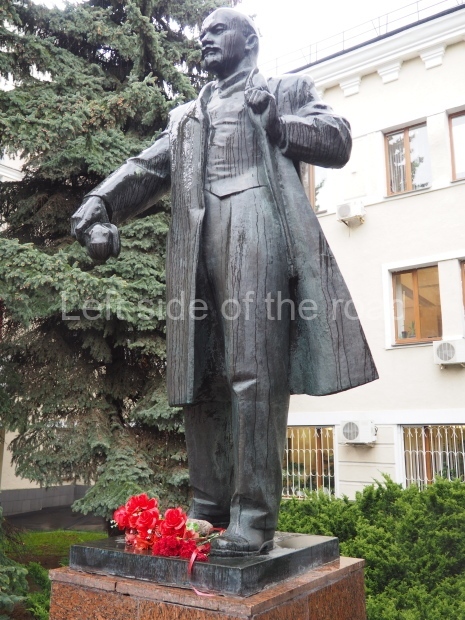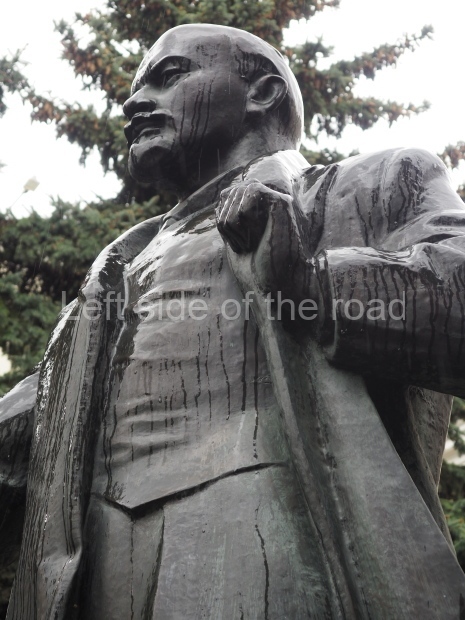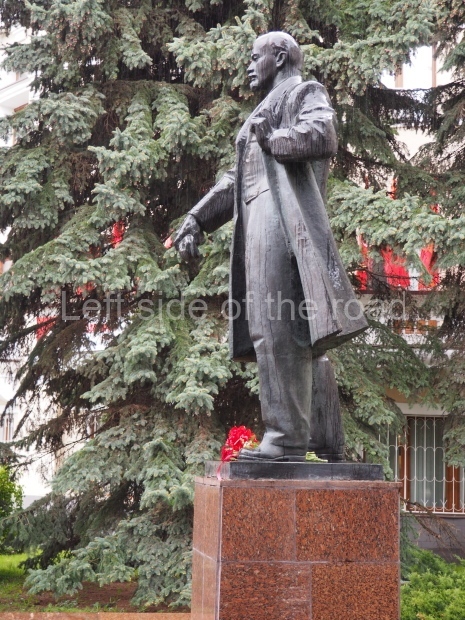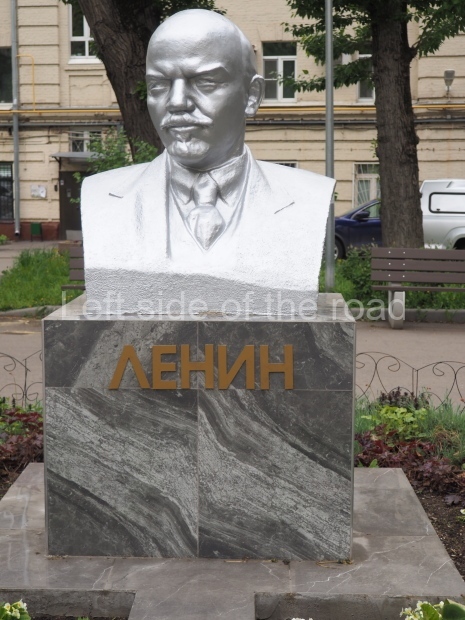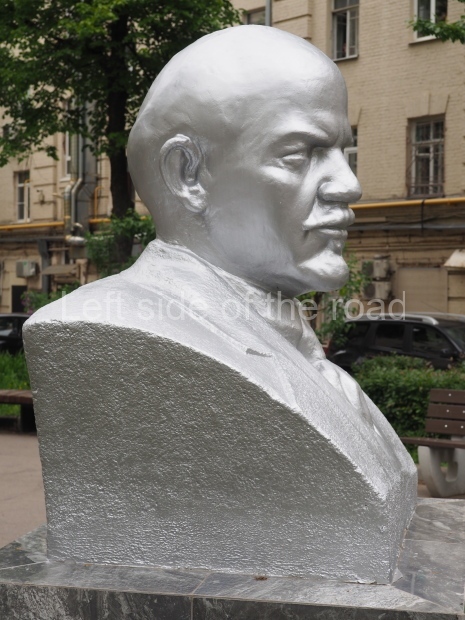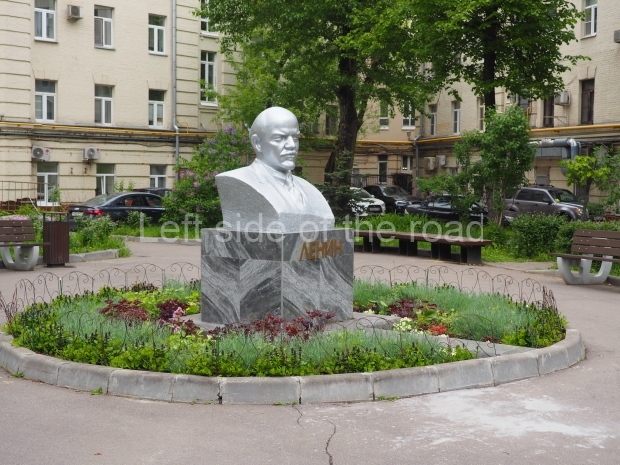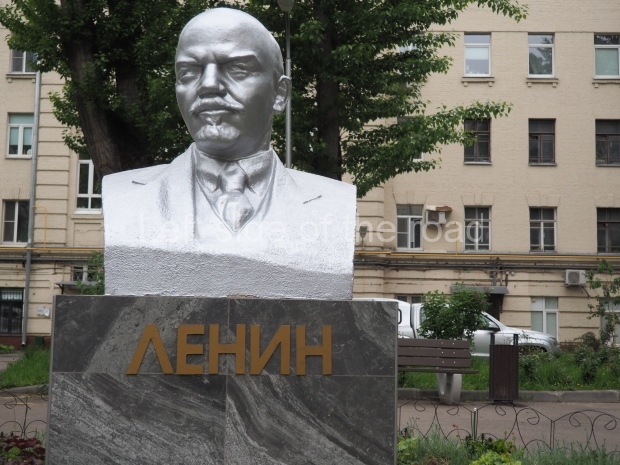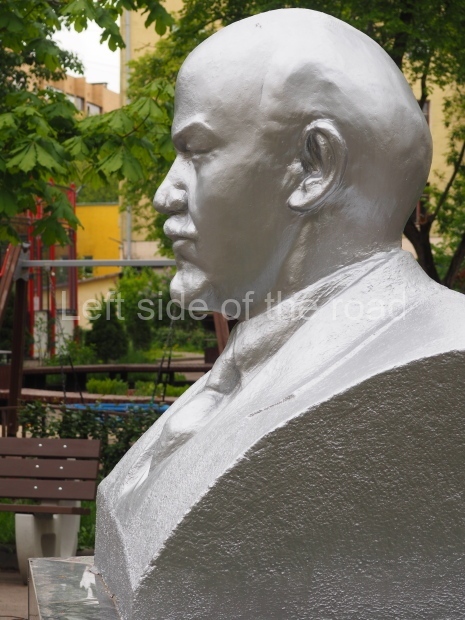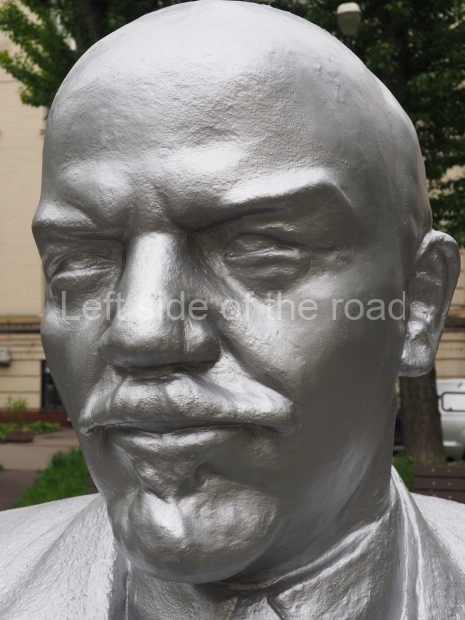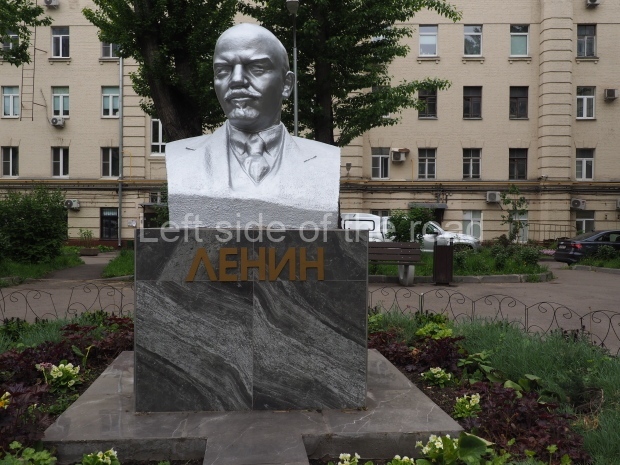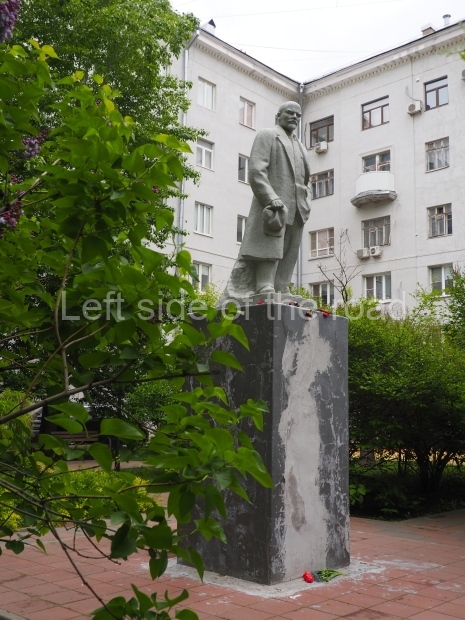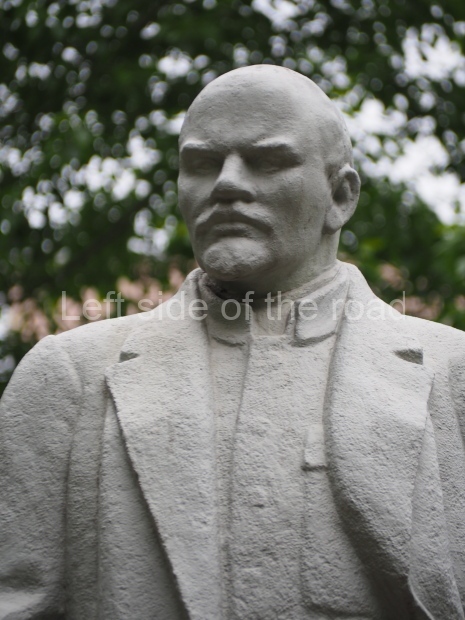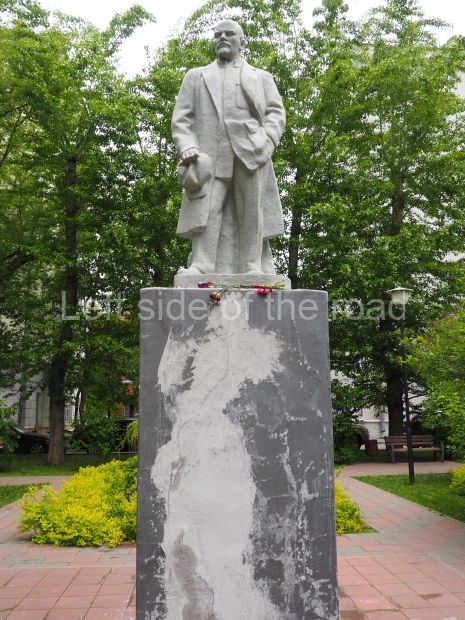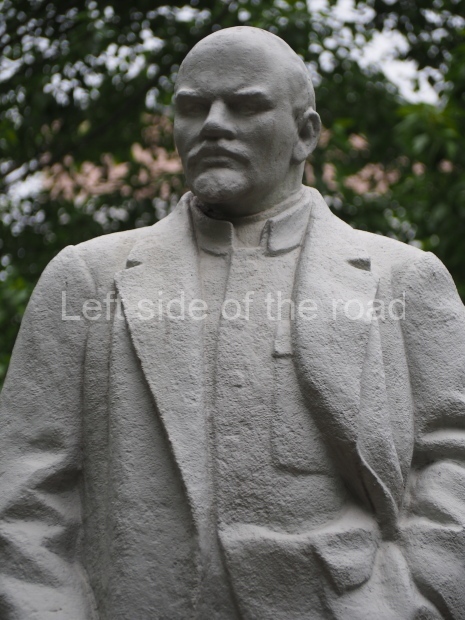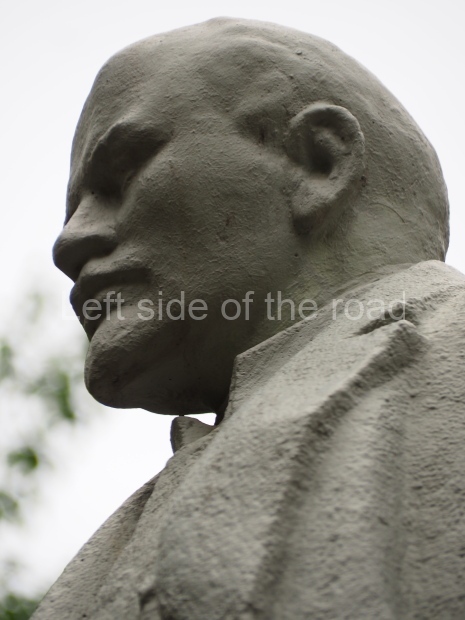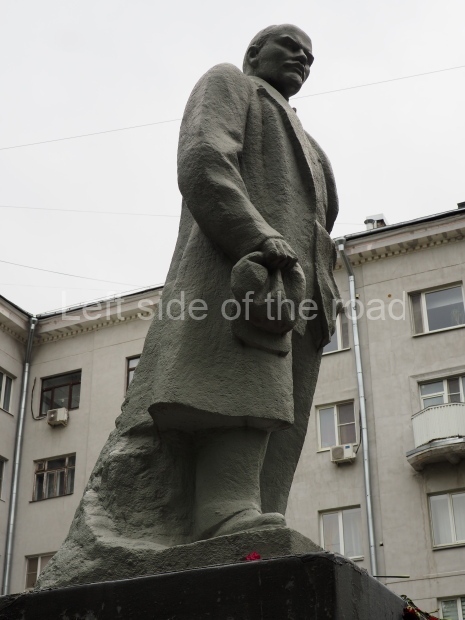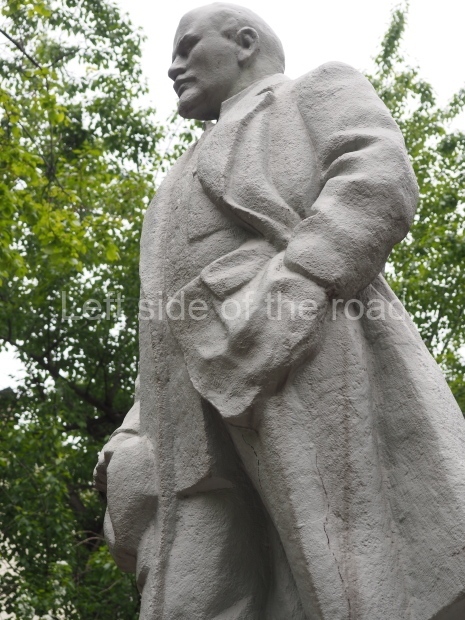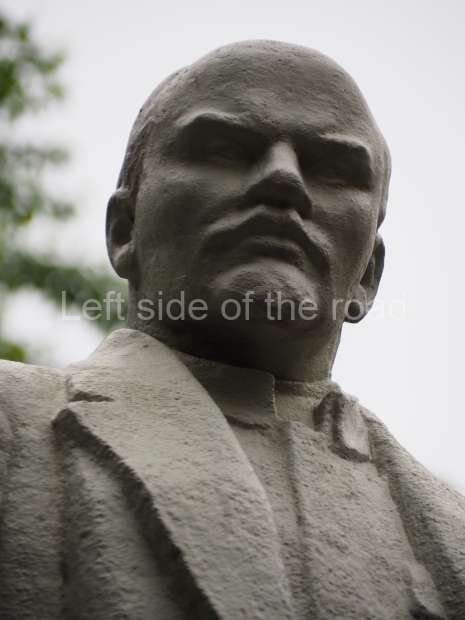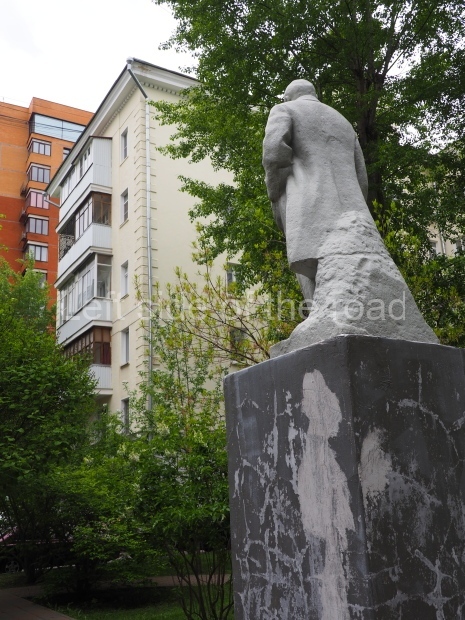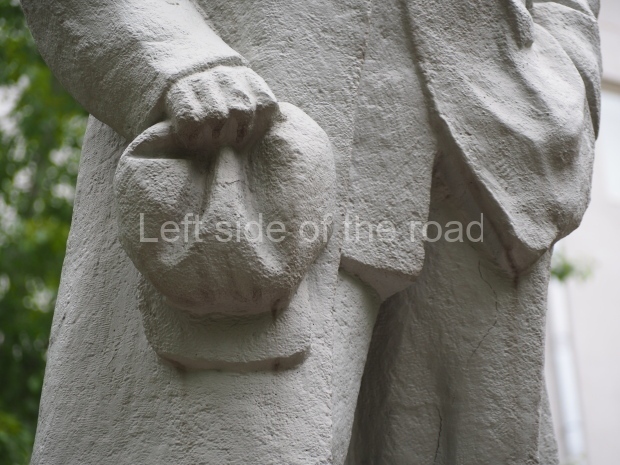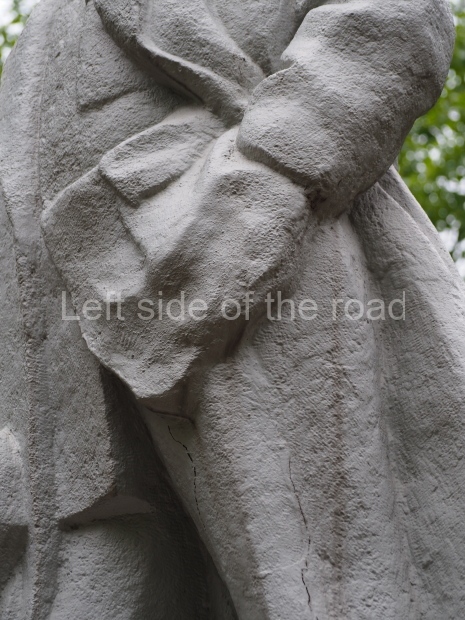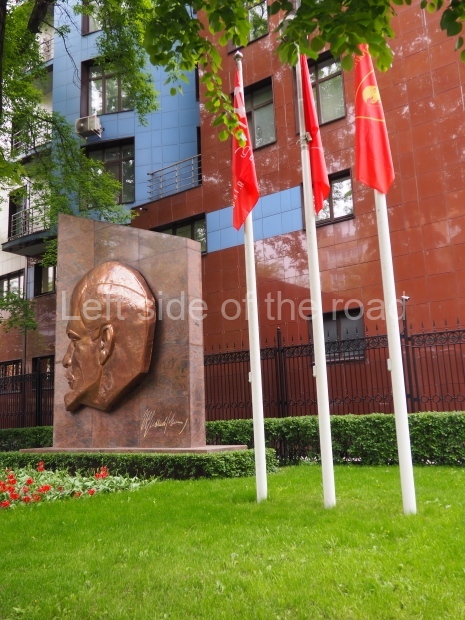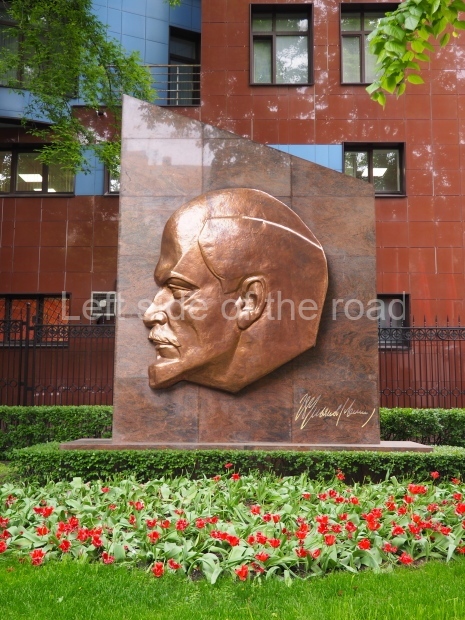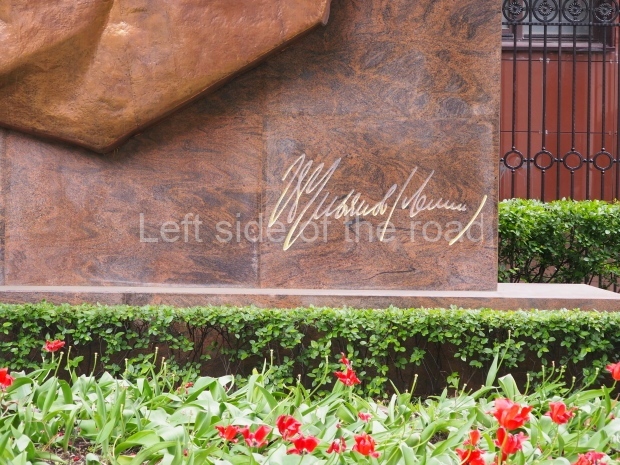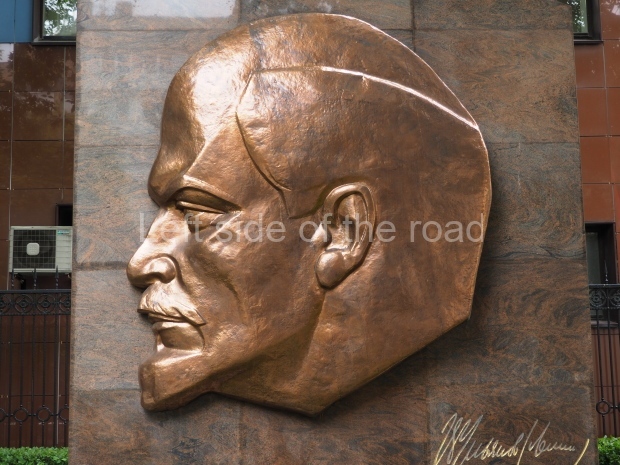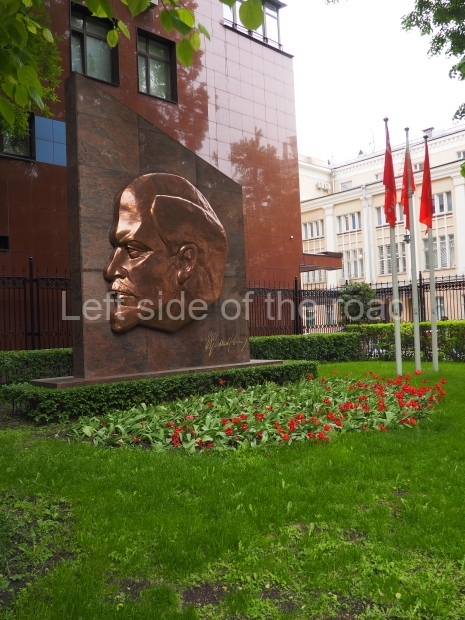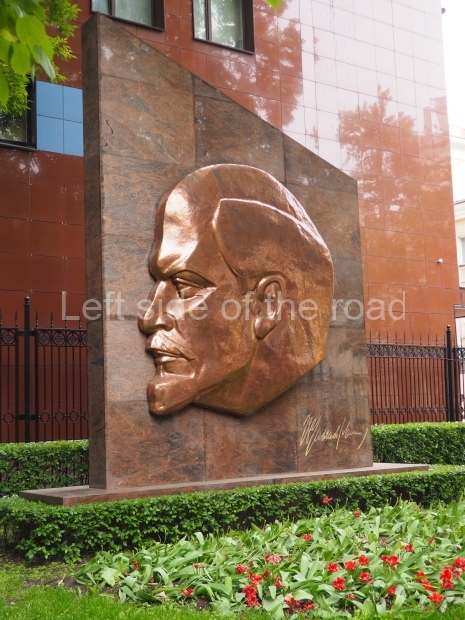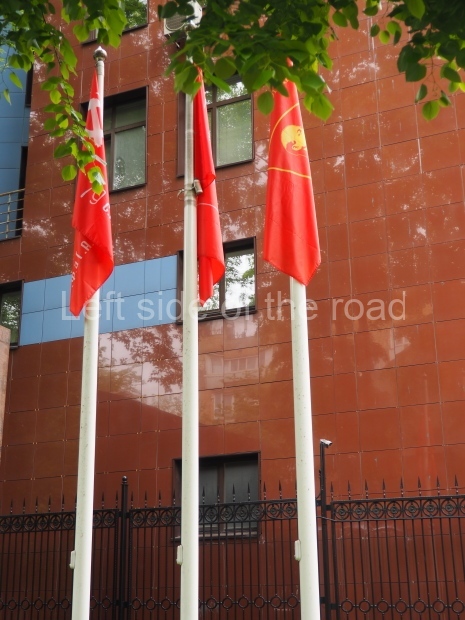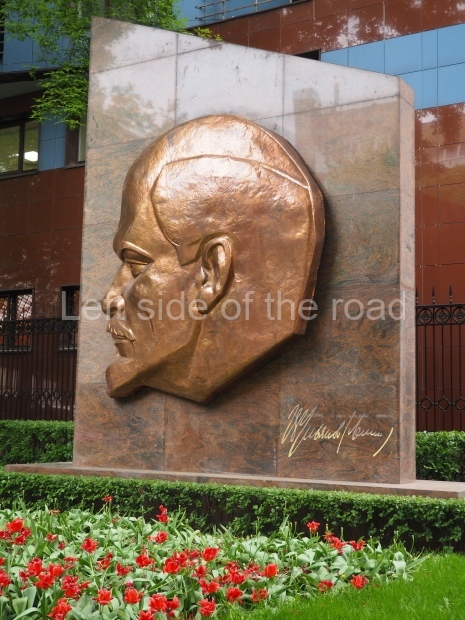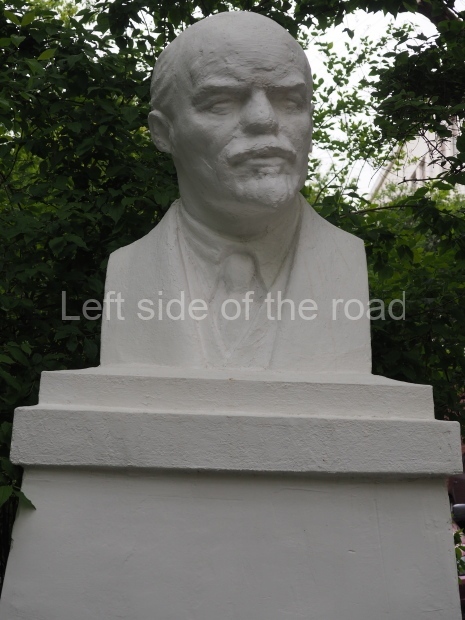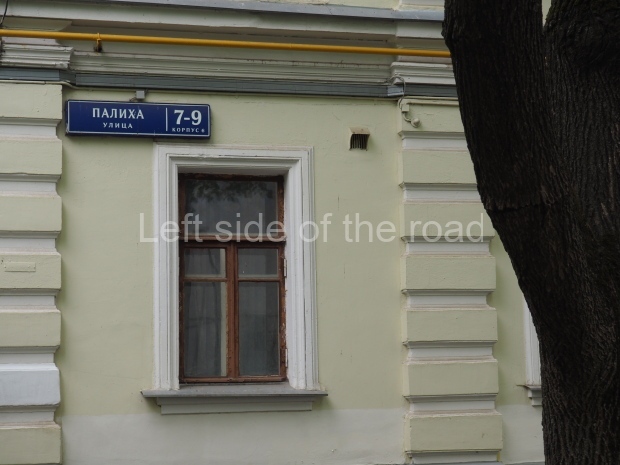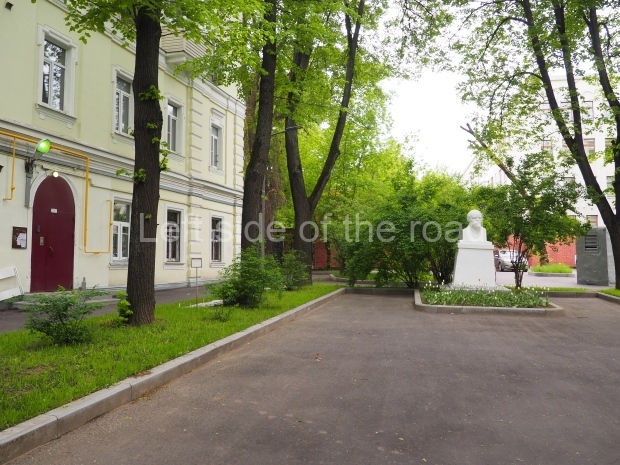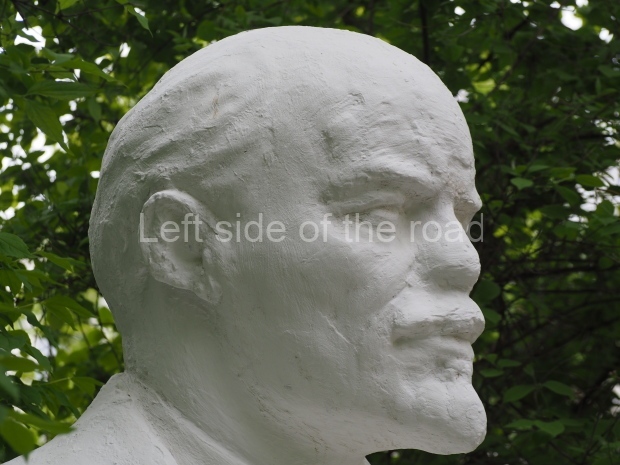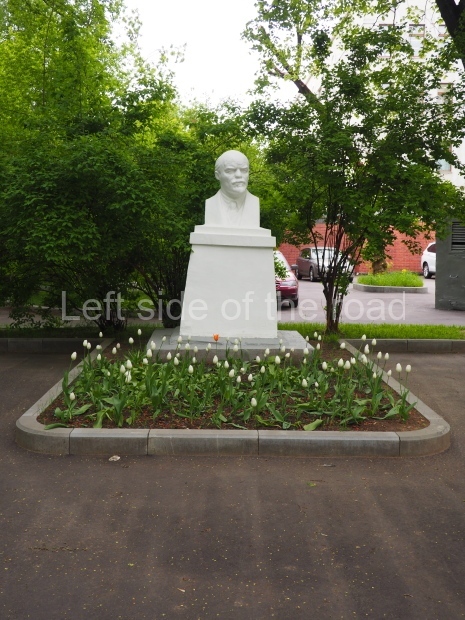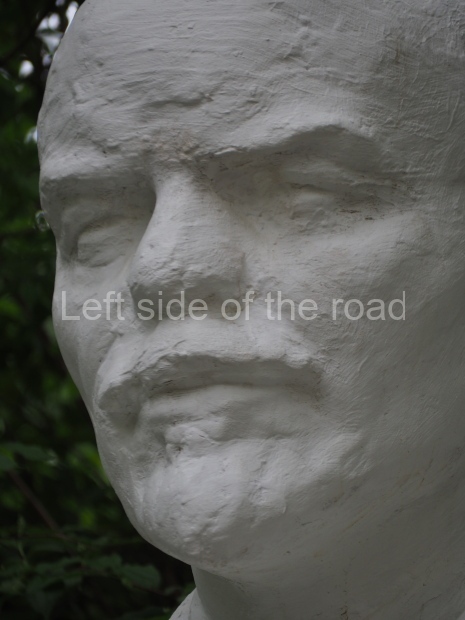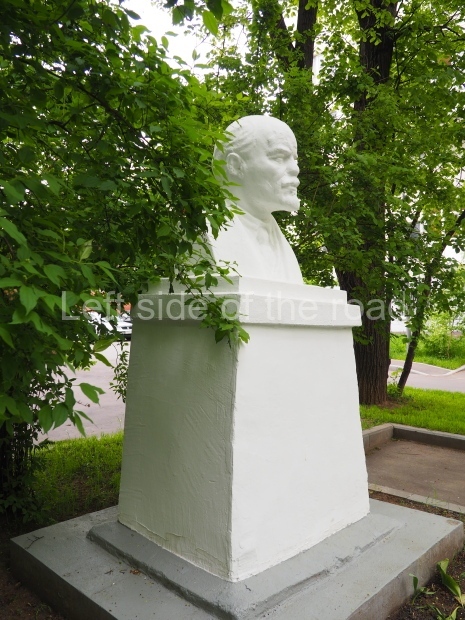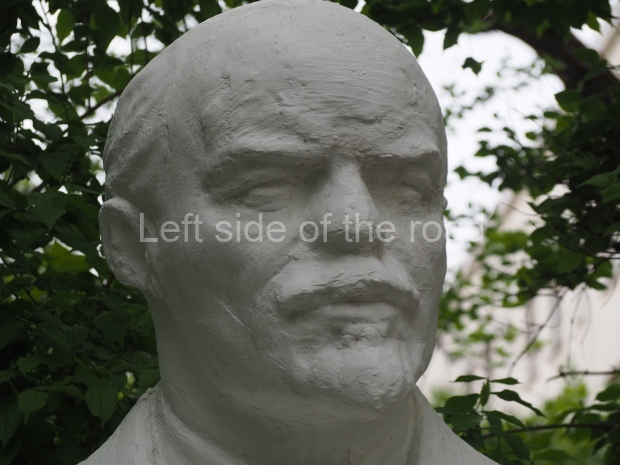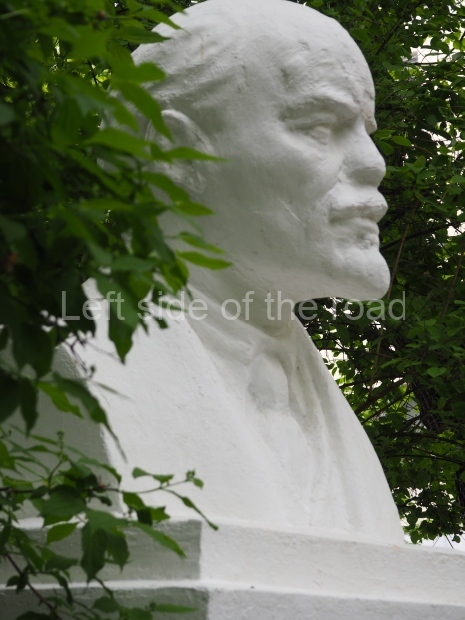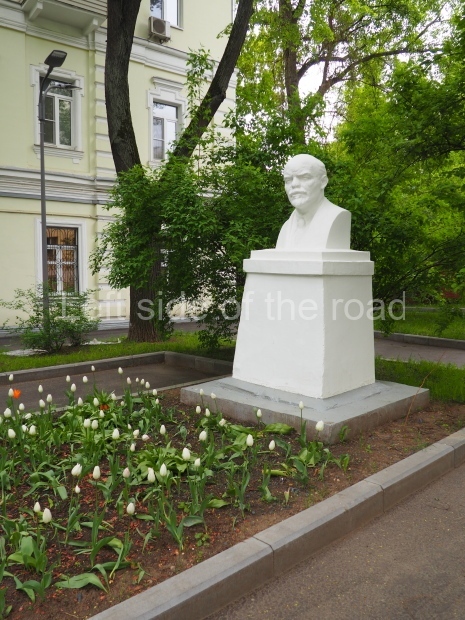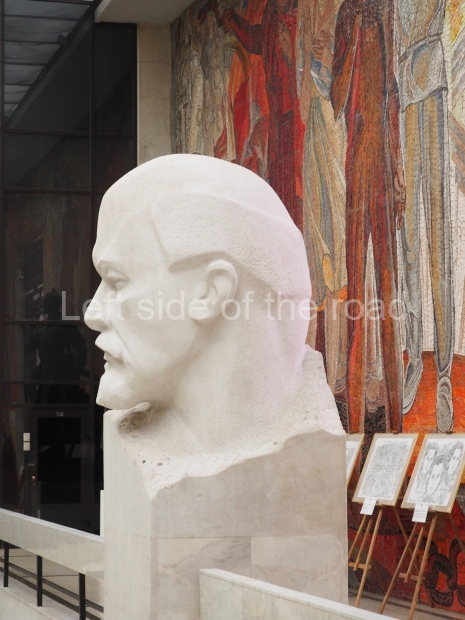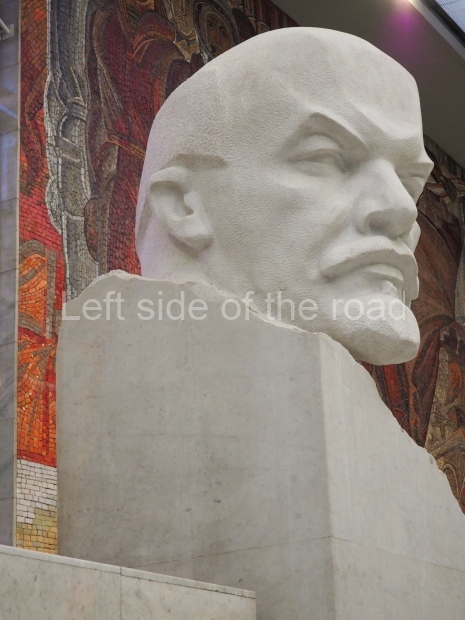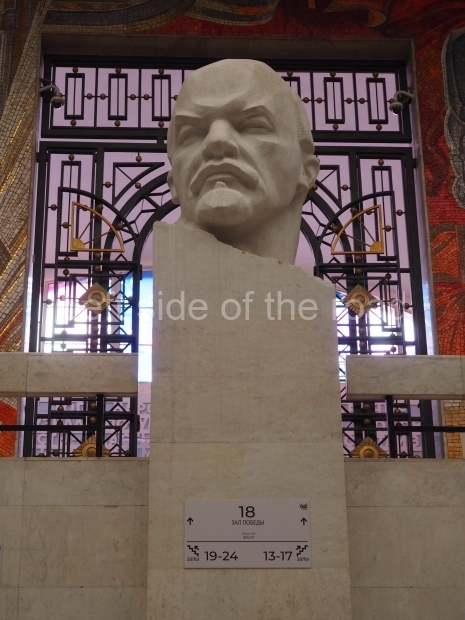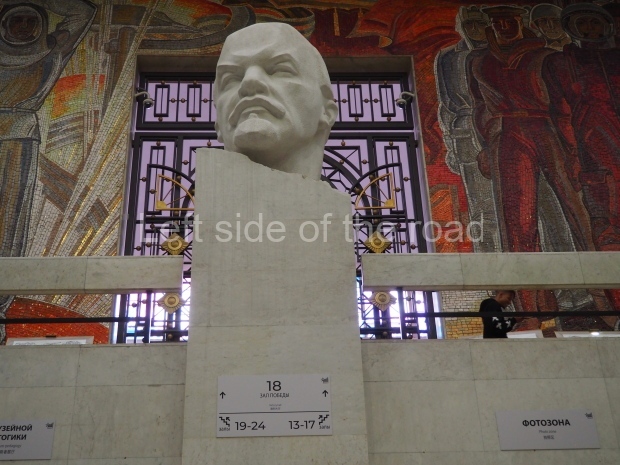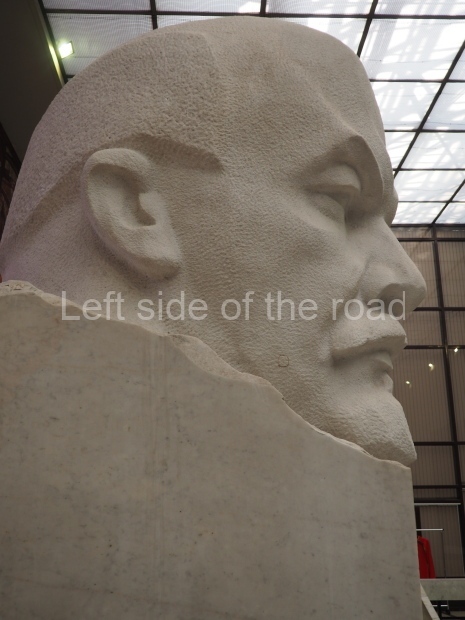
VI Lenin in party mode
More on the USSR
VI Lenin in Stalingrad
VI Lenin in Moscow
Here is a selection of the statues, busts and bas reliefs of VI Lenin to be found in Moscow. All of the below are accessible to the public (although on one or two occasions a little bit of imagination might be required to get close). There are more. Of those some are in locations which are difficult to enter, e.g. military or other government buildings or property.
To the best of out knowledge all the location details are correct. Apologies for any errors. If there are errors please let us know so they can be corrected.
You will see there is scarce information about all of those listed. If anyone can fill in the gaps or direct us to a source which will allow that to happen it would be appreciated.
It is hoped that, at some time in the future, this list will be augmented. There are supposed to be close to 100 examples in the Moscow area but many are under threat if the locations where they are found undergo demolition or development.
VI Ulyanov (Lenin) – as a student

Lenin as a student
Location; Ogarodnaya Sloboda Lane
GPS; 55.76535 N 37.64162 E
Sculptors; V.E. Tsigal, P.I. Skokan
Year; 1970
Notes; In July 2008, the monument was overturned by a strong gust of wind and broke into several pieces. In 2009 the monument was restored and installed in its original place.
VI Lenin next to war memorial

VI Lenin next to war memorial
Location; Perevedenovskaya Lane 13c6
GPS; 55.78009 N 37.64162 E
Sculptor/s; Sergey Dmitriyevich Merkurov
VI Lenin near Rimskaya and Ploschad Ilyich Metro stations

VI Lenin near Rimskaya and Ploschad Ilyich Metro stations
Location; Rogozhskaya Zastava Square
GPS; 55.74731 N 37.68190 E
Sculptor; G.A.Iokubonis
Architects; V.A.Chekanauskas, B. Belozersky
Year; 1967
VI Lenin being carried shoulder high by workers

VI Lenin being carried shoulder high by workers
Location; 1st Karacharovskaya Street 8c3
GPS; 55.73610 N 37,75598 E
VI Lenin in the garden at workers’ apartments

VI Lenin in the garden at workers’ apartments
Location; Aviamotornaya Street 28/4
GPS; 55.74570 N 37.71874 E
A bust of VI Lenin in a small pedestrian square

A bust of VI Lenin in a small pedestrian square
Location; Alexandra Lukyanova Street 7
GPS; 55.76828 N 37.66438
VI Lenin in a residential street

VI Lenin in a residential street
Location; Burakova Street 8c10
GPS; 55.76178 N 37.73039 E
VI Lenin at school

VI Lenin at school
Location; Perovskaya St 44a, School Building No 796
GPS; 55.75311 N 37.78205 E
Sculptors; I.I. Kozlovsky, A.R.Markin
Year; 1983
VI Lenin in a building site (at the time of the visit)

VI Lenin in a building site (at the time of the visit)
Location; Rabochaya Street 84c7
GPS; 55.73919 N 37.69611 E
Notes; The factory is in the process of being turned in offices/apartments. VI Lenin has survived (just) so far but whether his luck will continue to run is uncertain.
A bust of VI Lenin in the garden of a residential home for veterans

A bust of VI Lenin in the garden of a residential home for veterans
Location; Entuziastov Highway 88, Yablochkina House of Veterans
GPS; 55.76544 N 37.79635
Statue of VI Lenin at the VDNKh

VI Lenin at VDNKh
Location; In front of the main pavilion at the VDNKh park
GPS; 55.83109 N 37.62981 E
Sculptor; P.P.Yatsyno
Year; 1954
Blog post; Statue of VI Lenin at the VDNKh
Lenin and October Revolution Monument in the Kaluga Square

Lenin and October Revolution Monument
Location; In Kaluga Square (formerly October Square), at the junction of Lenin Prospekt and Krymsky Val, opposite the main entrance to Oktyabrskaya Metro station
GPS; 55.729466°N 37.613176°E
Sculptors; . E. Kerbel, V. A. Fedorov
Architects; G. V. Makarevich, B. A. Samsonov.
Year; 1985
Blog post; Lenin and October Revolution Monument in the Kaluga Square
Monument to VI Lenin on Tverskaya Square

VI Lenin – Tverskaya Square
Location; Tverskaya square
GPS; 55.76233°N 37.61146°E
Sculptor; Sergey Dmitriyevich Merkurov
Architect; I.A. Frantsuz
Year; 1938
Blog post; Monument to VI Lenin on Tverskaya Square
VI Lenin statue – Dekabrskaya Vosstanya Park

VI Lenin statue – Dekabrskaya Vosstanya Park
Location; At the far end of Dekabrskaya Vosstanya Park from the Ulitsa 1905 Goda Metro station.
GPS; 55.759523º N 37.558902º E
Sculptors; B.I. Dyuzhev, Yu.I. Goltsev
Year; 1963
Blog post; VI Lenin statue – Dekabrskaya Vosstanya Park
VI Lenin statue and assassination attempt memorial stone

Lenin – Ulitsa Pavlovskaya – 01
Location; In a small park at the junction of Ulitsa Pavlovskaya and Ulitsa Pavla Andreyeva.
GPS; 55.72087º N 37.62862º E
Sculptors; V.B.Topuridze, K.T.Topuridze
Year; 1967
Blog post; VI Lenin statue and assassination attempt memorial stone
Marble bust of VI Lenin

Bust of VI Lenin in Muzeon Park
Location; Muzeon Park
GPS; 55.73416 N 37.60677 E
Sculptor; A.A. Bichukov
Year; 1951
Blog post; Park of the Fallen/Muzeon Art Park
Standing, sandstone VI Lenin

Standing VI Lenin at Museon Park
Location; Muzeon Park
GPS; 55.73417 N 37.60683 E
Sculptor; V.D. Chazov
Blog post; Park of the Fallen/Muzeon Art Park
Young VI Ulyanov (Lenin)

Young VI Lenin at Muzeon Park
Location; Muzeon Park
GPS; 55.73417 N 37.60677 E
Sculptor; A.I.Toropygin
Blog Post; Park of the Fallen/Muzeon Art Park
VI Lenin standing, resting hand on pillar

VI Lenin – hand on pillar – Muzeon Park
Location; Muzeon Park
GPS; 55.73422 N 37.60671 E
Sculptor; I.A. Mendelevich
Blog Post; Park of the Fallen/Muzeon Art Park
Black, granite bust of VI Lenin

Black, granite bust of VI Lenin – Muzeon Park
Location; Muzeon Park
GPS; 55.73420 N 37.60681 E
Sculptor; Sergey Dmitriyevich Merkurov
Notes; Until the early 1990s, the bust stood near the building of the Belorussky railway station.
Blog post; Park of the Fallen/Muzeon Art Park
Small, marble bust of VI Lenin

OLYMPUS DIGITAL CAMERA
Location; Muzeon Park
GPS; 55.73422 N 37.60680 E
Sculptor; Z.M. Vilensky
Year; 1982
Blog post; Park of the Fallen/Muzeon Art Park
VI Lenin amongst the fir trees

VI Lenin amongst the fir trees
Location; Avtozavodskaya Street, 23
GPS; 55.70402 N 37.63534 E
Sculptors; Yu.P.Pommer, A.A.Stempkovsky
Year; 1956
Bust of VI Lenin in residential park

Bust of VI Lenin in residential park
Location; Gruzinsky Val Street, 26
GPS; 55.77416 N 37.58310 E
VI Lenin, standing with hand in his pocket

VI Lenin, standing with hand in his pocket
Location; Klimashkina Street, 22
GPS; 55.76838 N 37.56725 E
Notes; On June 7, 2016, the monument was thrown down from its pedestal and broken. Probable causes are vandalism or the action of squally winds. In November 2017, it was restored in its original form.
Large bas relief of VI Lenin

VI Lenin at the CPRF Headquarters
Location: Maly Sukharevskaya Lane 7, Headquarters of the Communist Party of the Russian Federation
GPS; 55.77052 N 37.62409 E
Bust of VI Lenin in small residential square

Bust of VI Lenin in small residential square
Location; Palikha Street 7-9k6
GPS; 55.78513 N 37.59835 E
VI Lenin at the Central Armed Forces Museum

VI Lenin at the Central Armed Forces Museum
Location; Sovetskaya Armii str., 2, facing you, up the first flight of stairs, on entering the Central Armed Forces Museum
GPS; 55.78496 N 37.61721 E
Plaques and bas reliefs
There will be many more throughout the city but here are just a few in central Moscow
Moscow City Hall

Moscow City Hall – 03

Moscow City Hall – 02

Moscow City Hall – 01
Location; Moscow City Hall, Ulitsa Tverskaya 13
GPS; 55.76171 N 37.60905 E
Kievskaya Railway Station

Kievskaya Railway Station – 01

Kievskaya Railway Station – 02
Location; By the main entrance of Kievskaya mainline railway station.
GPS; 55.74366 N 37.56786 E
Museum of Architecture

Museum of Architecture – 01

Museum of Architecture – 02
Location; On the wall at the end of the building on the Museum of Architecture on Vozdvizhenka Street, 5/25
GPS; 55.75263 N 37.60724 E
Hotel Metropol

Hotel Metropol – 01

Hotel Metropol – 02
Location; On the wall to the left of upper entrance of the Hotel Metropol on Teatralnaya Proyezti 2.
GPS; 55.75914 N 37.62194 E
Tverskaya Square

Tverskaya Square – 01

Tverskaya Square – 02
Location; On the top corner of the square, close to the main road
GPS; 55.76147 N 37.60997 E

Tverskaya Square – 03
VI Lenin in the Moscow Metro
Images of VI Lenin can still be found in the Moscow Metro system, either busts or mosaics. These include in;
Baumanskaya – Line 3, mosaic at platform level
Belorusskaya, bust in the vestibule
Biblioteka Imeni Lenina, large mosaic at the top of the stairs to the platform
Dobryninskaya – Line 5, large mosaic at the top of the escalators
Kievskaya – Line 3, in various mosaics on the platform level
Kievskaya – Line 5, in various mosaics on the platform level
Komsomolskaya – Line 5, a bust at the end of the platform and in various mosaics
Novokuznetskaya – Line 2, mosaic at the end of the platform
Ploshchad Ilyicha – Line 8, bust/high relief at platform end
More on the USSR
VI Lenin in Stalingrad


